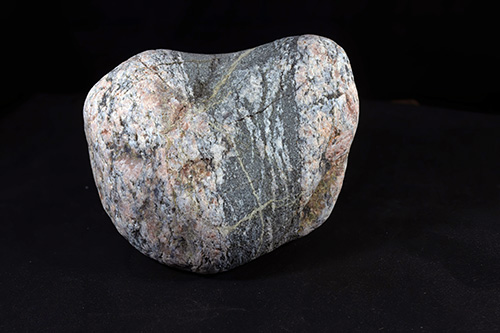| |
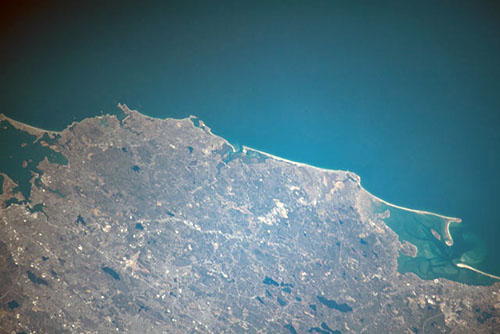 |
|
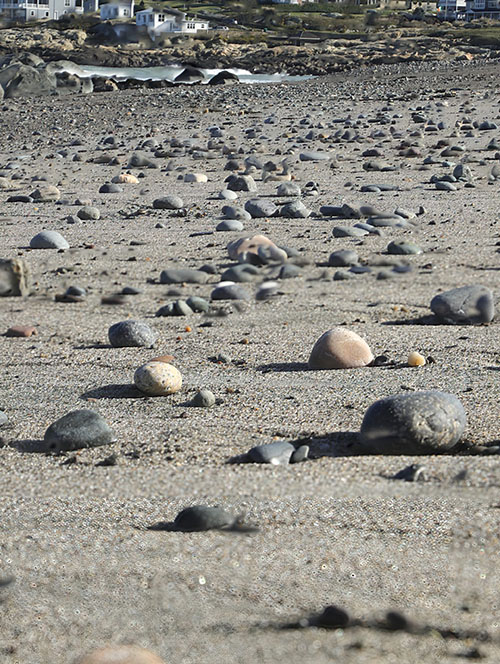
|
International Space Station 500mm Photograph Image credit: Image Science and Analysis Laboratory, NASA Johnson Space Center |
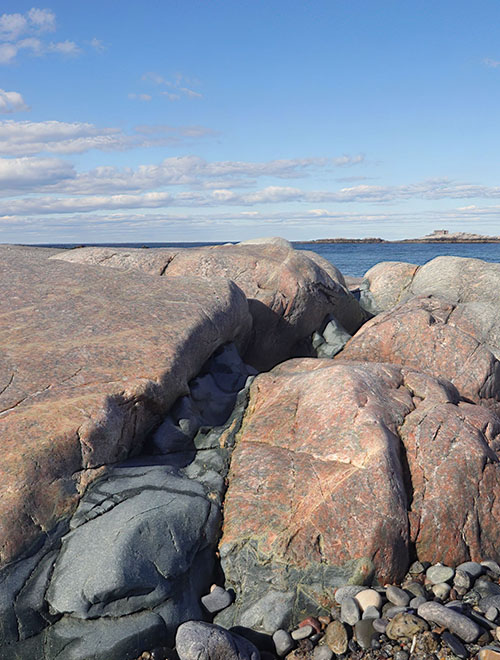
|
| |
CLICK ON THE LINKS BELOW TO GO TO THE ROCK TYPE |
|
| |
|
|
|
|
|
| |
|
|
| |
|
|
| |
|
|
| |
SEDIMENTARY ROCKS |
|
| |
|
|
| |
Sedimentary rocks have so many fascinating stories to tell. Their layers are a history of the change in deposits over time. Their twists, bends, distortions tell of the cataclisms that happened in the area. Their fossils tell of how life changed in the area. |
|
| |
|
|
| |
|
|
|
To me, the most outstanding physical characteristic of sedimentary rocks is the layers you can see in an ouitcrop or a sample. In the outcrop you can determine the relative age of each layer by determing top and bottom, and then knowing that bottom is the oldest, and top, the youngest. You can't tell the absolute age of the sample, but you can see the relative age . |
|
| |
|
|
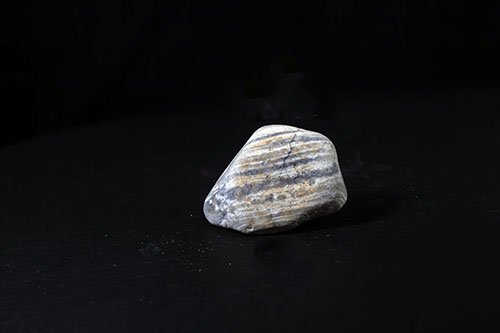 |
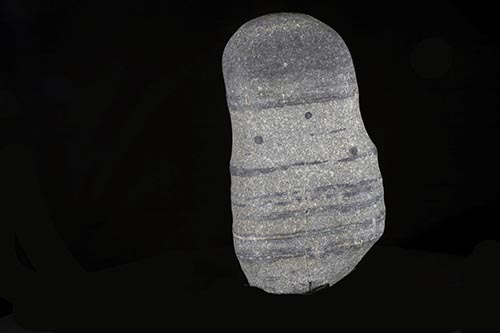 |
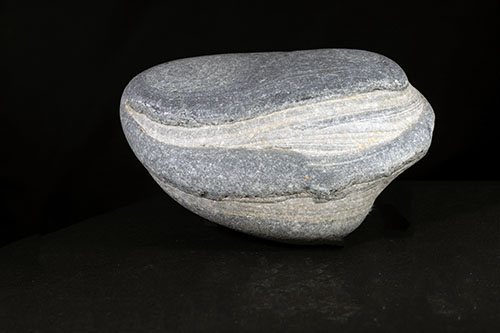 |
| Click on Image for High Resolution Version |
Click on Image for High Resolution Version |
Click on Image for High Resolution Version |
| |
Be still my heart! Why are the three dots there? |
|
| |
|
|
| |
|
|
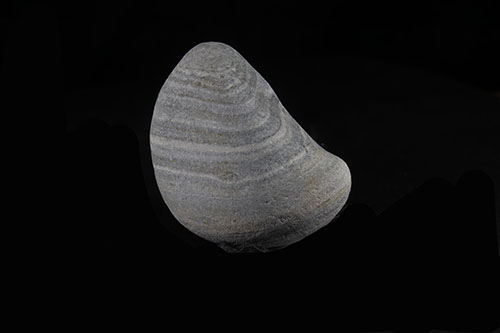 |
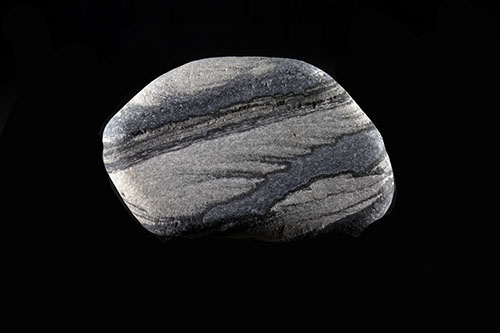 |
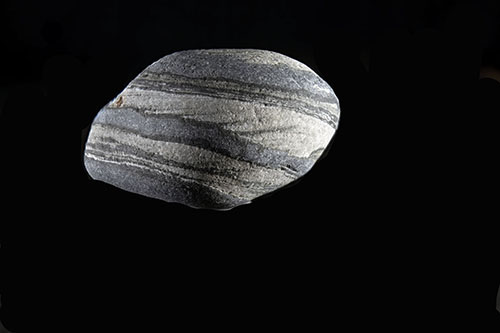 |
| Click on Image for High Resolution Version |
Click on Image for High Resolution Version |
Click on Image for High Resolution Version |
| |
This sample (above and above right) is truly amazing! What an incredible story it has to tell! |
|
| |
|
|
| |
|
|
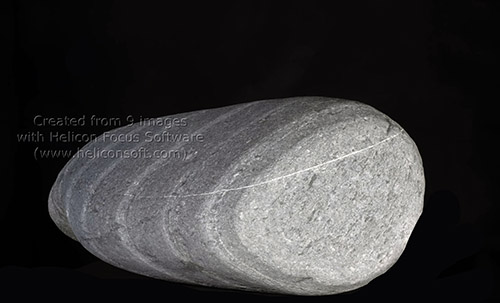 |
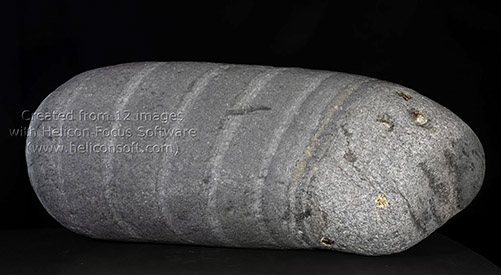 |
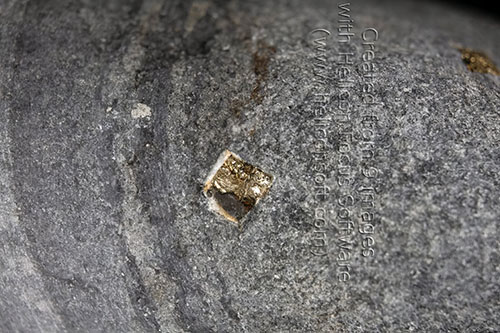 |
| Click on Image for High Resolution Version |
Click on Image for High Resolution Version |
Click on Image for High Resolution Version |
A truly incredible sample, it is huge (20 cm long), and very heavy! At first I was only going to take a photograph of the sample. Then, when I uncovered the base, I discovered that it was basalt and contained pyrite crystals (see image to the top right). Needless to say, it had to come home. |
|
|
| |
|
|
| |
|
|
| |
|
|
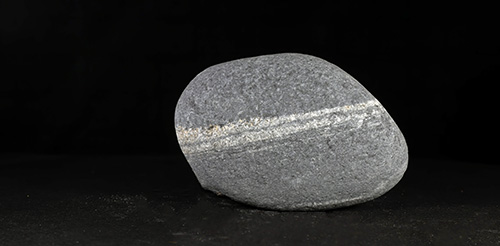 |
 |
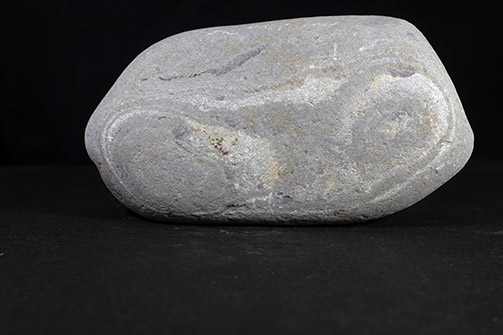 |
| Click on Image for High Resolution Version |
Click on Image for High Resolution Version |
Click on Image for High Resolution Version |
| |
|
|
| |
|
|
| |
|
|
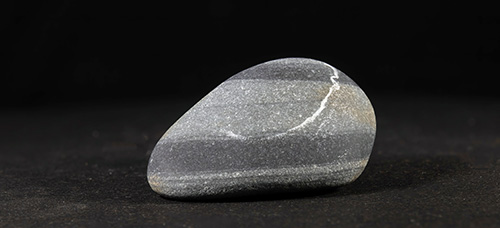 |
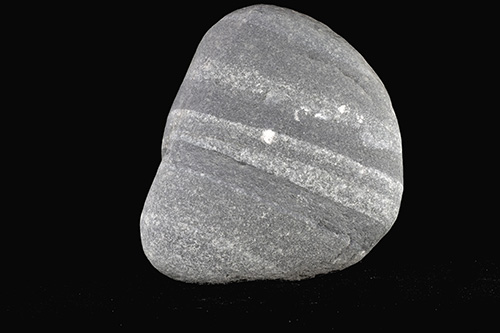 |
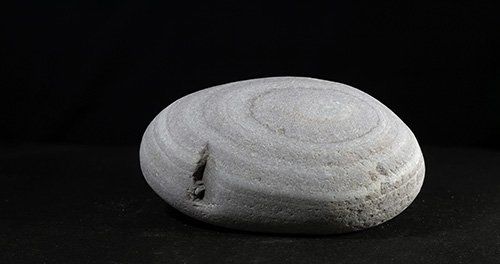 |
| Click on Image for High Resolution Version |
Click on Image for High Resolution Version |
Click on Image for High Resolution Version |
| |
|
|
| |
|
|
| |
|
|
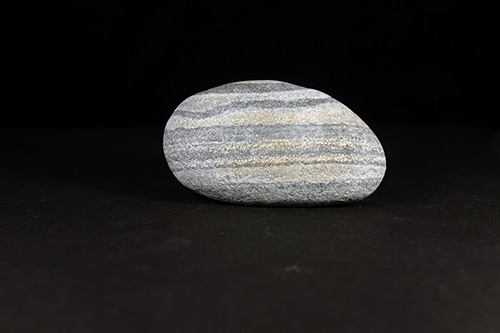 |
 |
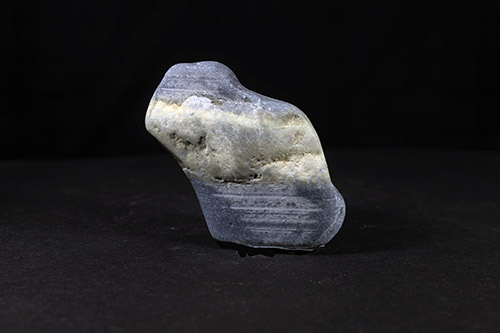 |
| Click on Image for High Resolution Version |
Click on Image for High Resolution Version |
Click on Image for High Resolution Version |
| |
|
|
| |
|
|
| |
|
|
 |
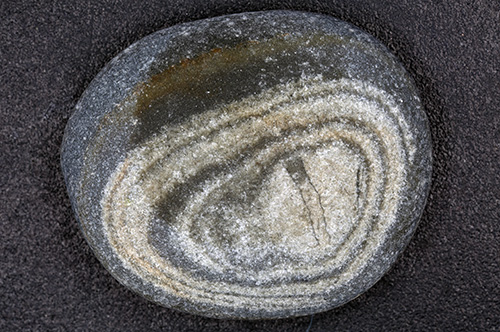 |
 |
| Click on Image for High Resolution Version |
Click on Image for High Resolution Version |
Click on Image for High Resolution Version |
| |
This is truly an amazing sample. The photograph does not do it justice! The entire sample is the size, and almost the depth, of a penny! |
|
| |
|
|
| |
|
|
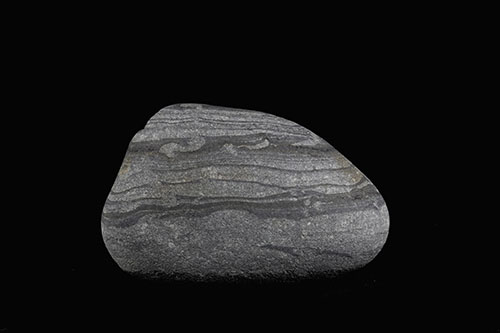 |
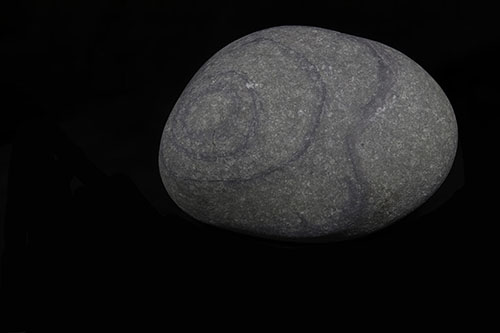 |
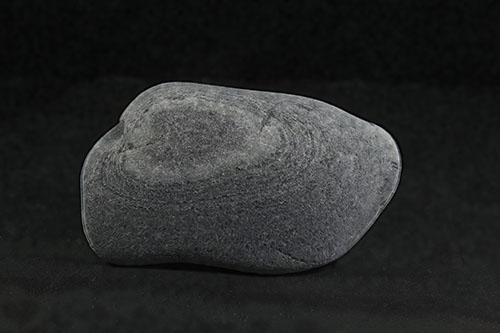 |
| Click on Image for High Resolution Version |
Click on Image for High Resolution Version |
Click on Image for High Resolution Version |
| |
|
|
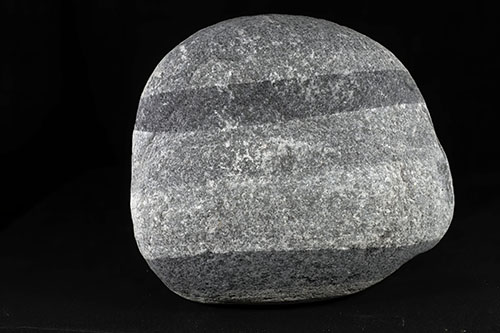 |
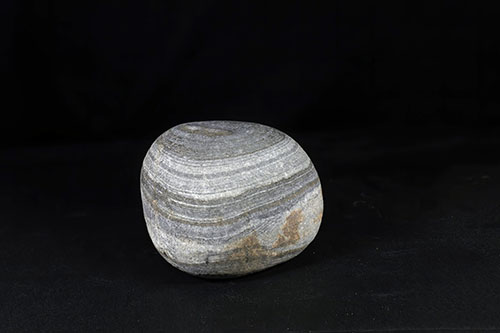 |
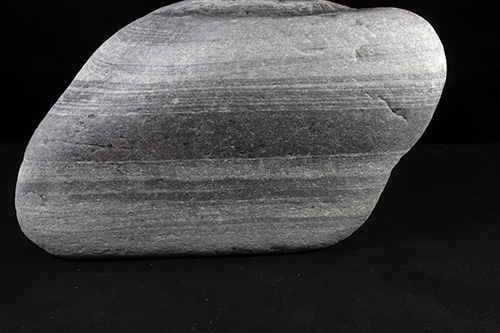 |
| Click on Image for High Resolution Version |
Click on Image for High Resolution Version |
Click on Image for High Resolution Version |
| |
|
|
| |
|
|
| |
|
|
| |
|
|
 |
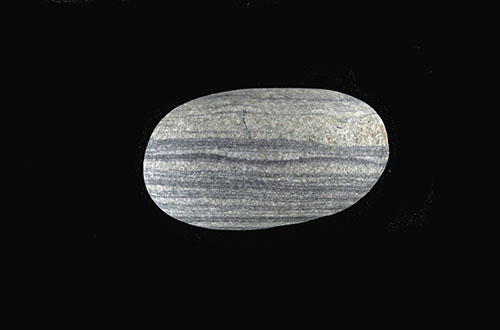 |
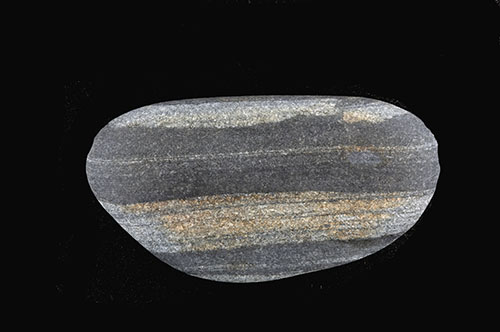 |
| Click on Image for High Resolution Version |
Click on Image for High Resolution Version |
Click on Image for High Resolution Version |
| |
|
|
The three (well two) samples shown above and to the right, are truly unique. The sample above and to the immediate right are the same rock showing the sample above (above) and from the side (above right). Why is this sample so unique? The entire sample could fit on a penny! It is very small, but very detailed. Enjoy The sample on the far right is a tad larger. |
|
|
| |
|
|
| |
|
|
| |
|
|
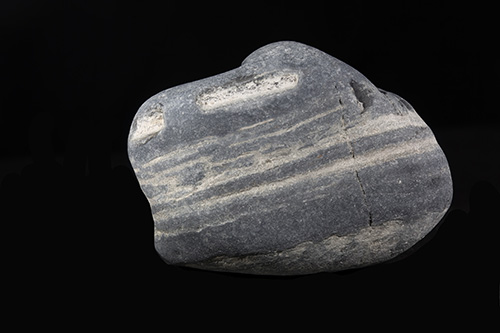 |
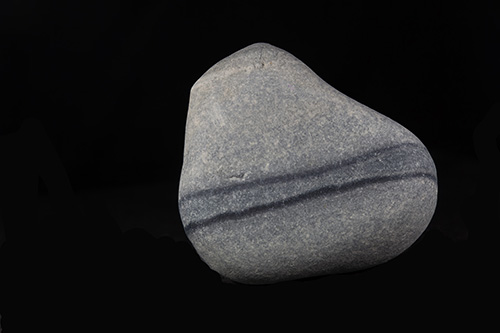 |
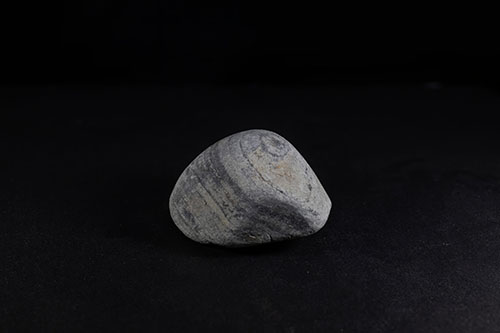 |
| Click on Image for High Resolution Version |
Click on Image for High Resolution Version |
Click on Image for High Resolution Version |
| |
|
|
| |
|
|
| |
|
|
| |
|
|
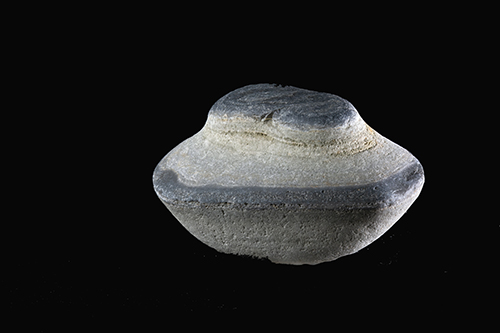 |
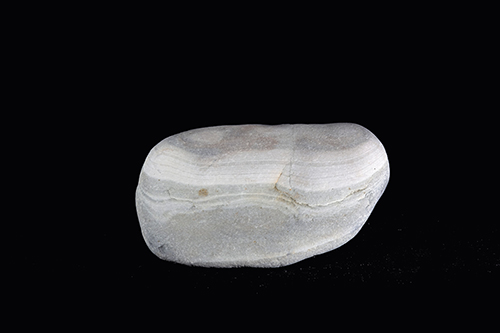 |
 |
| Click on Image for High Resolution Version |
Click on Image for High Resolution Version |
Click on Image for High Resolution Version |
| |
|
|
| |
|
|
| |
|
|
| |
|
|
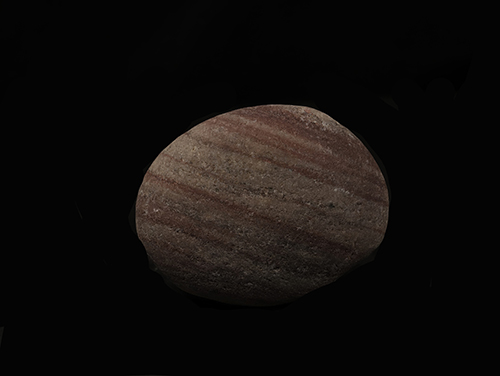 |
 |
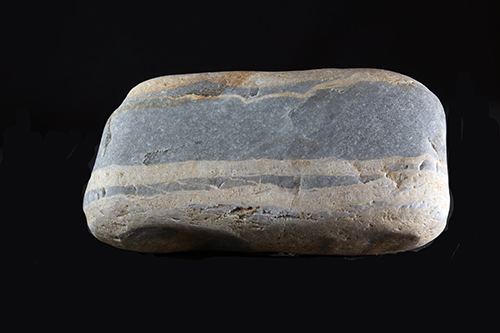 |
| Click on Image for High Resolution Version |
Click on Image for High Resolution Version |
Click on Image for High Resolution Version |
| |
I am really torn with this one. Is it sedimentary, or metamorphic? The layers are perfectly aligned for a shale, but there also is a meteamorphic luster. |
|
| |
|
|
| |
|
|
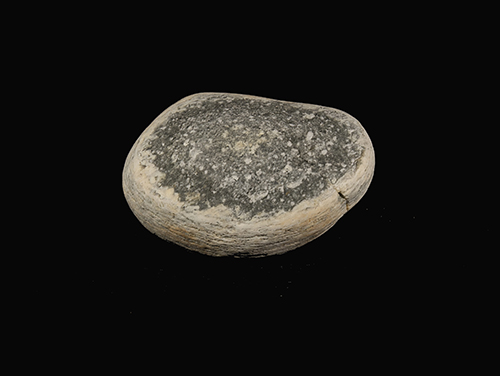 |
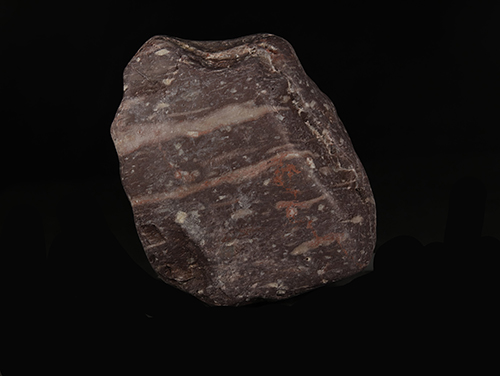 |
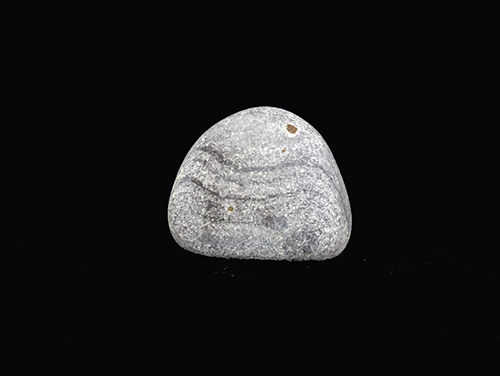 |
| Click on Image for High Resolution Version |
Click on Image for High Resolution Version |
Click on Image for High Resolution Version |
| |
|
|
| |
|
|
| |
|
|
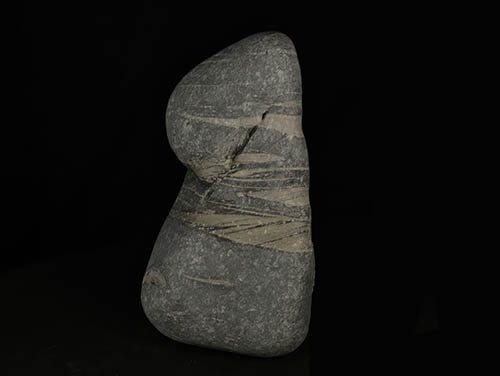 |
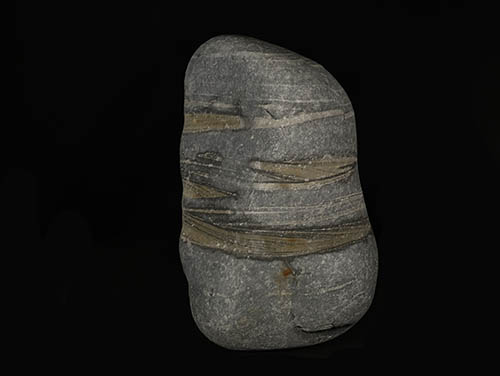 |
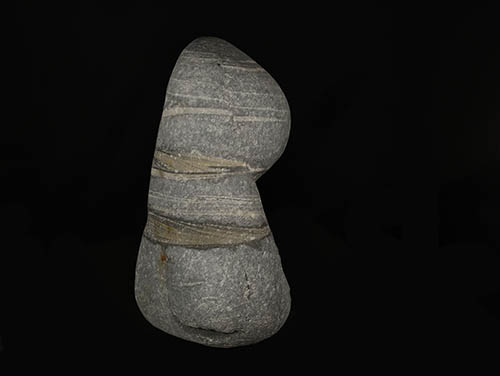 |
| Click on Image for High Resolution Version |
Click on Image for High Resolution Version |
Click on Image for High Resolution Version |
| |
This sample (above left, right, and above) is so complicated. What is happening with the bedding? Are there faults? It is a truly amazing sample! |
|
| |
|
|
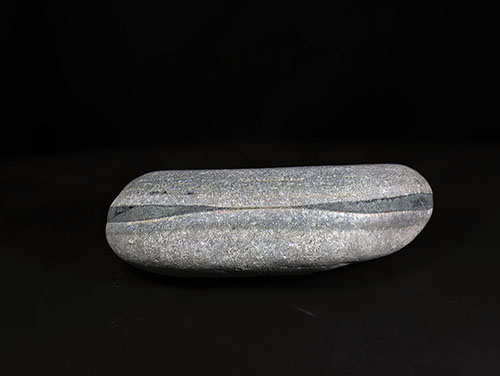 |
 |
 |
| Click on Image for High Resolution Version |
Click on Image for High Resolution Version |
Click on Image for High Resolution Version |
All sedimentary rocks have a complicated story. What happened here? |
|
|
| |
|
|
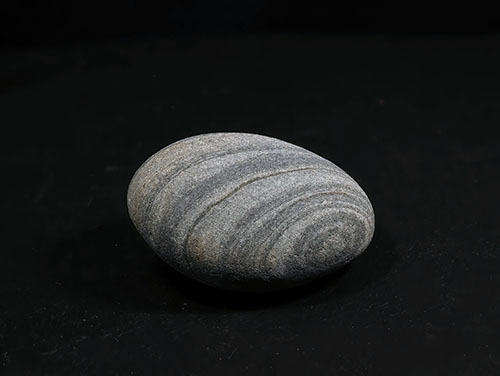 |
 |
 |
| Click on Image for High Resolution Version |
Click on Image for High Resolution Version |
Click on Image for High Resolution Version |
| |
|
|
| |
|
|
| |
|
|
| |
|
|
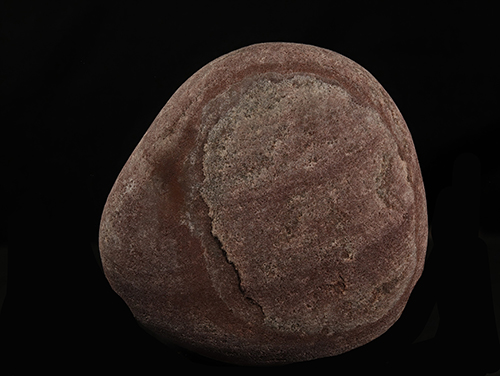 |
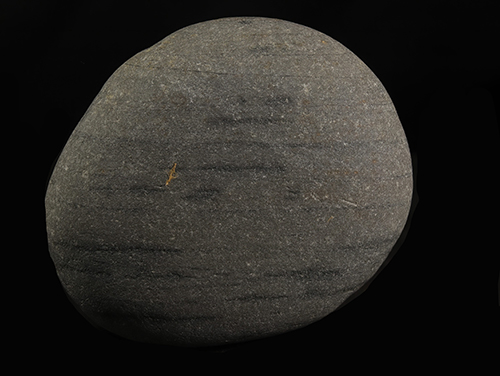
|
 |
| Click on Image for High Resolution Version |
Click on Image for High Resolution Version |
Click on Image for High Resolution Version |
| |
|
|
| |
|
|
| |
|
|
| |
|
|
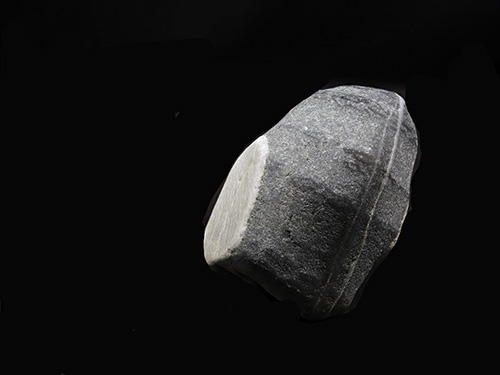 |
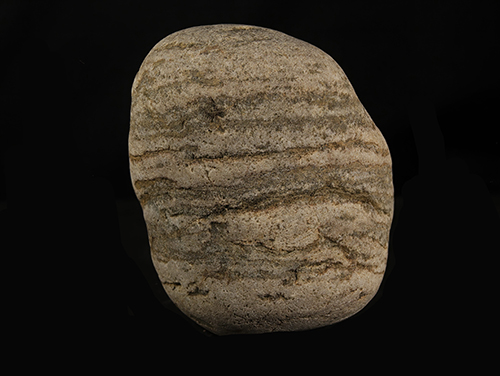 |
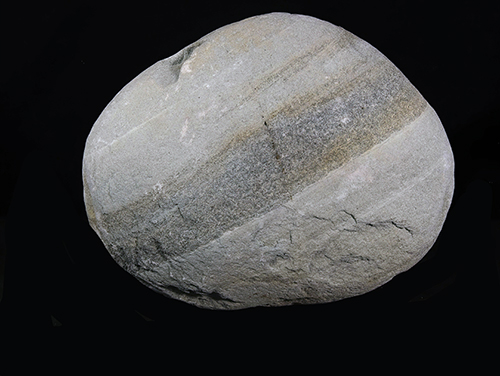 |
| Click on Image for High Resolution Version |
Click on Image for High Resolution Version |
Click on Image for High Resolution Version |
Very complicated sample. The layers tell me this is sedimentary, but then there are several quartz veins including one to the left. |
|
|
| |
|
|
| |
|
|
| |
|
|
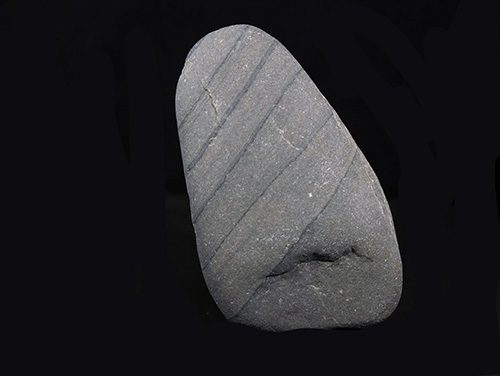 |
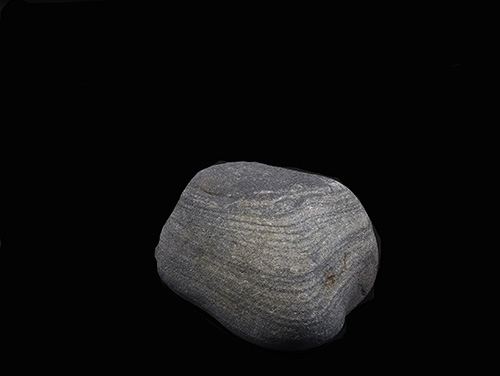 |
 |
| Click on Image for High Resolution Version |
Click on Image for High Resolution Version |
Click on Image for High Resolution Version |
| |
|
|
| |
|
|
| |
|
|
 |
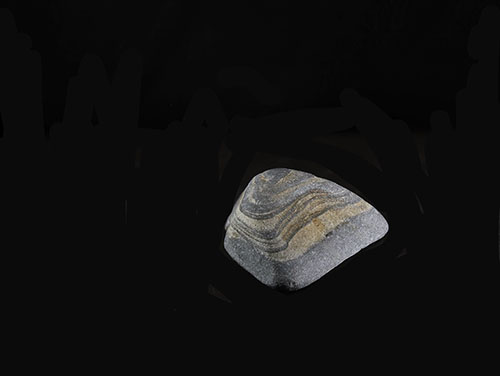 |
 |
| Click on Image for High Resolution Version |
Click on Image for High Resolution Version |
Click on Image for High Resolution Version |
| |
|
|
| |
|
|
| |
|
|
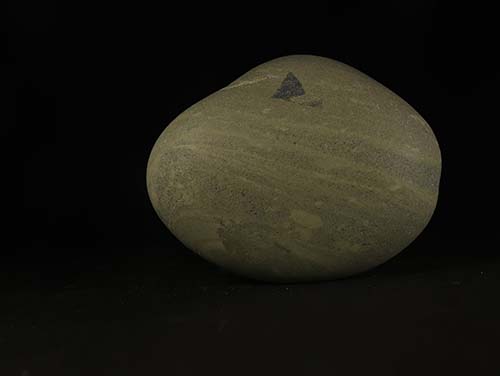 |
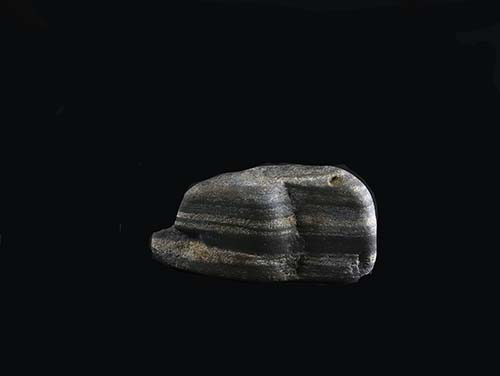 |
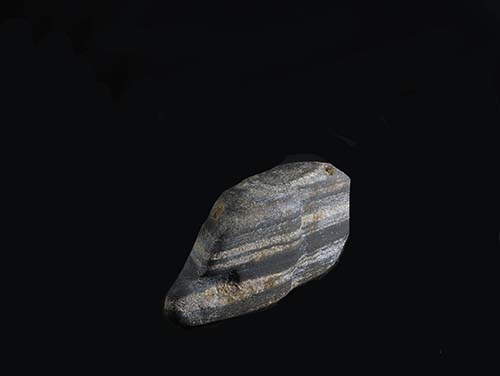 |
| Click on Image for High Resolution Version |
Click on Image for High Resolution Version |
Click on Image for High Resolution Version |
Is this sample really sedimentary? Are the features really layers? I don't know. That's what makes geology so much fun! The outstanding feature is the triangle! What is it? I don't know. |
I took two photographs of this sample (above and right). I couldn't decide which image to use. They each show great aspects of layers. Enjoy! |
|
| |
|
|
| |
|
|
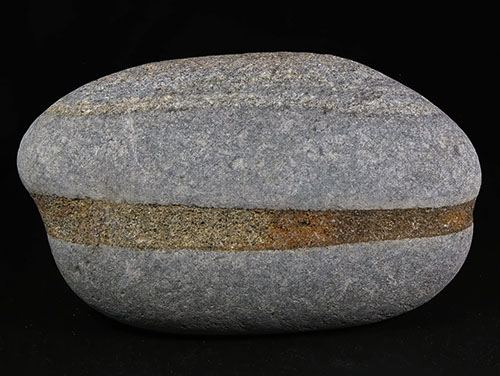 |
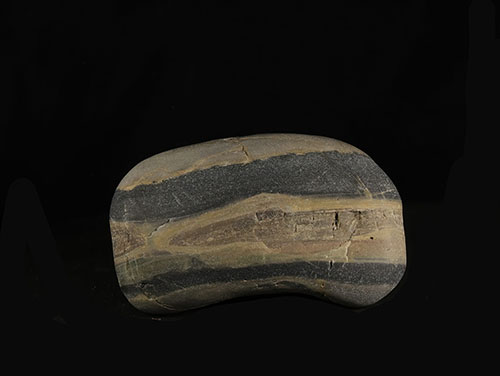 |
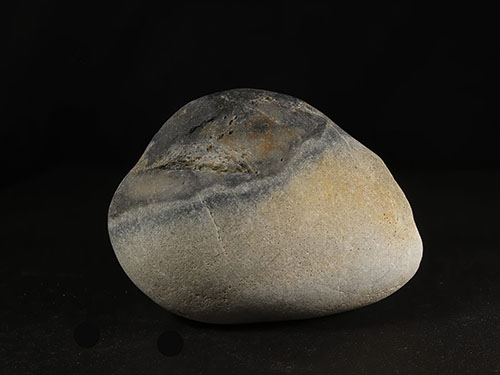 |
| Click on Image for High Resolution Version |
Click on Image for High Resolution Version |
Click on Image for High Resolution Version |
| |
|
|
| |
|
|
| |
|
|
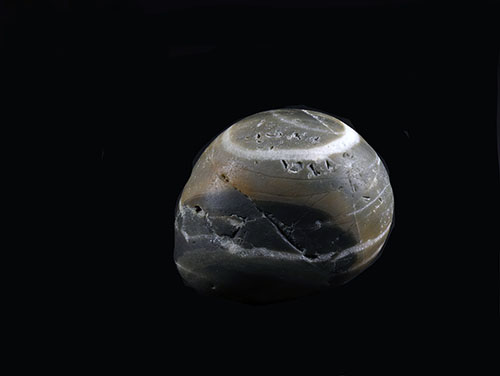 |
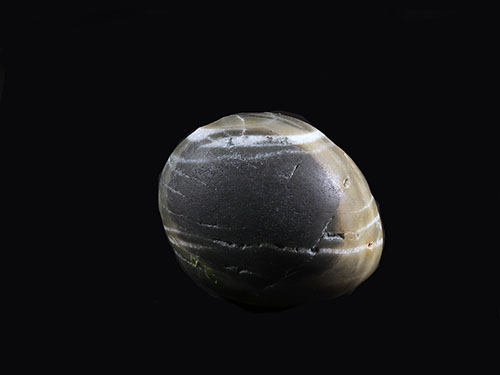 |
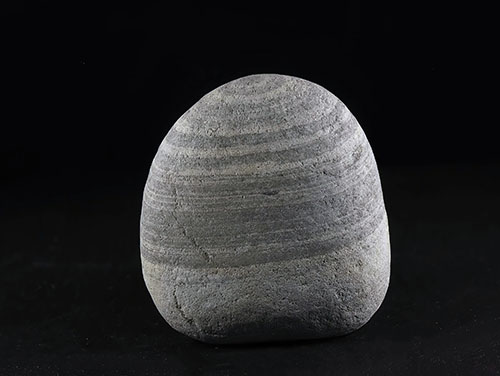 |
| Click on Image for High Resolution Version |
Click on Image for High Resolution Version |
Click on Image for High Resolution Version |
Incredible sample (above and left)!This pebble, 2 cm across, has been polished smooth by wave action. There are so mny things going on here! |
|
|
| |
|
|
| |
|
|
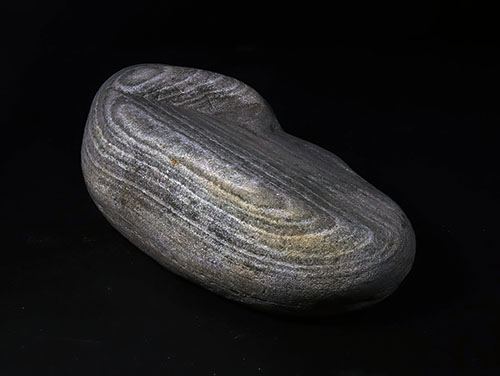 |
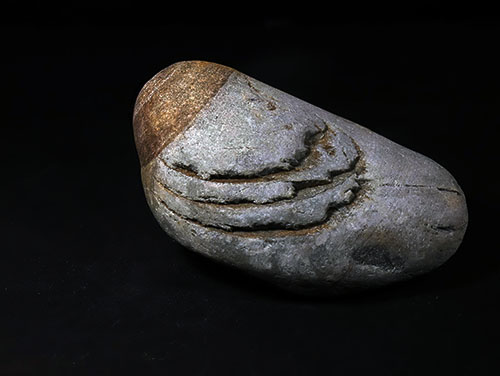 |
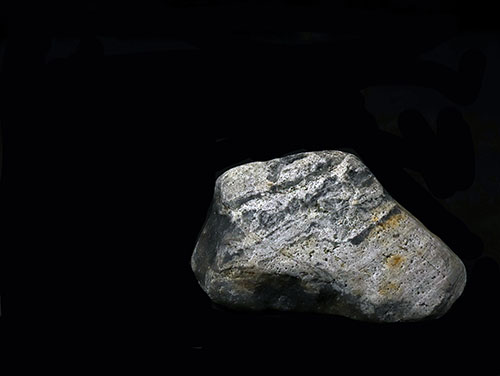 |
| Click on Image for High Resolution Version |
Click on Image for High Resolution Version |
Click on Image for High Resolution Version |
| |
|
|
| |
|
|
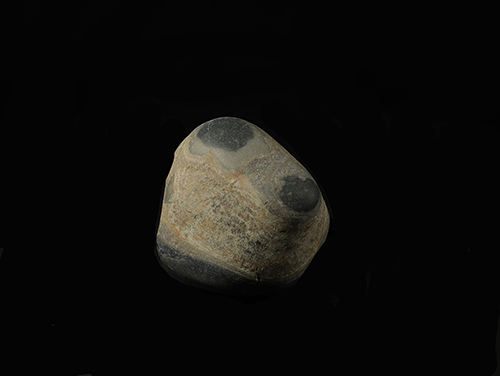 |
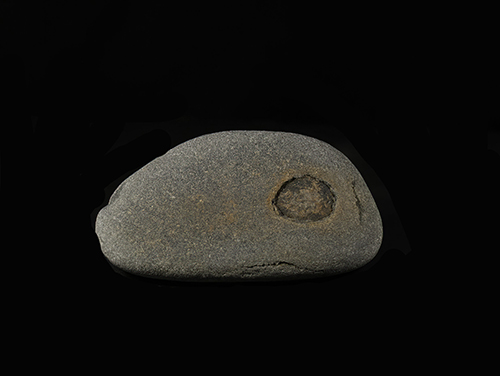 |
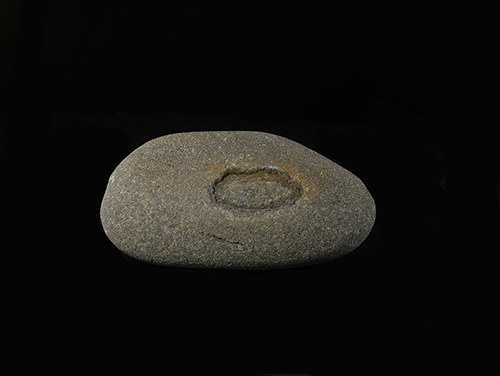 |
| Click on Image for High Resolution Version |
Click on Image for High Resolution Version |
Click on Image for High Resolution Version |
| |
First of all, this sample (above and right) could be igneous, but I can't make a decision. Second, why did almost the same weathering feature (hole) form on both sides? |
|
| |
|
|
| |
|
|
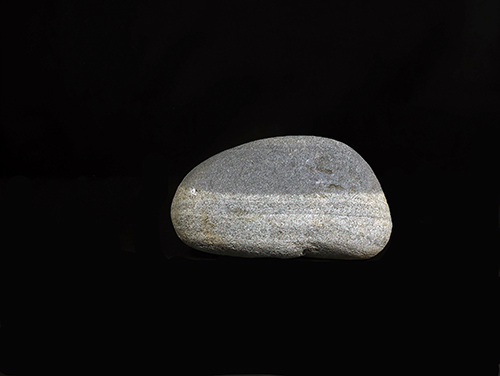 |
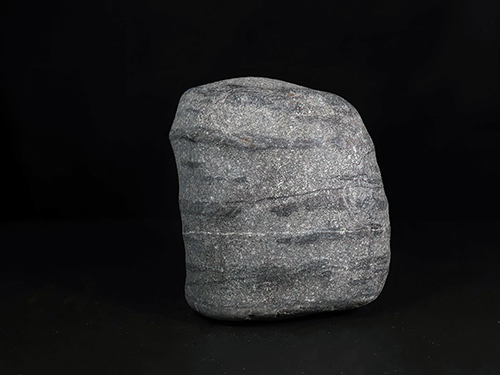 |
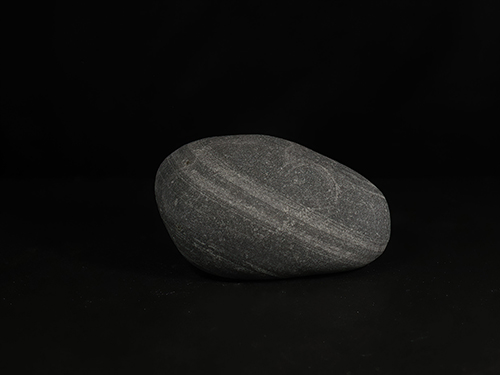 |
| Click on Image for High Resolution Version |
Click on Image for High Resolution Version |
Click on Image for High Resolution Version |
| |
|
|
| |
|
|
| |
|
|
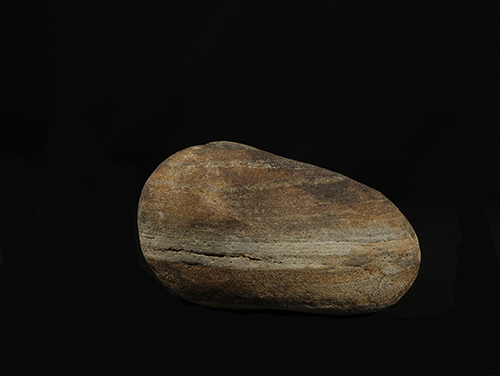 |
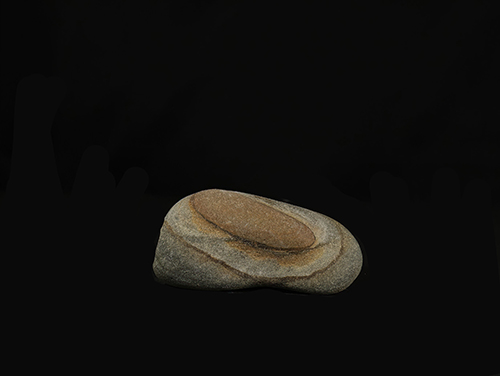 |
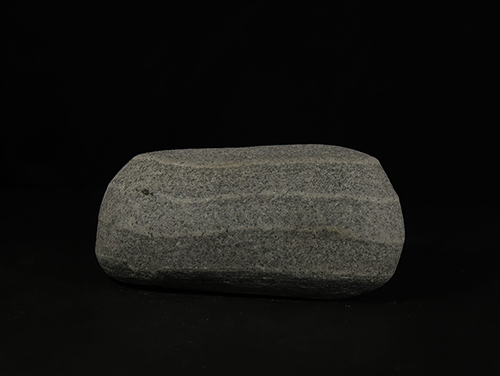 |
| Click on Image for High Resolution Version |
Click on Image for High Resolution Version |
Click on Image for High Resolution Version |
| |
|
|
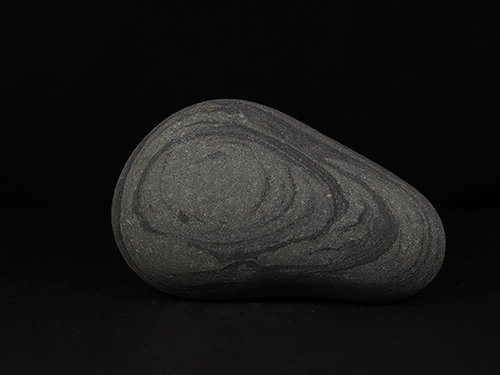 |
 |
 |
| Click on Image for High Resolution Version |
Click on Image for High Resolution Version |
Click on Image for High Resolution Version |
Do you see it/him? |
Really look at this sample. There are two features that I can't explain! |
|
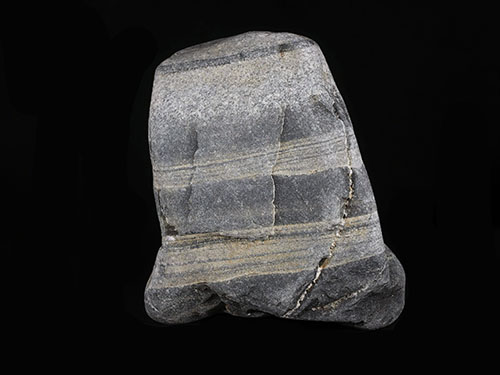 |
 |
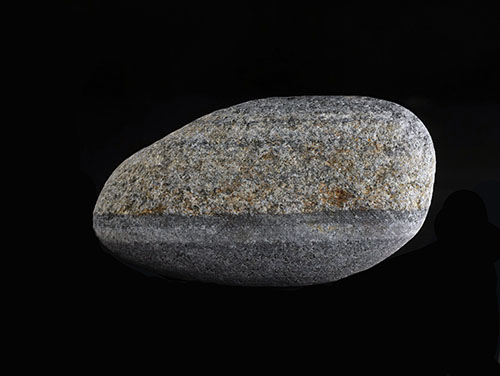 |
| Click on Image for High Resolution Version |
Click on Image for High Resolution Version |
Click on Image for High Resolution Version |
| |
|
|
 |
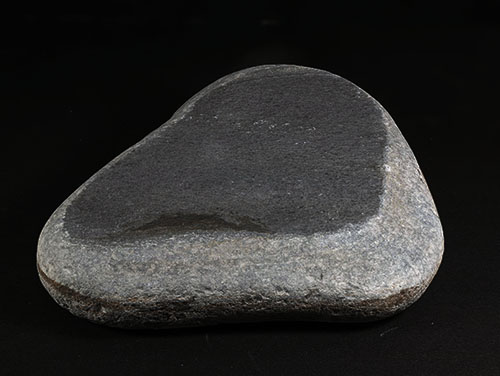 |
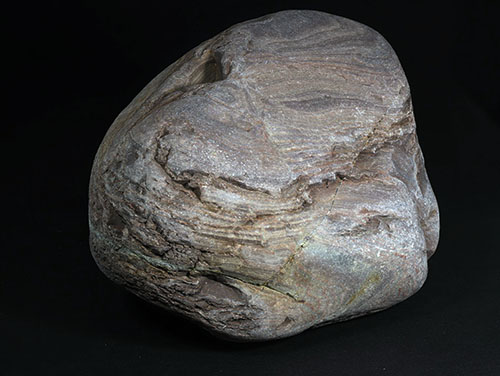 |
| Click on Image for High Resolution Version |
Click on Image for High Resolution Version |
Click on Image for High Resolution Version |
| |
|
|
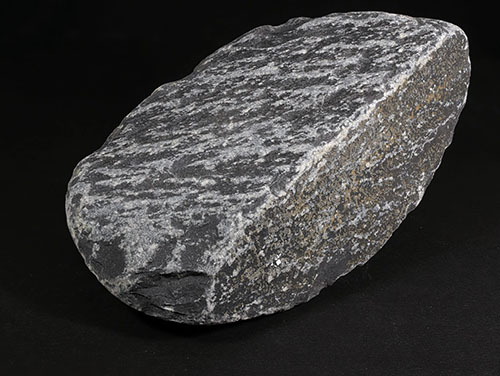 |
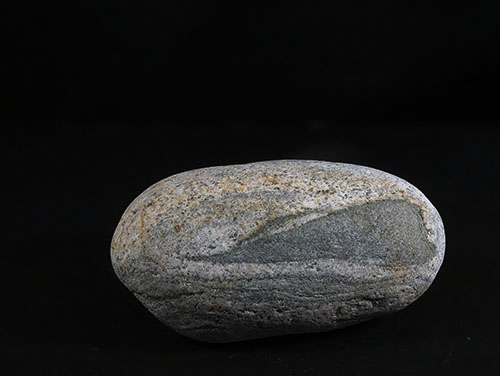 |
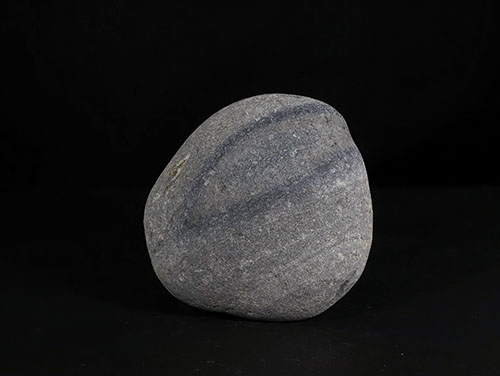 |
| Click on Image for High Resolution Version |
Click on Image for High Resolution Version |
Click on Image for High Resolution Version |
| |
|
|
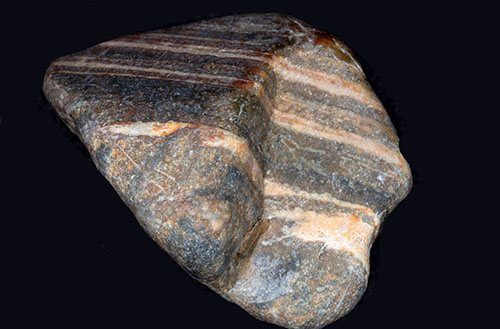 |
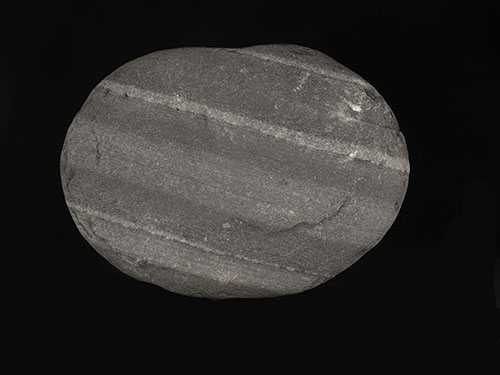 |
 |
| Click on Image for High Resolution Version |
Click on Image for High Resolution Version |
Click on Image for High Resolution Version |
| |
|
|
| |
|
|
| |
|
|
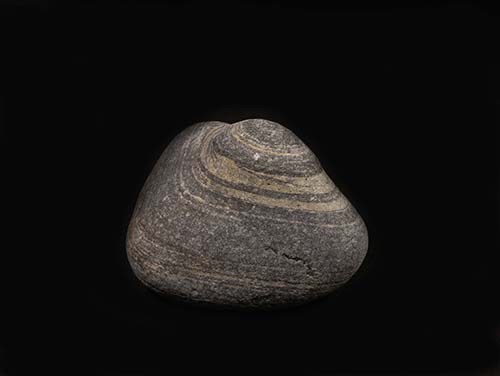 |
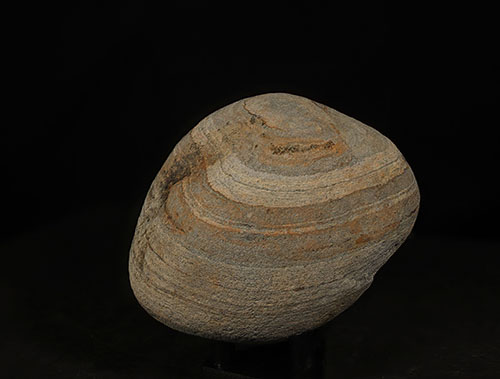 |
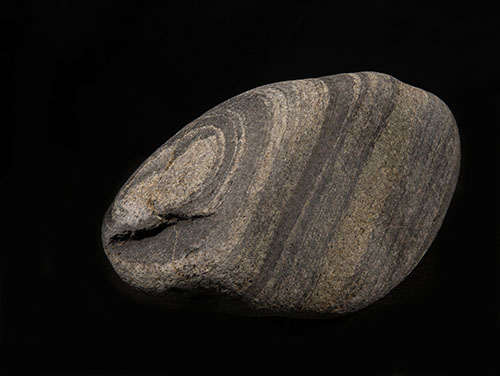 |
| |
This sample is striking different from most of the layered samples on Black Rock. Most are variations of light and dark shades of gray. This is tan. At first glance it reminded me of the planet Saturn! |
|
| Click on Image for High Resolution Version |
Click on Image for High Resolution Version |
Click on Image for High Resolution Version |
| |
|
|
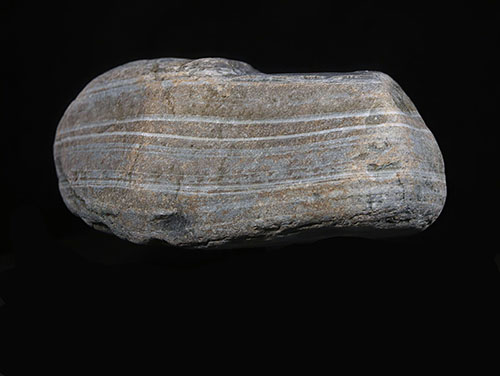 |
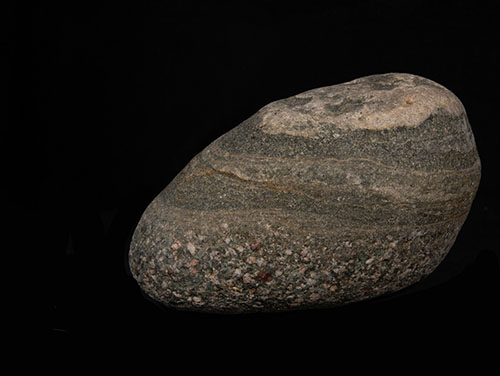 |
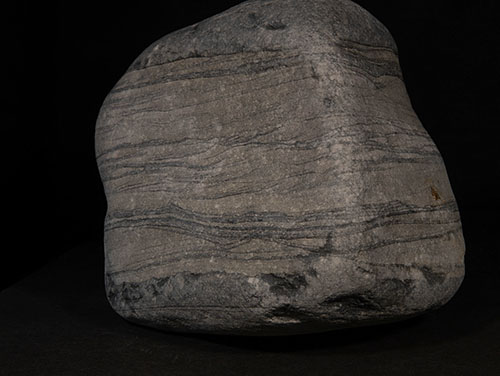 |
| |
Incredible sample! You start at the bottom with sand grains and then have the grains that finer and finer as you head to the top. Then there is a quartz vein at the top!
|
|
| Click on Image for High Resolution Version |
Click on Image for High Resolution Version |
Click on Image for High Resolution Version |
| |
|
|
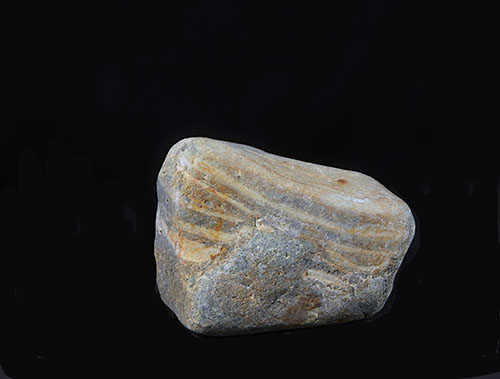 |
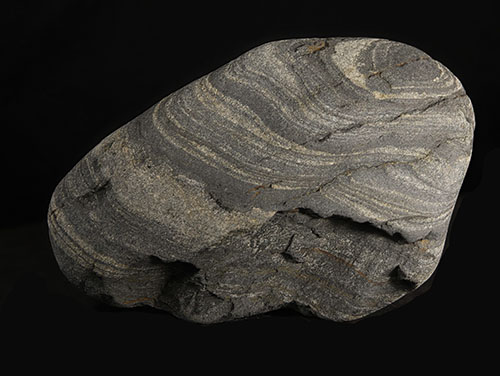 |
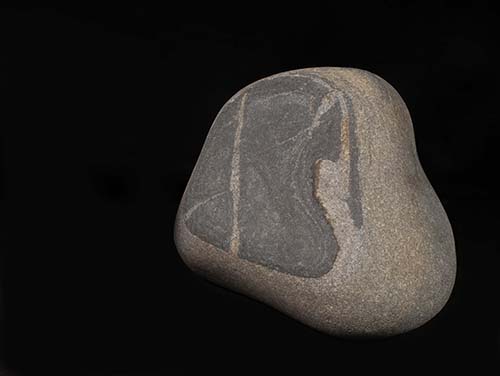 |
| Click on Image for High Resolution Version |
Click on Image for High Resolution Version |
Click on Image for High Resolution Version |
| |
|
|
 |
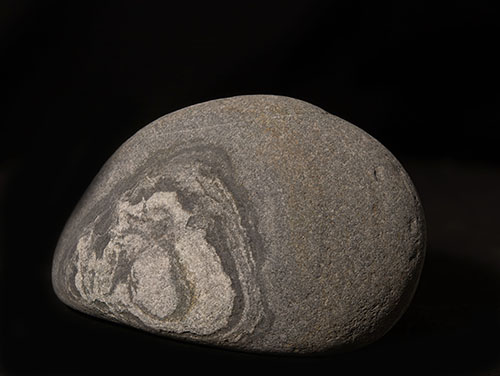 |
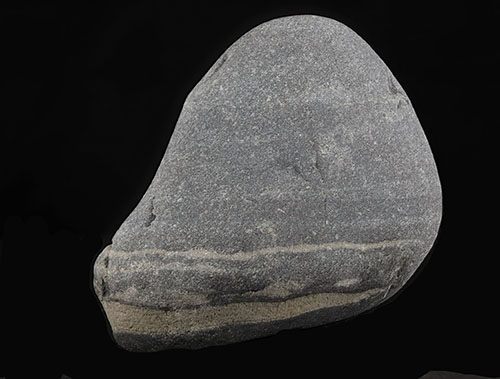 |
| Click on Image for High Resolution Version |
Click on Image for High Resolution Version |
Click on Image for High Resolution Version |
| |
|
|
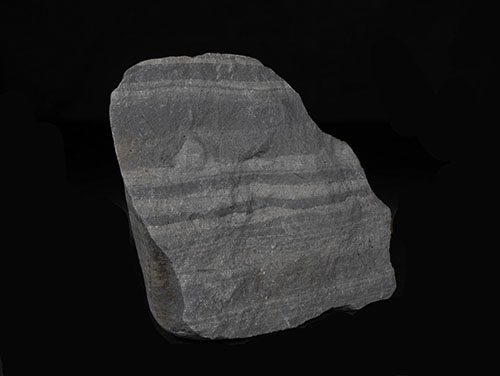 |
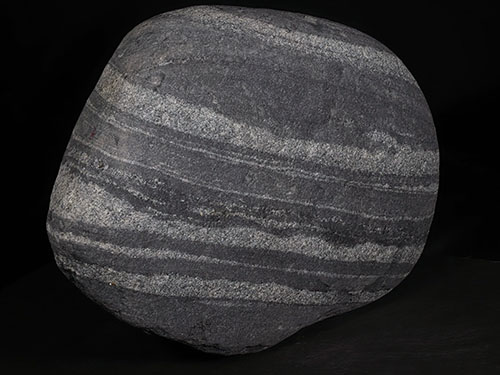 |
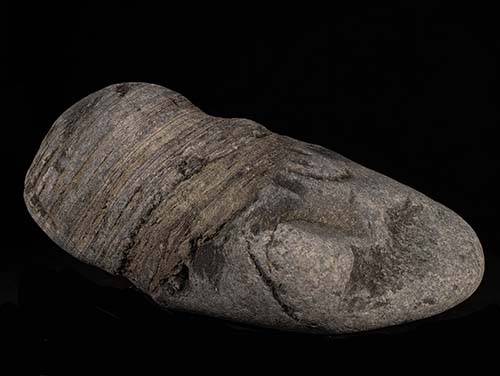 |
| Click on Image for High Resolution Version |
Click on Image for High Resolution Version |
Click on Image for High Resolution Version |
| |
|
|
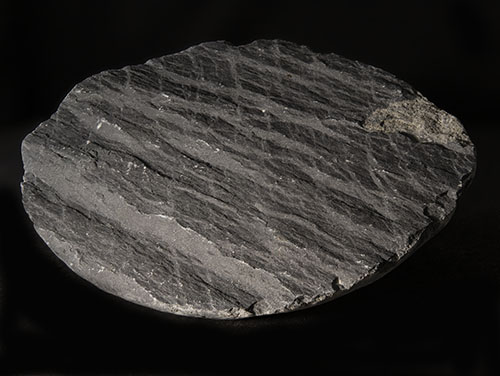 |
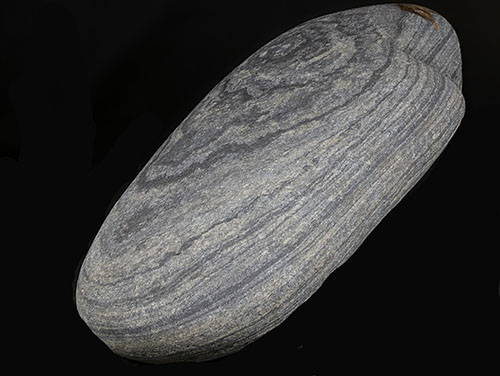 |
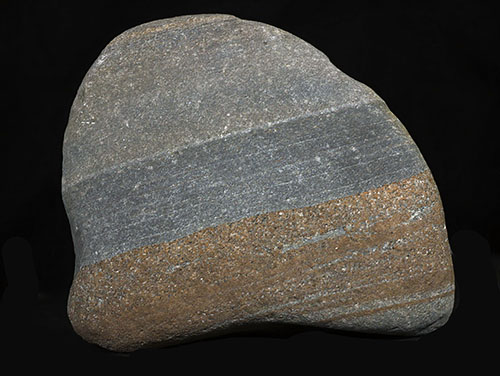 |
This sample is showing the interior of a sample similar to the sample above. |
|
|
| |
|
|
| Click on Image for High Resolution Version |
Click on Image for High Resolution Version |
Click on Image for High Resolution Version |
| |
|
|
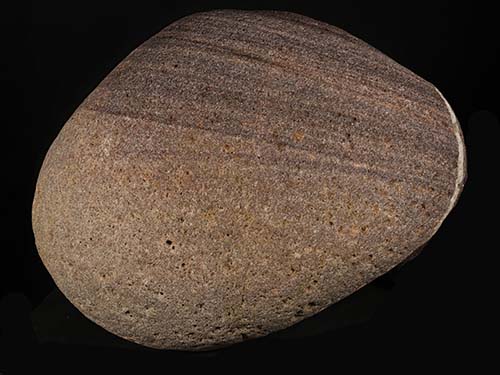 |
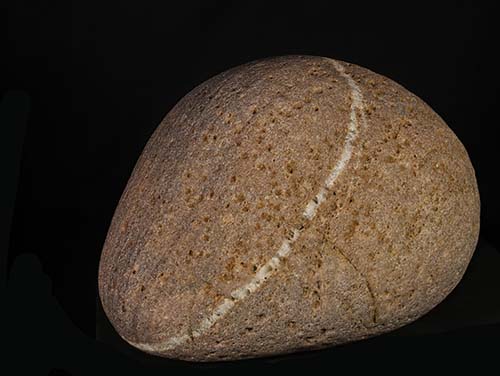 |
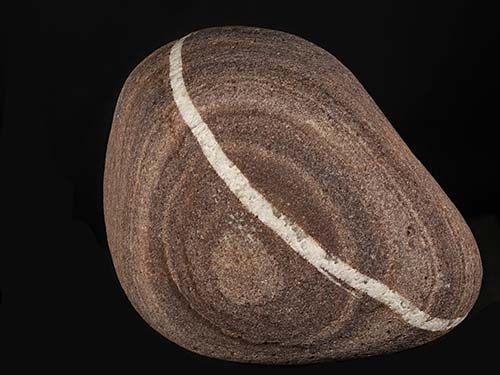 |
| |
I had to show this sample in three different views. I assume it's a sandstone, but there is so much going on - the tilted lays, the quartz vein, the incredible colors, all of the little indentations scattered throughout the sample, but mostly visible in the image shown above. Enjoy! |
|
| |
|
|
| Click on Image for High Resolution Version |
Click on Image for High Resolution Version |
Click on Image for High Resolution Version |
| |
|
|
| |
|
|
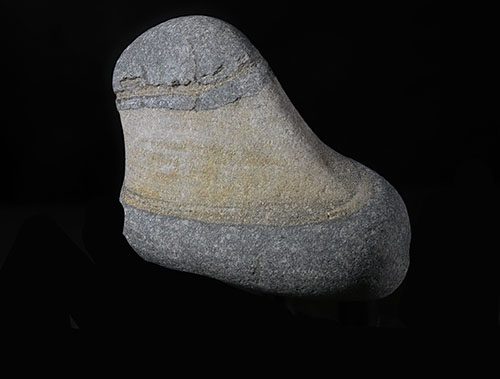 |
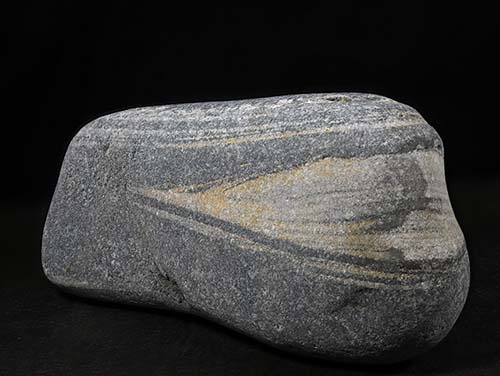 |
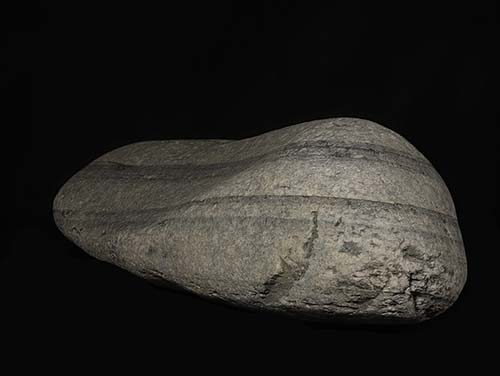 |
| |
Something impressive happened here. |
|
| |
|
|
| Click on Image for High Resolution Version |
Click on Image for High Resolution Version |
Click on Image for High Resolution Version |
| |
|
|
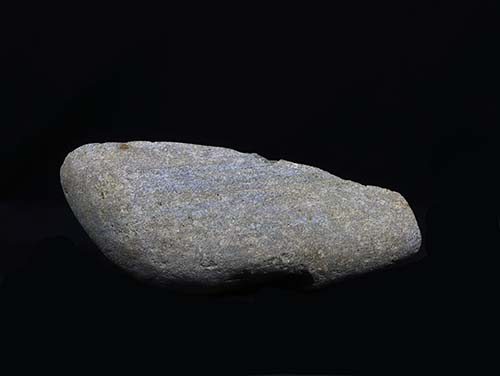 |
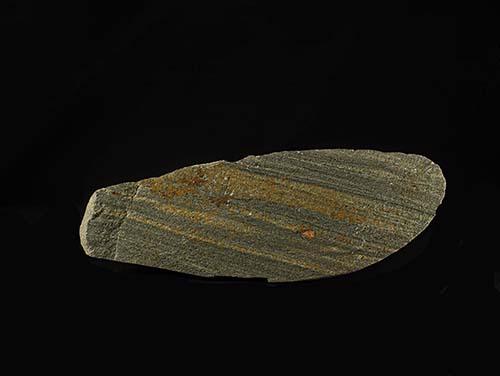 |
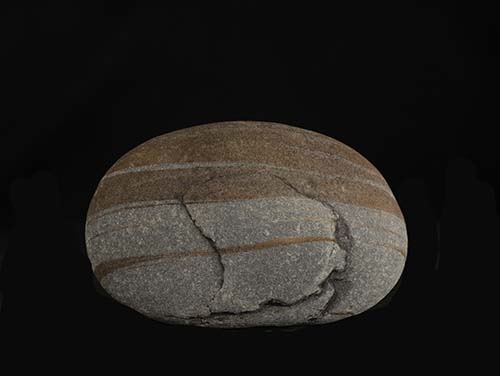 |
I walked by this sample on Black Rock Beach and luckily kicked it over. It went from "boring shade of gray" (above) to "look at the neat set of layers!" (right). |
This sample would probably have been, no, definitely would have been left on the beach. Thank you carless foot action! |
|
| |
|
|
| Click on Image for High Resolution Version |
Click on Image for High Resolution Version |
Click on Image for High Resolution Version |
| |
|
|
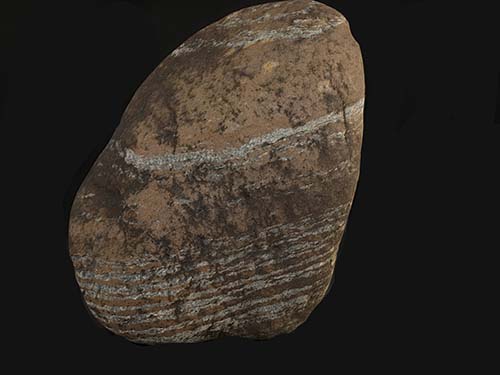 |
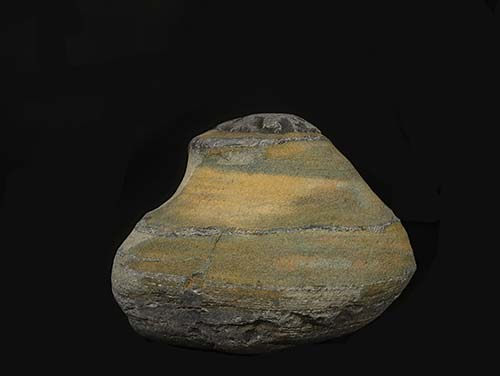 |
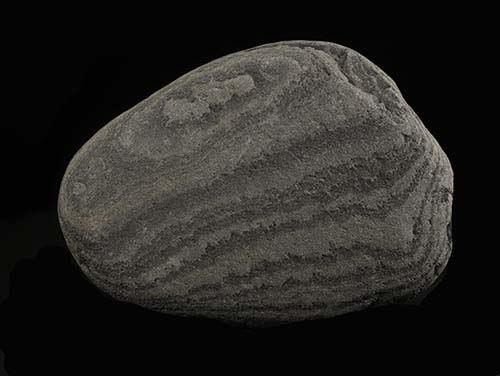 |
| |
|
|
| Click on Image for High Resolution Version |
Click on Image for High Resolution Version |
Click on Image for High Resolution Version |
| |
|
|
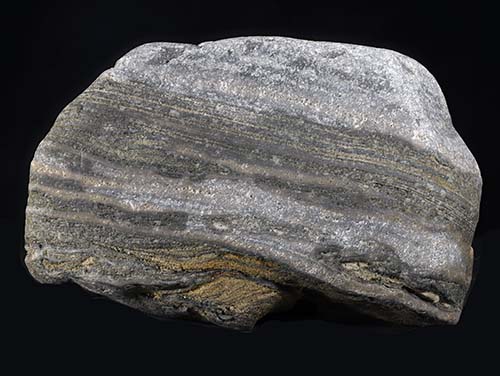 |
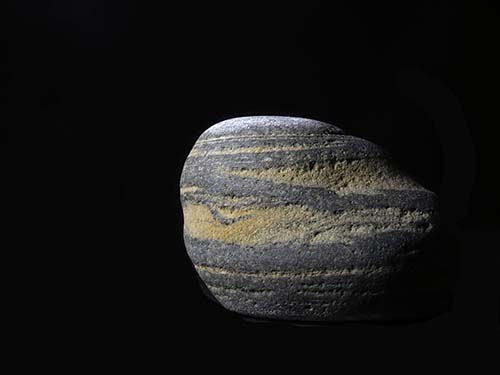 |
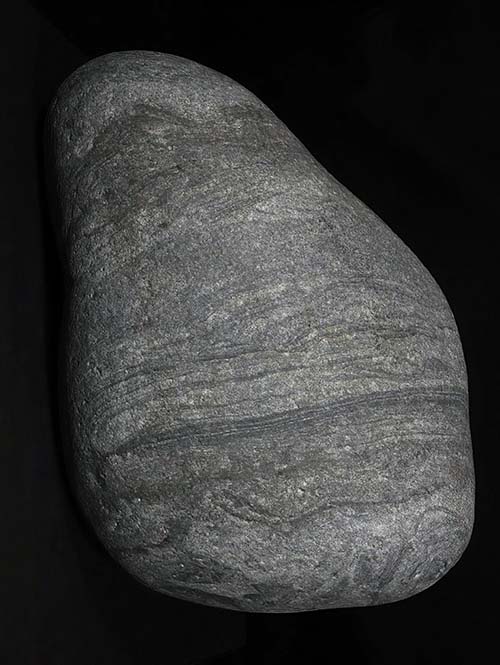 |
| Click on Image for High Resolution Version |
Click on Image for High Resolution Version |
Click on Image for High Resolution Version |
| |
|
|
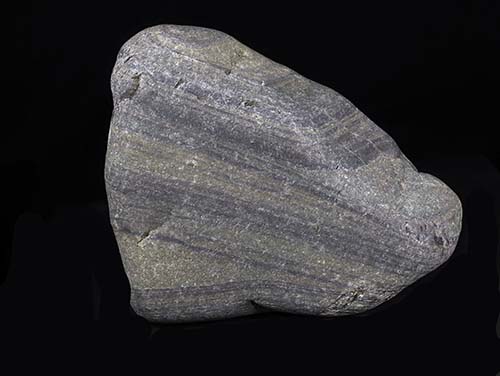 |
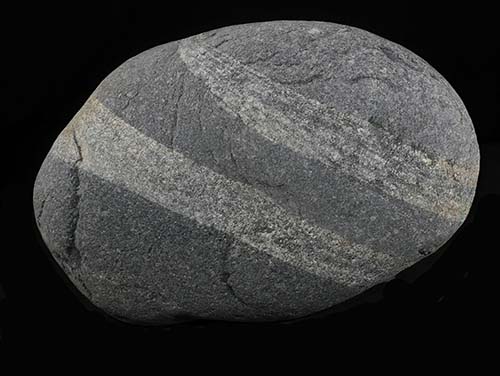 |
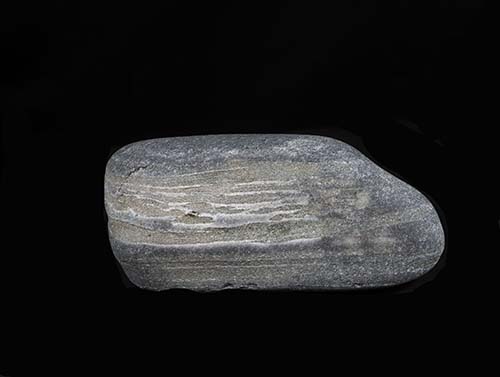 |
| Click on Image for High Resolution Version |
Click on Image for High Resolution Version |
Click on Image for High Resolution Version |
| |
|
|
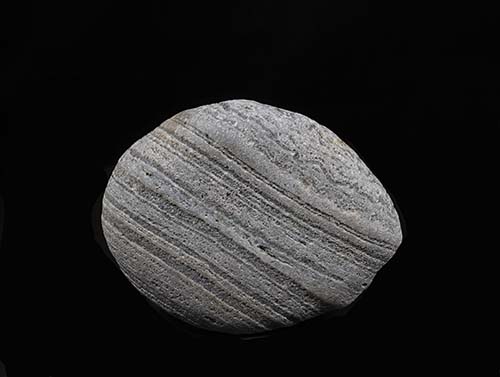 |
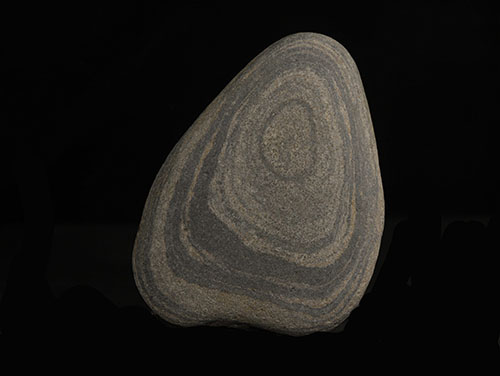 |
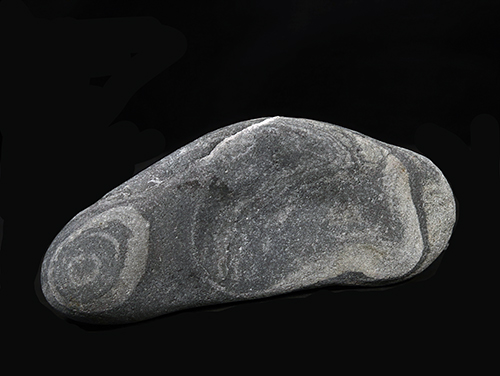 |
| Click on Image for High Resolution Version |
Click on Image for High Resolution Version |
Click on Image for High Resolution Version |
| |
|
Sometimes it's all about art. This was an incredible sample. There are the obvious layers to the left, and then ther is a huge spoon-shaped depression to the right. This is very similar to bedrock samples seen on the beach. Enjoy! |
| |
|
|
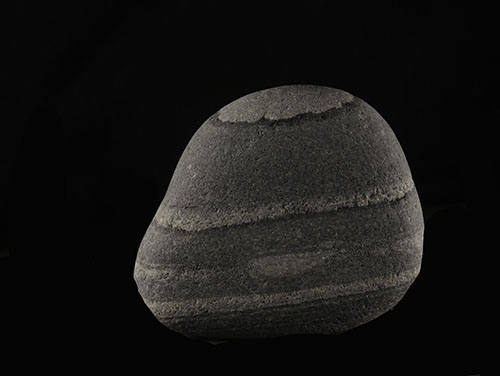 |
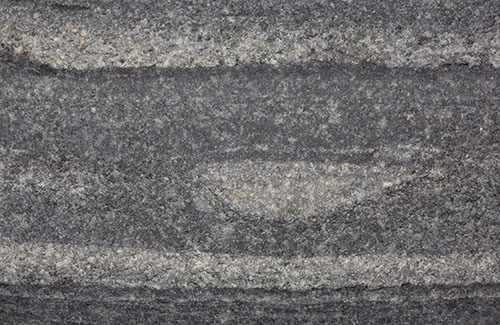 |
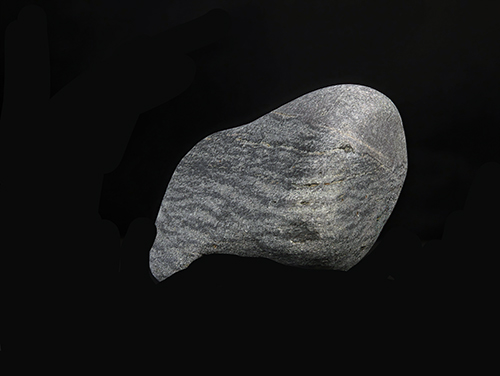 |
| Click on Image for High Resolution Version |
Click on Image for High Resolution Version |
Click on Image for High Resolution Version |
| |
|
|
| |
Closeup view of one of the layers in the rock to the left. I was fascinated by these structures. What are they? |
|
| |
|
|
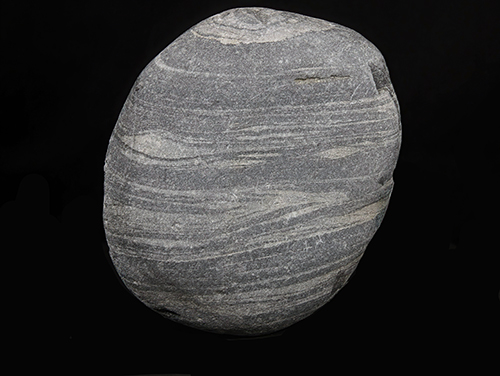 |
 |
 |
| Click on Image for High Resolution Version |
Click on Image for High Resolution Version |
Click on Image for High Resolution Version |
| |
|
|
A very complicated sample. There's a lot going on here! |
|
|
| |
|
|
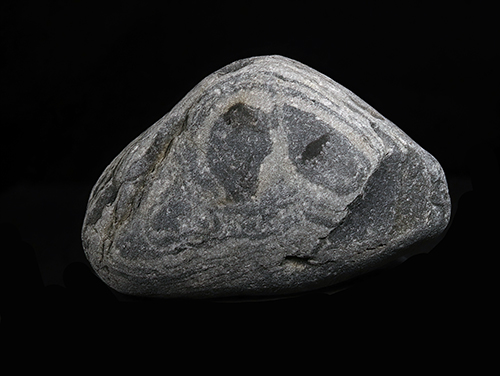 |
 |
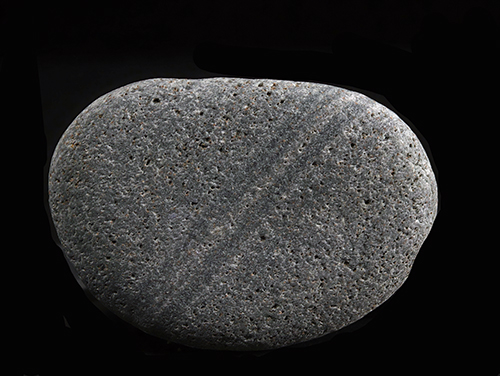 |
| Click on Image for High Resolution Version |
Click on Image for High Resolution Version |
Click on Image for High Resolution Version |
| |
|
|
| |
|
|
 |
 |
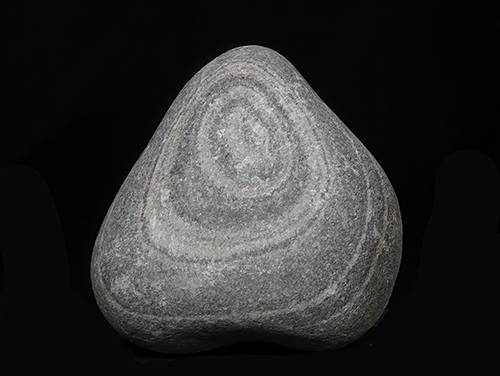 |
| Click on Image for High Resolution Version |
Click on Image for High Resolution Version |
Click on Image for High Resolution Version |
| |
|
|
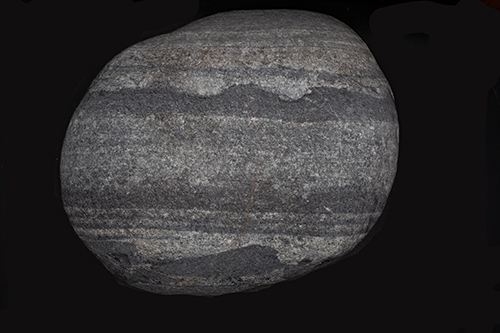 |
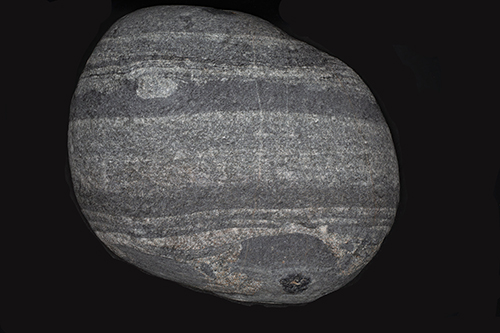 |
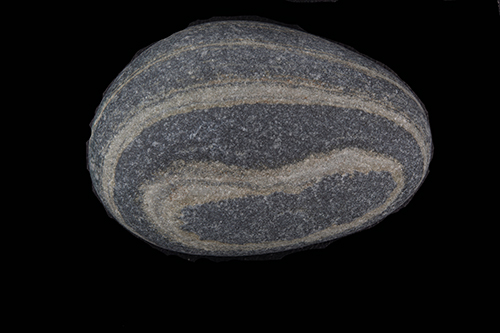 |
| Click on Image for High Resolution Version |
Click on Image for High Resolution Version |
Click on Image for High Resolution Version |
| |
|
|
When I saw this sample all I could think of was the planet Jupiter. This is a huge sample. It is definitely a cobble as opposed to the other samples that are pebbles. |
|
|
| |
|
|
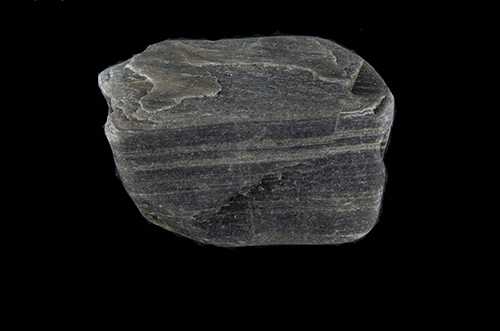 |
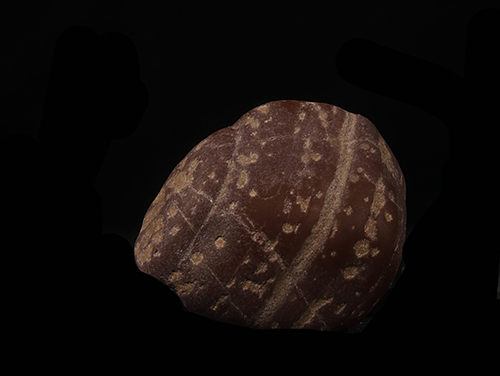 |
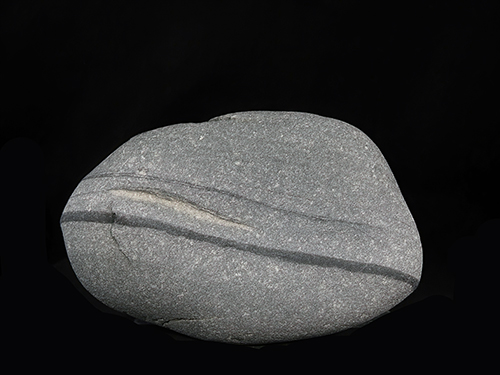 |
| Click on Image for High Resolution Version |
Click on Image for High Resolution Version |
Click on Image for High Resolution Version |
This sample is about 2 cm across! The amount of detail in this small sample is great! |
There are so many questions here! |
|
| |
|
|
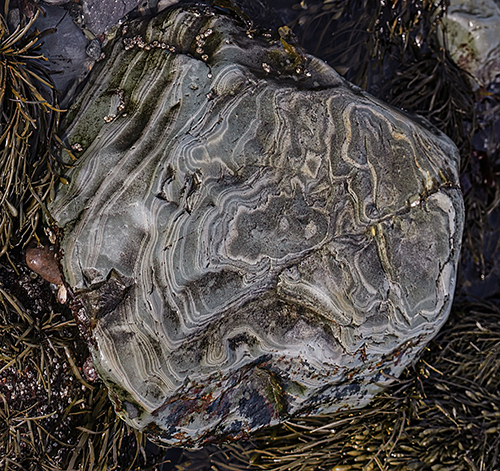 |
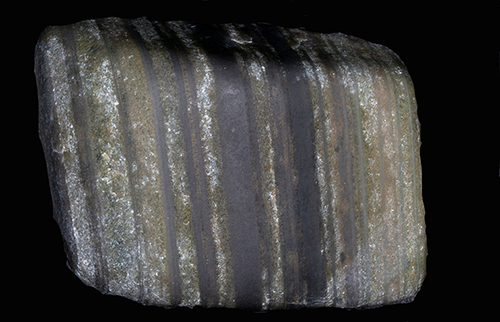 |
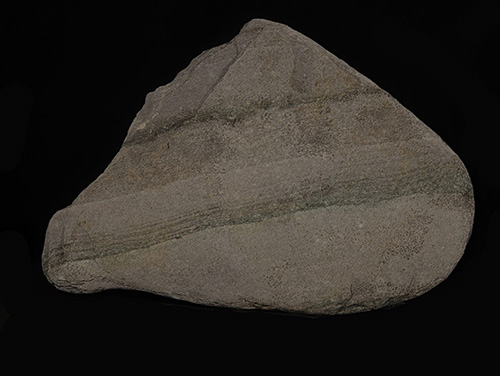 |
| Click on Image for High Resolution Version |
Click on Image for High Resolution Version |
Click on Image for High Resolution Version |
So . . . is this really sedimentary? Also, it's my first in situ image because the sample was too big to bring home. Just look at the details in this rock! |
This is a pebble. It's a tad larger than 2 cm. |
|
| |
|
|
 |
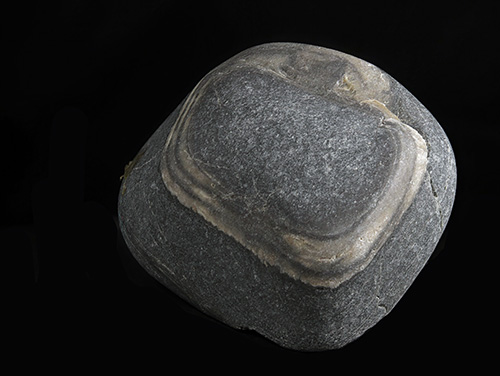 |
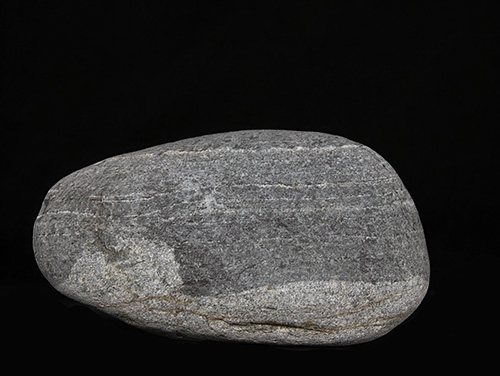 |
| Click on Image for High Resolution Version |
Click on Image for High Resolution Version |
Click on Image for High Resolution Version |
| |
|
|
| |
|
|
 |
 |
 |
| Click on Image for High Resolution Version |
Click on Image for High Resolution Version |
Click on Image for High Resolution Version |
| |
I am guessing that this is shale. But I don't know how to explain the separation. |
|
| |
|
|
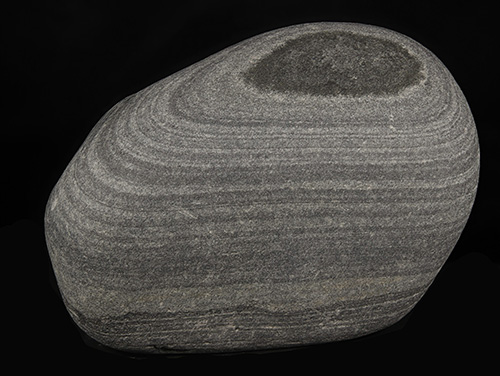 |
 |
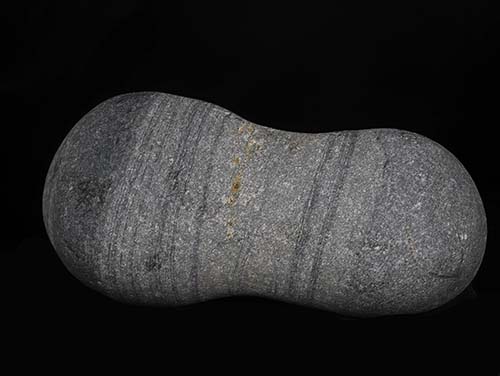 |
| Click on Image for High Resolution Version |
Click on Image for High Resolution Version |
Click on Image for High Resolution Version |
If you wanted a classic illustration of a layered sedimentary rock, this would be it! |
HUGE shale sample! The cobble is about 30cm from end to end. It would make a great topographic map for two hills! |
Interesting sample. It should be vertical to show the correct alignment of the layers. |
| |
|
|
 |
 |
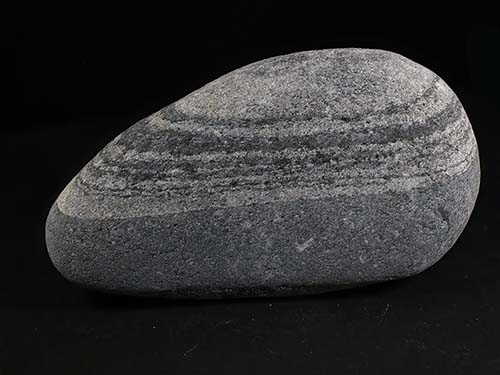 |
| Click on Image for High Resolution Version |
Click on Image for High Resolution Version |
Click on Image for High Resolution Version |
| |
|
|
 |
 |
 |
| Click on Image for High Resolution Version |
Click on Image for High Resolution Version |
Click on Image for High Resolution Version |
This definitely is a sedimentary rock with layers. The layers are difficult to see because I arranged the sample to emphasize the weathered quartz vein. |
I assume this is a sandstone sample. I wanted to move it down to the "unique" catagory, but I think I can see layers here. |
|
| |
|
|
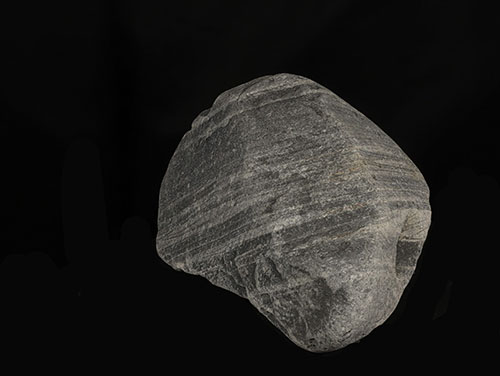 |
 |
 |
| Click on Image for High Resolution Version |
Click on Image for High Resolution Version |
Click on Image for High Resolution Version |
| |
|
|
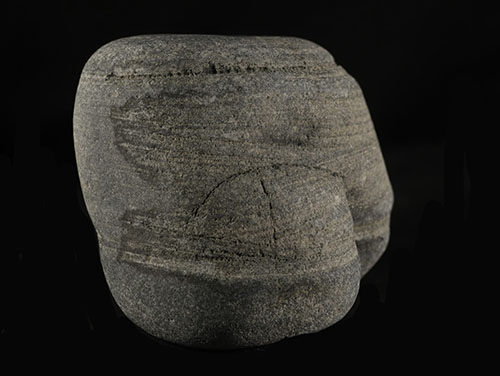 |
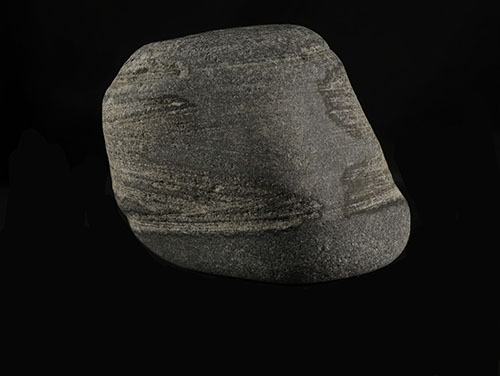 |
 |
| Click on Image for High Resolution Version |
Click on Image for High Resolution Version |
Click on Image for High Resolution Version |
| |
What caused the layers in this rock (above left and center) to be distorted like this? Great question! |
|
| |
|
|
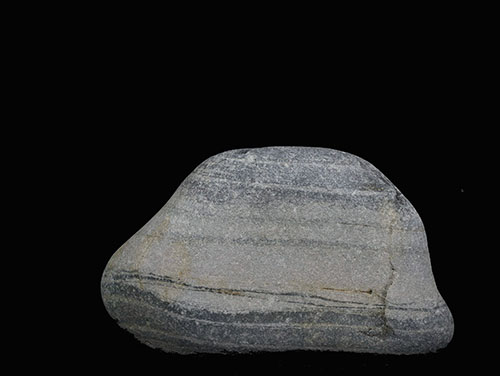 |
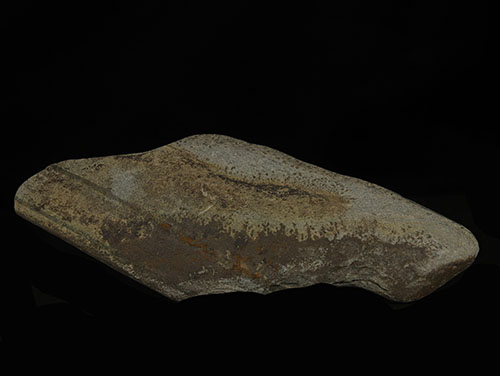 |
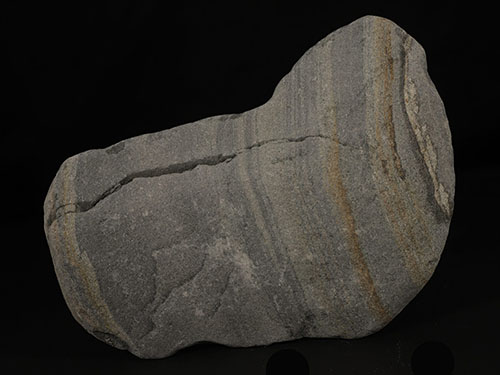 |
| Click on Image for High Resolution Version |
Click on Image for High Resolution Version |
Click on Image for High Resolution Version |
| |
|
|
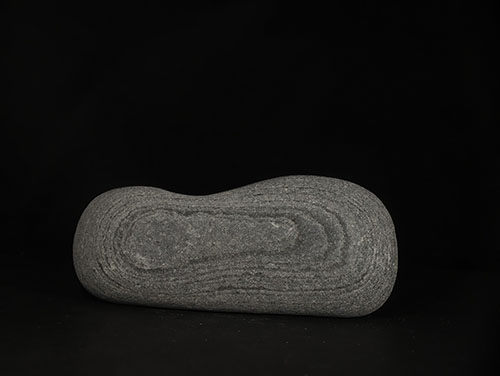 |
|
|
| Click on Image for High Resolution Version |
Click on Image for High Resolution Version |
Click on Image for High Resolution Version |
| |
|
|
| |
|
|
| |
|
|
| |
|
|
|
|
|
| |
|
|
|
|
|
| |
CONGLOMERATE |
|
| |
|
|
| |
A very common sedimentary rock found at Black Rock is conglomerate. The sediment in these samples are rounded rock formed on a beach or fast moving river where the individual rocks can be rounded. |
|
| |
|
|
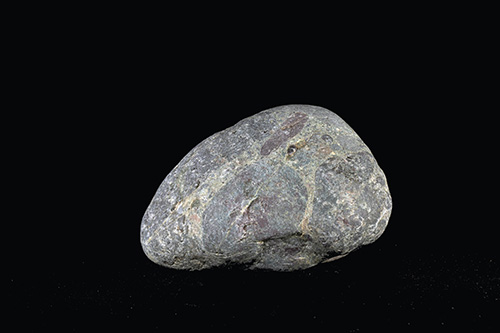 |
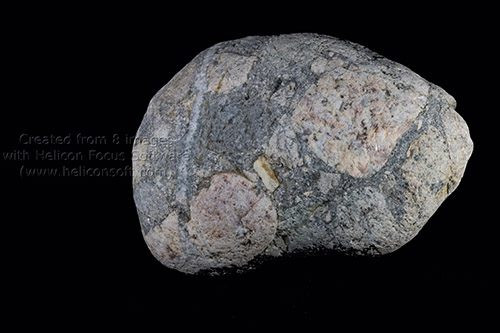 |
|
| Click on Image for High Resolution Version |
Click on Image for High Resolution Version |
Click on Image for High Resolution Version |
| |
|
|
| |
|
|
 |
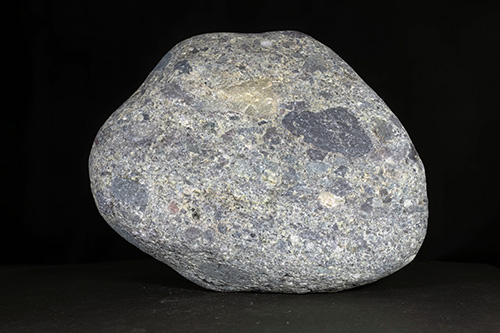 |
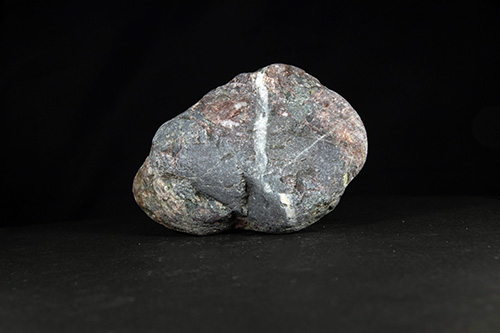 |
| Click on Image for High Resolution Version |
Click on Image for High Resolution Version |
Click on Image for High Resolution Version |
| |
|
|
| |
|
|
| |
|
|
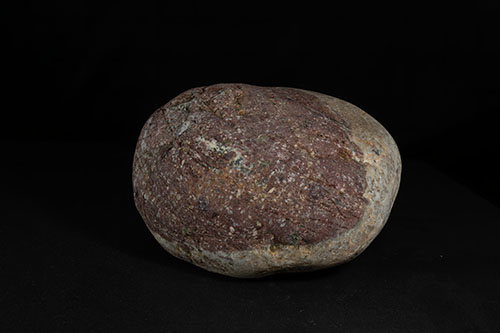 |
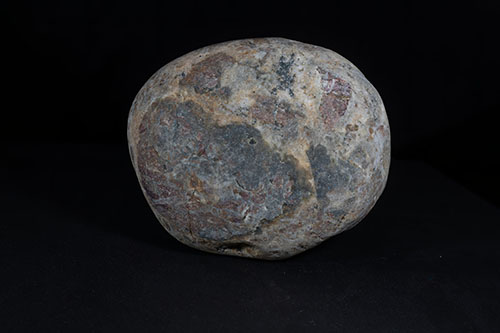 |
 |
| Click on Image for High Resolution Version |
Click on Image for High Resolution Version |
Click on Image for High Resolution Version |
Yes, above and right above are the same sample! Nicely done Nature! |
|
|
| |
|
|
| |
|
|
 |
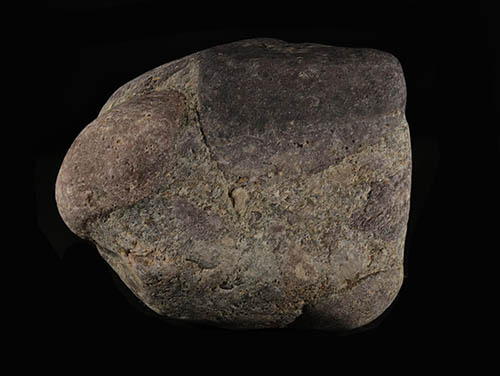 |
 |
| Click on Image for High Resolution Version |
Click on Image for High Resolution Version |
Click on Image for High Resolution Version |
| |
|
|
| |
|
|
 |
 |
 |
| Click on Image for High Resolution Version |
Click on Image for High Resolution Version |
Click on Image for High Resolution Version |
| |
|
|
| |
|
|
| |
|
|
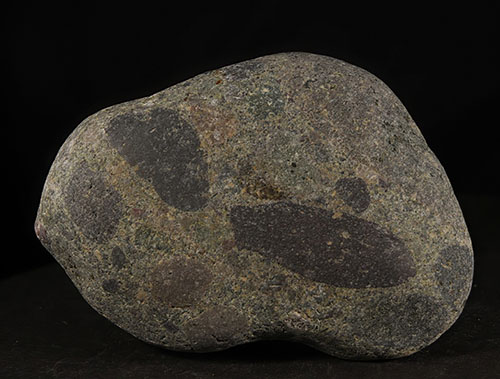 |
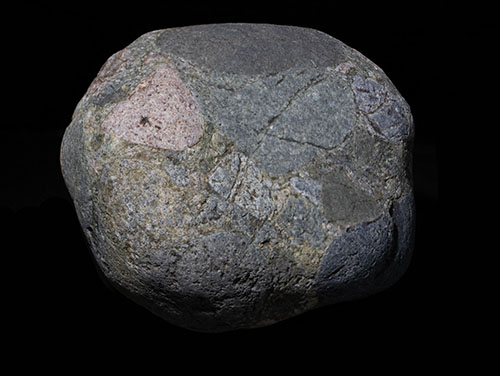 |
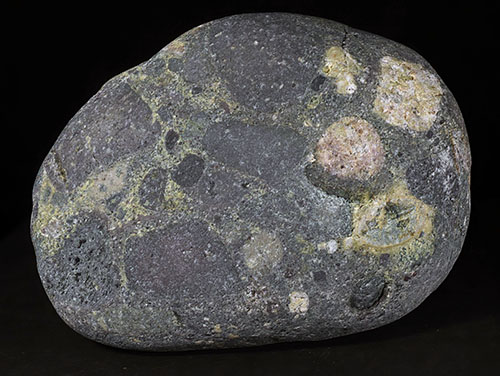 |
| Click on Image for High Resolution Version |
Click on Image for High Resolution Version |
Click on Image for High Resolution Version |
| |
|
|
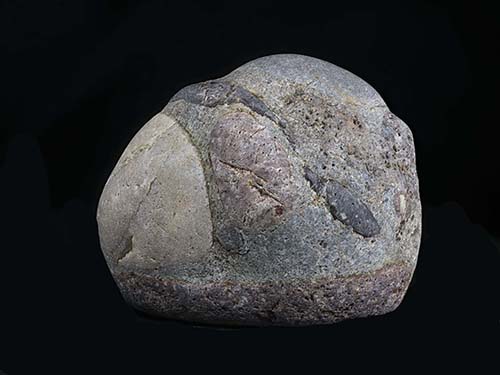 |
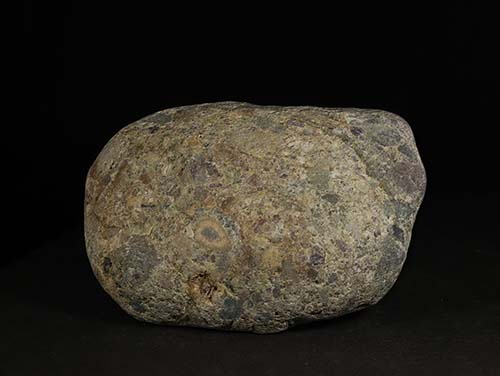 |
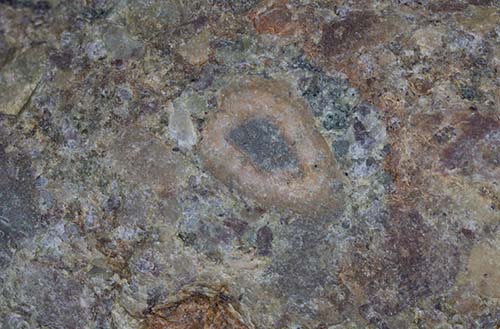 |
| Click on Image for High Resolution Version |
Click on Image for High Resolution Version |
Click on Image for High Resolution Version |
| |
|
|
| |
|
I was impressed by this feature in this sample. At first I thought it might have been a fossil. Not true now. |
| |
|
|
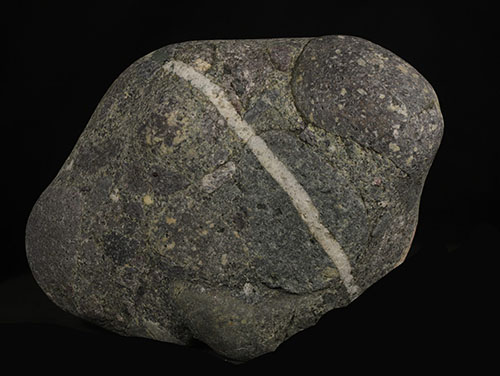 |
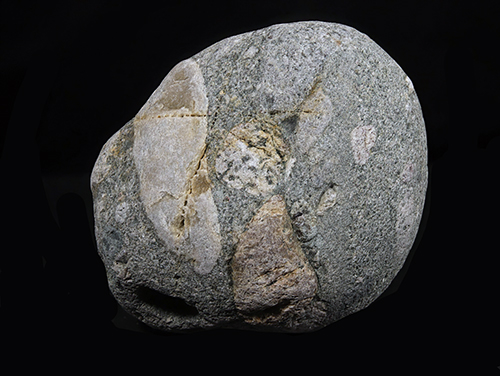 |
 |
| Click on Image for High Resolution Version |
Click on Image for High Resolution Version |
Click on Image for High Resolution Version |
| |
|
|
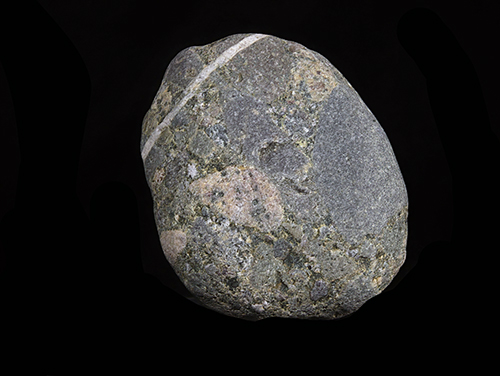 |
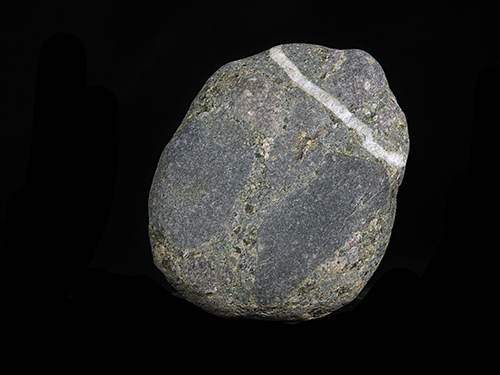 |
 |
| Click on Image for High Resolution Version |
Click on Image for High Resolution Version |
Click on Image for High Resolution Version |
Two views of the same sample. The different individual small pebble saamples in the two surfaces is incredible. |
|
|
| |
|
|
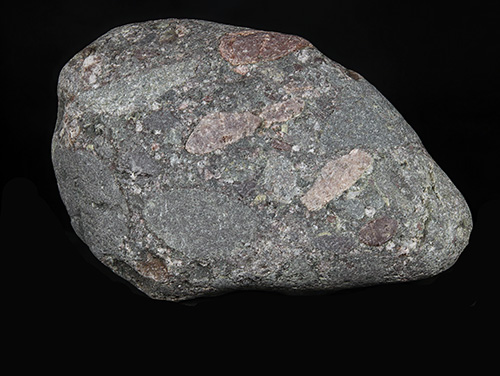 |
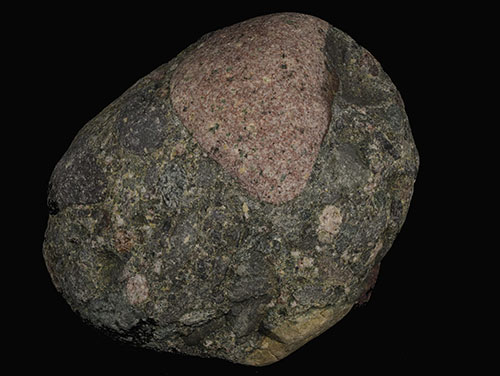 |
 |
| Click on Image for High Resolution Version |
Click on Image for High Resolution Version |
Click on Image for High Resolution Version |
| |
|
|
 |
 |
 |
| Click on Image for High Resolution Version |
Click on Image for High Resolution Version |
Click on Image for High Resolution Version |
| |
|
|
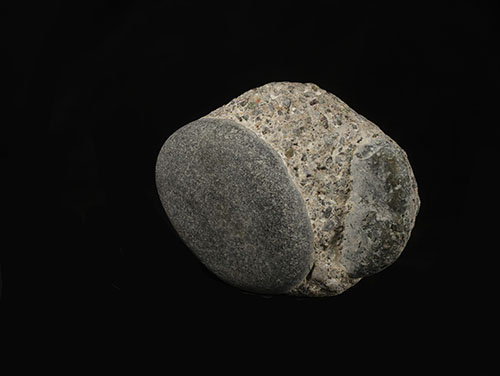 |
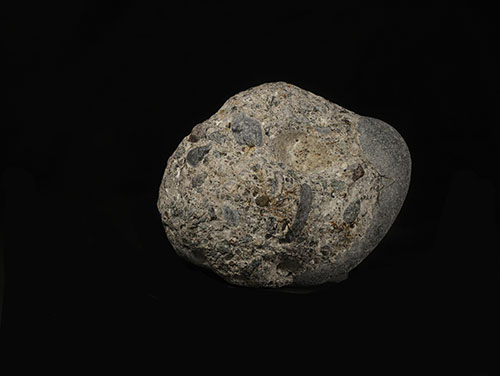 |
 |
| Click on Image for High Resolution Version |
Click on Image for High Resolution Version |
Click on Image for High Resolution Version |
This was a tough call (above and right). Are we looking at a real conglomerate, or is this a chunk of cement? Your call. |
|
|
| |
|
|
 |
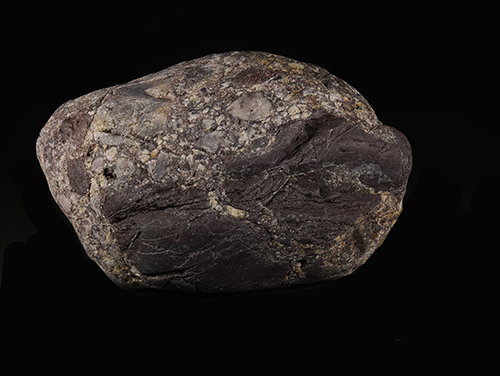 |

|
| Click on Image for High Resolution Version |
Click on Image for High Resolution Version |
Click on Image for High Resolution Version |
| |
|
|
| |
|
|
| |
|
|
| |
|
|
|
|
|
| |
|
|
|
|
|
| |
|
|
| |
BRECCIA |
|
| |
|
|
| |
Breccia is very similar to conglomerate except the shapes of the rocks stuck in the matrix are angular. These sediments were deposited in something like a landslide where water wasn't present to round the individual rocks. |
|
| |
|
|
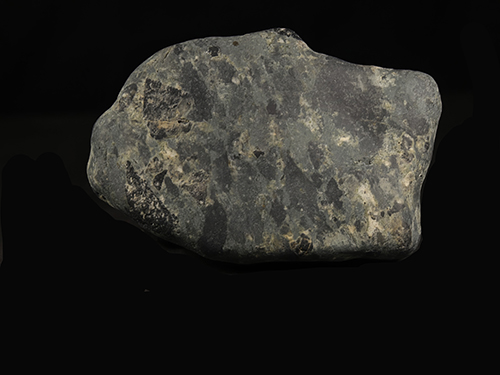 |
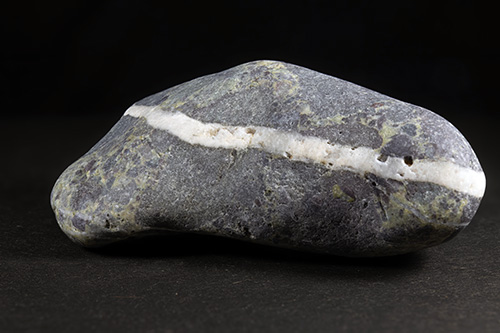 |
|
| Click on Image for High Resolution Version |
Click on Image for High Resolution Version |
Click on Image for High Resolution Version |
This onecould be very wrong. Are those fragments rocks or minerals? |
|
|
| |
|
|
| |
|
|
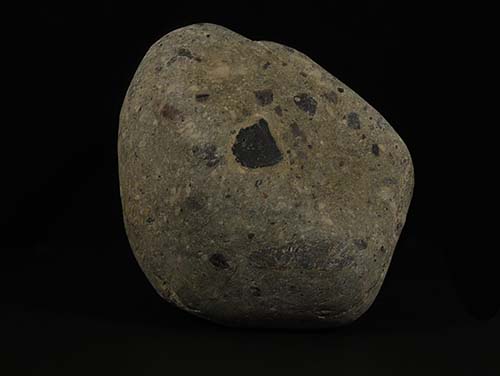 |
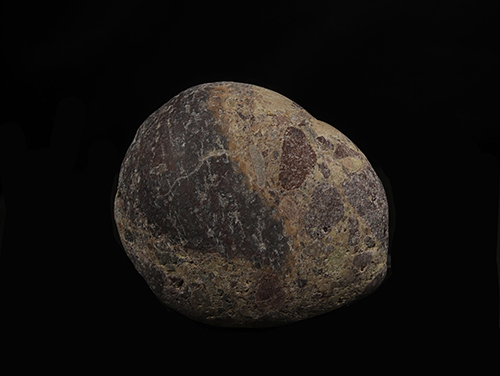 |
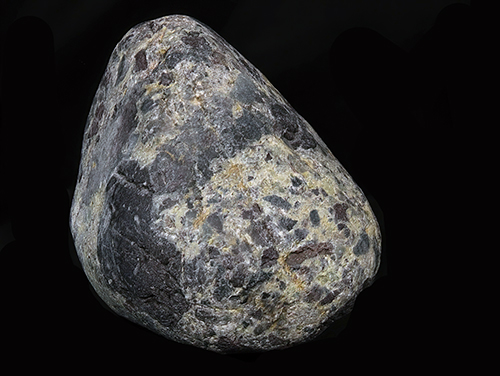 |
| Click on Image for High Resolution Version |
Click on Image for High Resolution Version |
Click on Image for High Resolution Version |
| |
I am really torn here whether to call this sample a "conglomerate" or a "breccia." It's really both!
|
|
| |
|
|
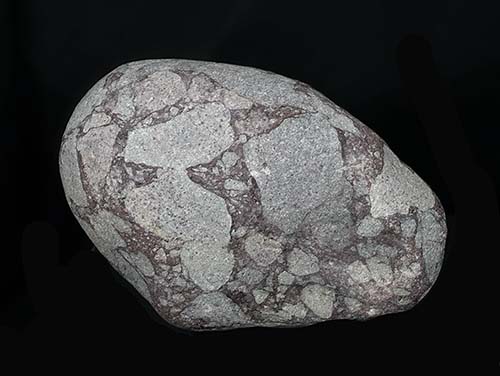 |
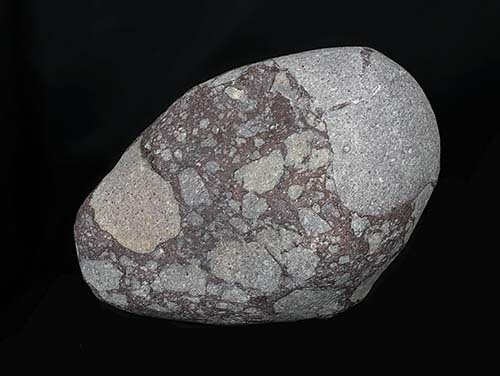 |
 |
| Click on Image for High Resolution Version |
Click on Image for High Resolution Version |
Click on Image for High Resolution Version |
This was such a hard call. Most of the fragments in this sample (above and right) are angular, so breccia is the call. |
|
|
| |
|
|
 |
 |
|
| Click on Image for High Resolution Version |
Click on Image for High Resolution Version |
Click on Image for High Resolution Version |
This sample was a problem. Is it conglomerate? Is it breccia? I finally decided on its location. I could be wrong. |
|
|
| |
|
|
| |
|
|
| |
|
|
| |
FAULTS |
|
| |
|
|
| |
The layers can often be distorted. The most common distortion is a fault. After the layers were deposited and turned to stone, something happened causing a fault to form. Geologic Faults are a fairly common feature in the sedimentary rocks at Black Rock Beach. They show very subtle changes in the area after the sediments were deposited. |
|
| |
|
|
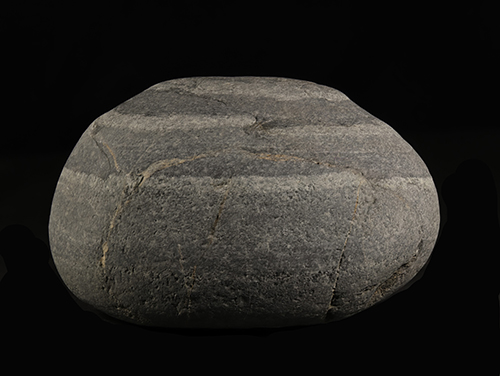 |
 |
 |
| Click on Image for High Resolution Version |
Click on Image for High Resolution Version |
Click on Image for High Resolution Version |
| |
|
|
| |
|
|
| |
|
|
 |
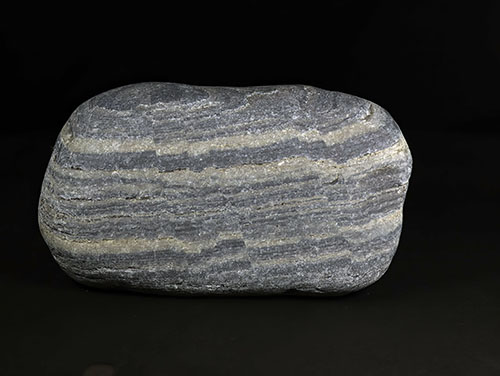 |
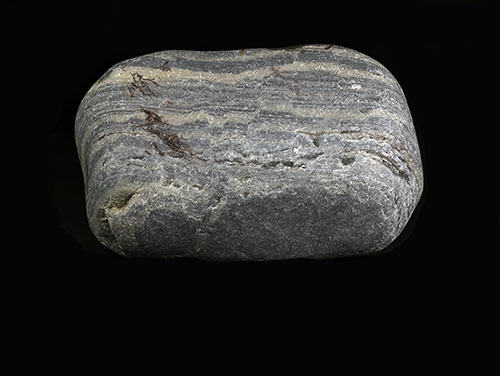 |
| Click on Image for High Resolution Version |
Click on Image for High Resolution Version |
Click on Image for High Resolution Version |
| |
How many faults do you see here? I can't count them in the above image and the other sie shownto the right. |
|
| |
|
|
| |
|
|
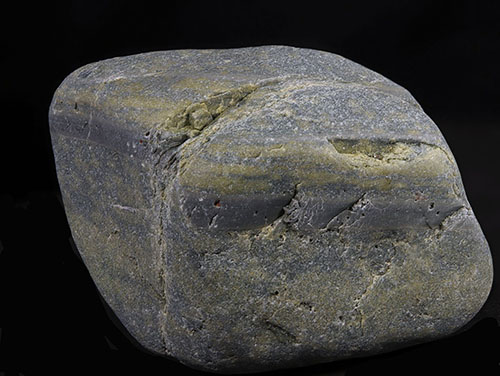 |
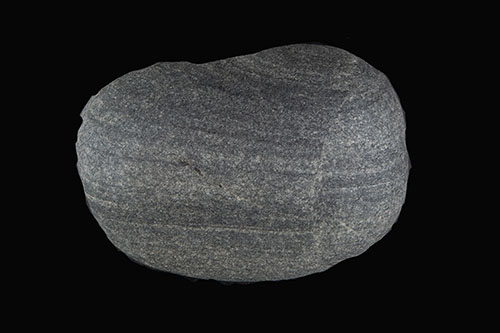 |
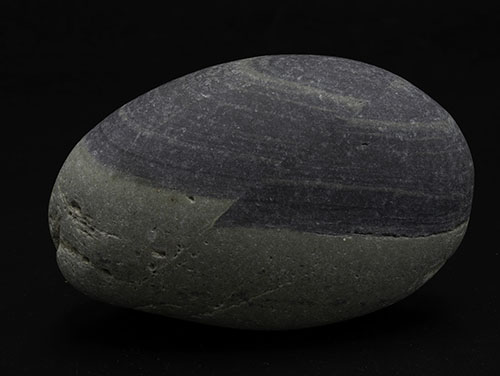 |
| Click on Image for High Resolution Version |
Click on Image for High Resolution Version |
Click on Image for High Resolution Version |
| |
|
|
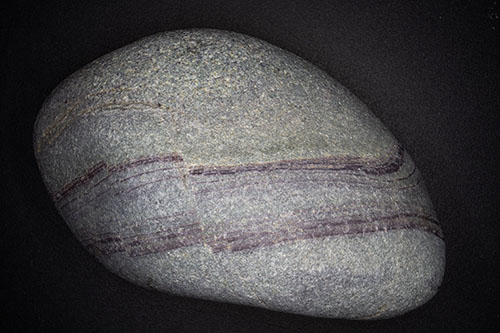 |
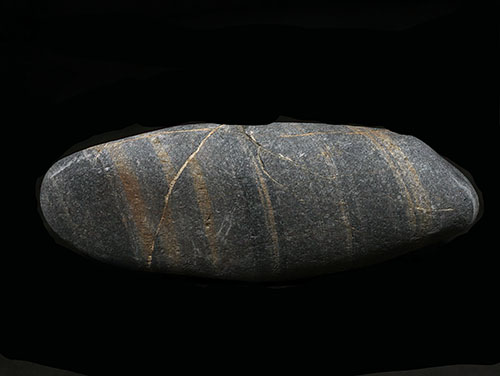 |
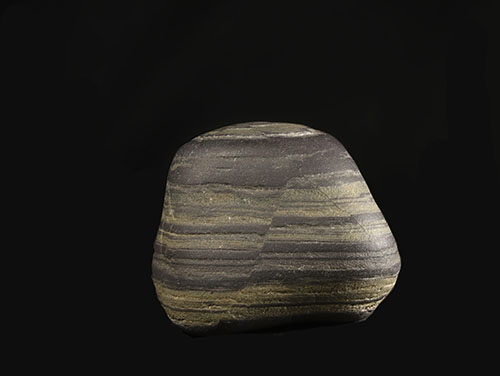 |
| Click on Image for High Resolution Version |
Click on Image for High Resolution Version |
Click on Image for High Resolution Version |
| |
|
|
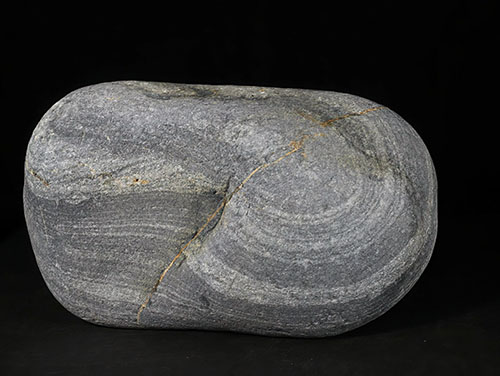 |
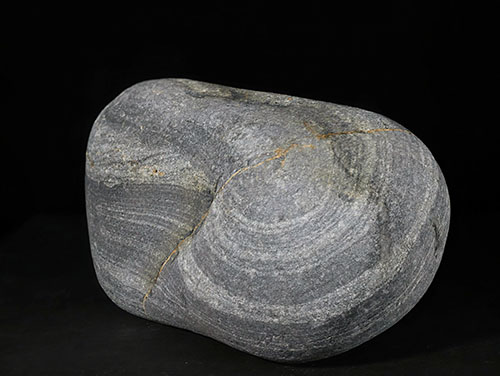 |
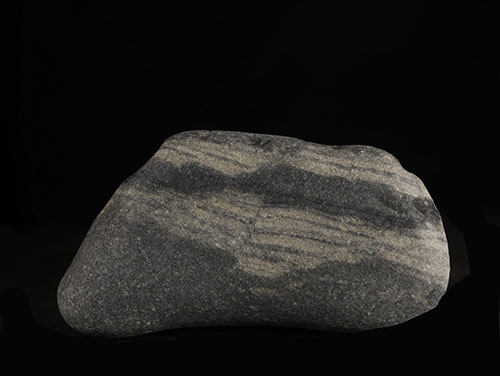 |
| Click on Image for High Resolution Version |
Click on Image for High Resolution Version |
Click on Image for High Resolution Version |
| |
I posted it in two views to give a 3-D Impression of the fault. |
|
| |
|
|
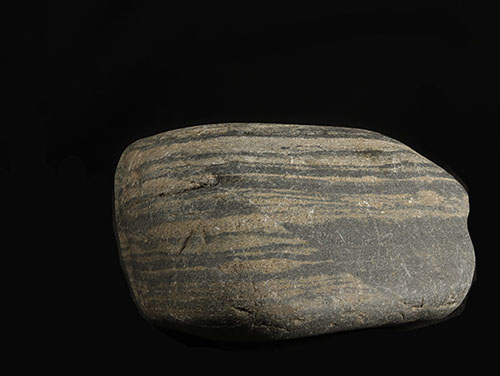 |
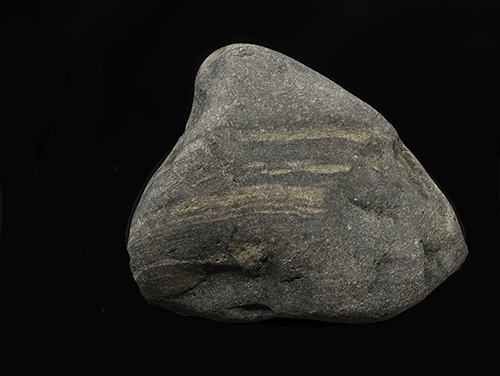 |
 |
| Click on Image for High Resolution Version |
Click on Image for High Resolution Version |
Click on Image for High Resolution Version |
| |
|
|
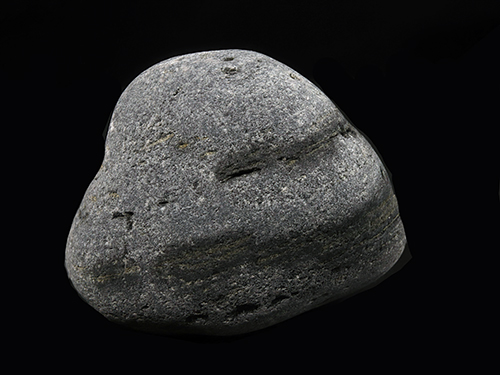 |
 |
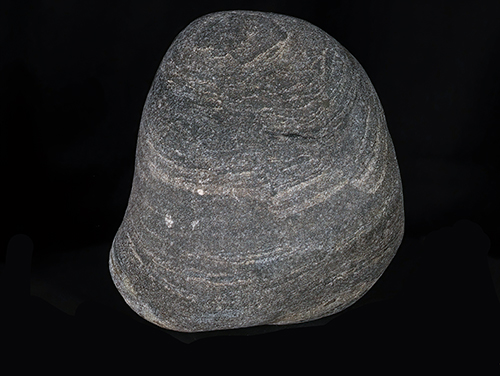 |
| Click on Image for High Resolution Version |
Click on Image for High Resolution Version |
Click on Image for High Resolution Version |
| |
|
|
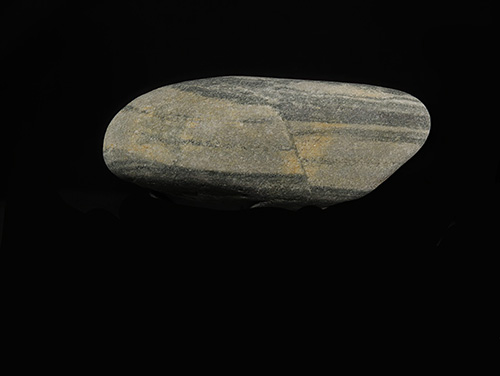 |
 |
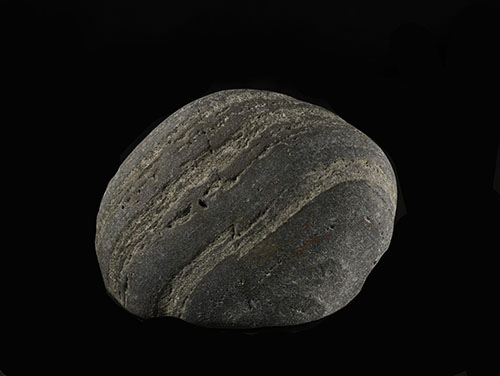 |
| Click on Image for High Resolution Version |
Click on Image for High Resolution Version |
Click on Image for High Resolution Version |
| |
|
|
 |
 |
 |
| Click on Image for High Resolution Version |
Click on Image for High Resolution Version |
Click on Image for High Resolution Version |
| |
|
|
| |
|
|
| |
|
|
|
|
|
| |
|
|
| RETURN TO TOP |
SWIRLS |
|
| |
|
|
| |
How do these contortions get formed? What do they tells us about the environment at the time of their creation? |
|
| |
|
|
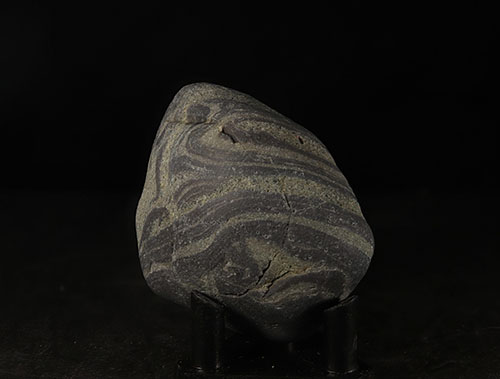 |
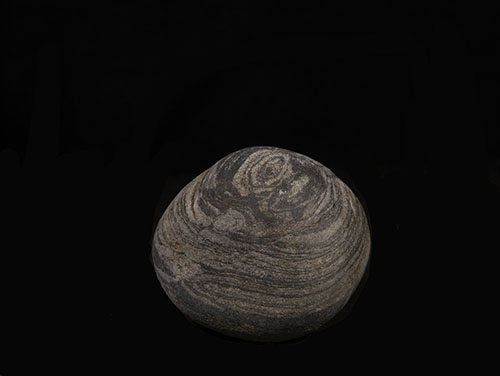 |
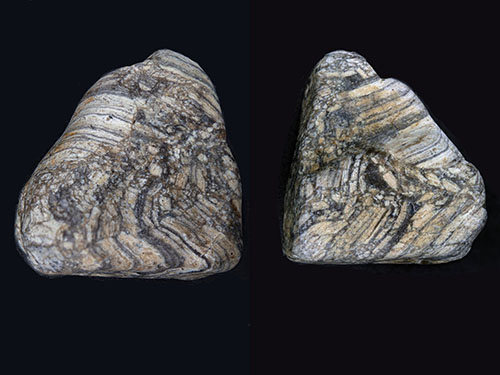 |
| Click on Image for High Resolution Version |
Click on Image for High Resolution Version |
Click on Image for High Resolution Version |
| |
|
|
 |
 |
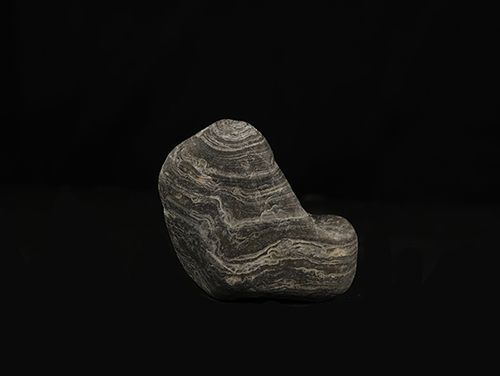 |
| Click on Image for High Resolution Version |
Click on Image for High Resolution Version |
Click on Image for High Resolution Version |
| |
|
|
| |
Awesome sample! Once again, this is usually only seen in an outcrop. Here you see complete folds seen in a rock sample. Nicely done Nature! |
|
| |
|
|
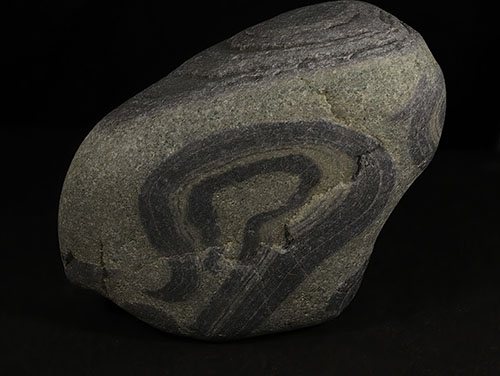 |
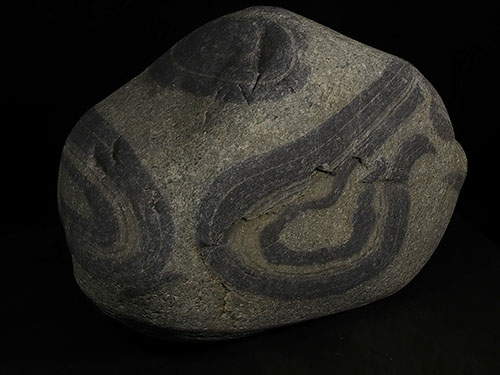 |
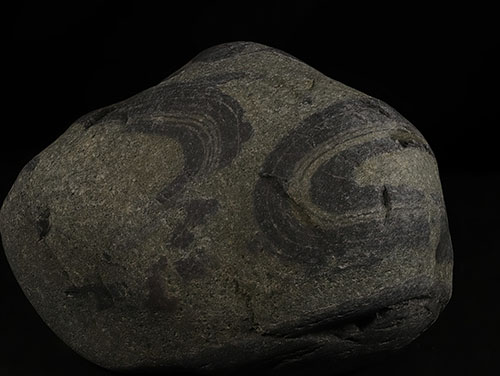 |
| Click on Image for High Resolution Version |
Click on Image for High Resolution Version |
Click on Image for High Resolution Version |
| |
|
|
| |
So far, this is my favorite sample (3 views on this row). I posted this to numerous sites, and also talked to the prof who was teachimg I course I was attending. The conclusion is that sediments was mostly sand. Then something happened to destroy mud cracks and intermingle them with the sand. I am amazed! |
|
| |
|
|
|
|
|
| |
|
|
|
|
|
| |
|
|
| |
CROSS BEDDING |
|
| |
|
|
| |
This sedimentary feature is usually seen in sand dunes. Supposedly what you are viewing is a fossilized sand dune! |
|
| |
|
|
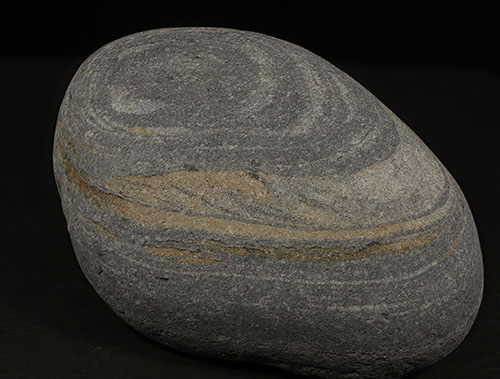 |
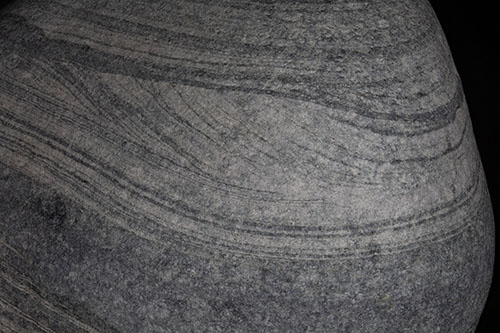 |
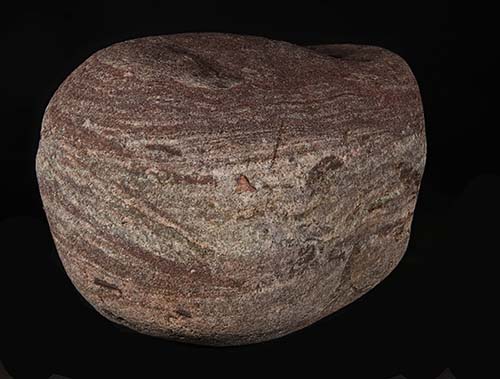 |
| Click on Image for High Resolution Version |
Click on Image for High Resolution Version |
Click on Image for High Resolution Version |
| |
|
|
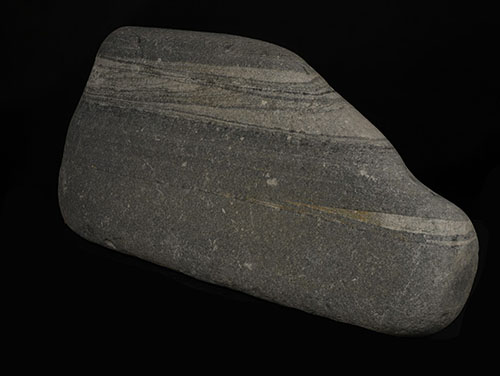 |
|
|
| Click on Image for High Resolution Version |
Click on Image for High Resolution Version |
Click on Image for High Resolution Version |
| |
|
|
| |
|
|
| |
|
|
| |
|
|
|
|
|
| |
|
|
|
|
|
| |
UNIQUE SEDIMENTARY STRUCTURES |
|
| |
|
|
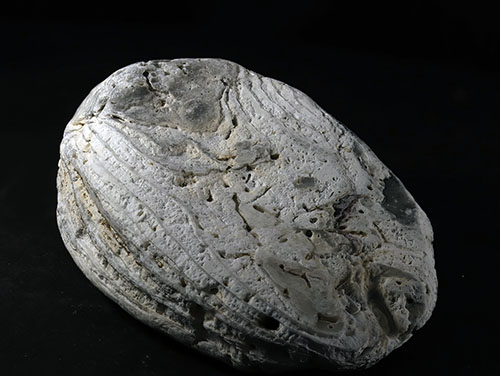 |
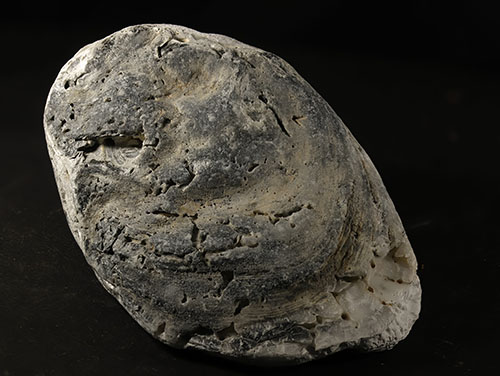 |
 |
| Click on Image for High Resolution Version |
Click on Image for High Resolution Version |
Click on Image for High Resolution Version |
I assume the sample (above and above right) is a shell, possibly a mussle. It is so altered that I can't be sure. |
|
|
| |
|
|
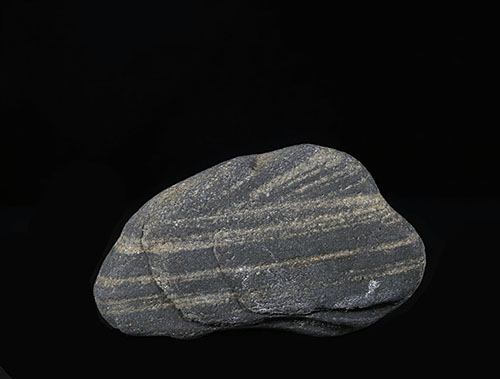 |
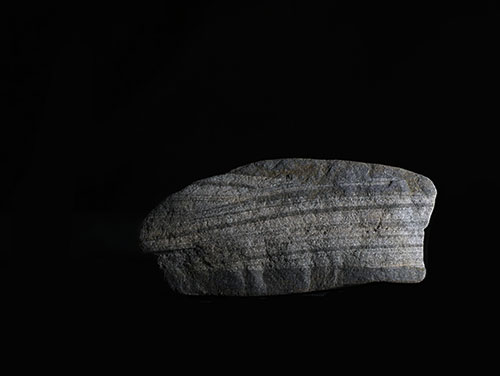 |
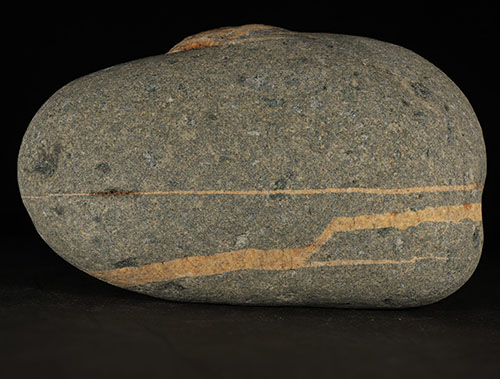 |
| Click on Image for High Resolution Version |
Click on Image for High Resolution Version |
Click on Image for High Resolution Version |
| |
|
|
This sample should probably be flipped 180 degrees to show how it would appear if it was a rock outcrop instead of a small beach stone. The feature is called an angular unconformity. |
Another example of an angular unconformity. |
|
|
|
|
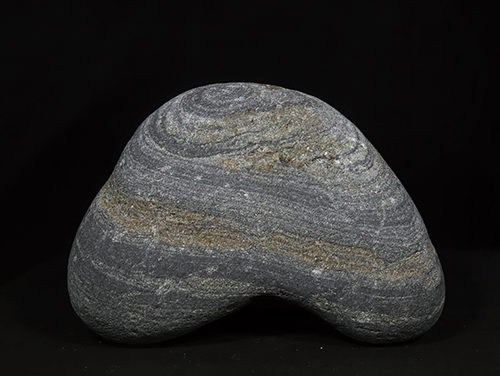 |
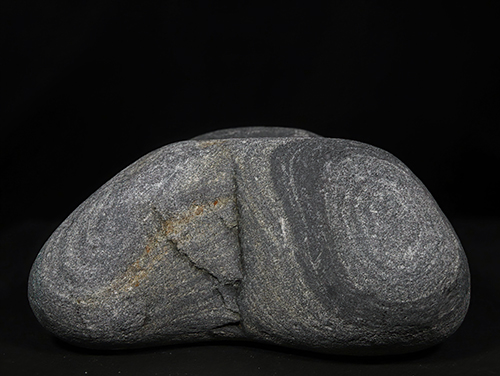 |
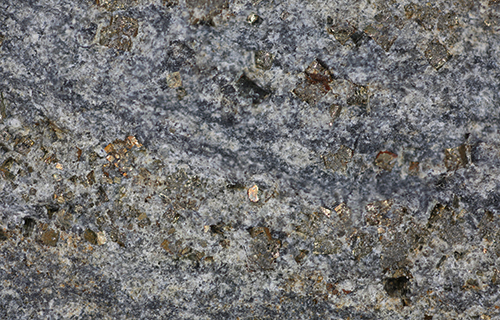 |
| |
This is an incredible sample! The reason why I collected it was for the two displays of circular layers. Then I got it home and saw the angular unconformity (left image). On closer examination of the unconformity I saw gold crystals that I think are pyrite (right image). |
|
| |
|
|
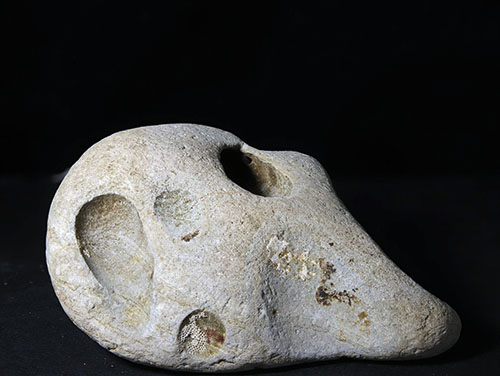 |
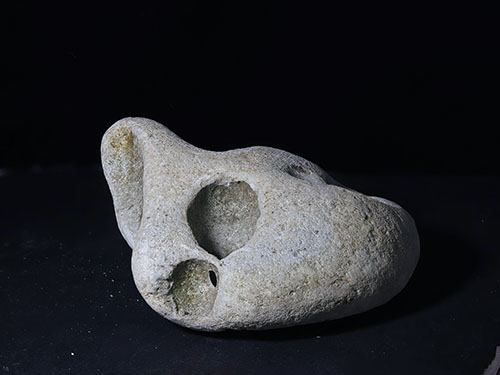 |
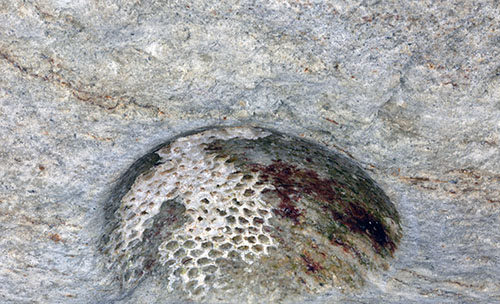 |
| Click on Image for High Resolution Version |
Click on Image for High Resolution Version |
Click on Image for High Resolution Version |
| |
The obvious question is "How did the holes get in the sample (left, above, and right)? I don't know. A great website what causes holes in rocks at the beach - Lisbdnet.com suggests that a bivalve called a piddock, might be the answer. what causes holes in rocks at the beach - Lisbdnet.comisit the website to see all the possible causes. |
|
| |
|
|
|
|
|
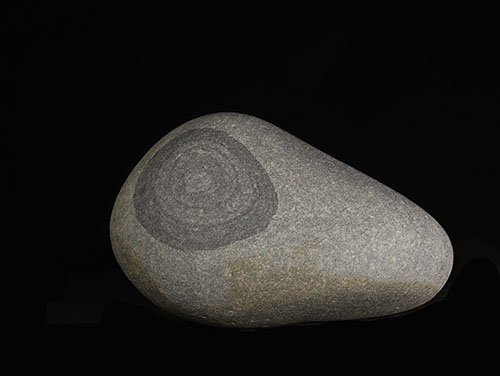 |
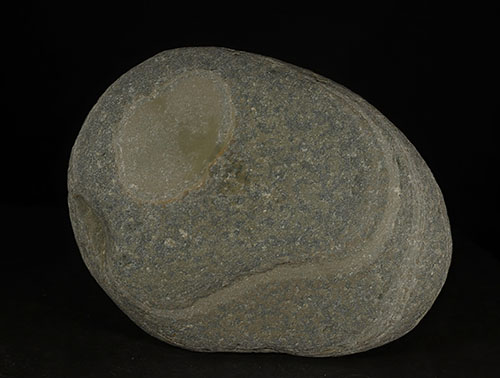 |
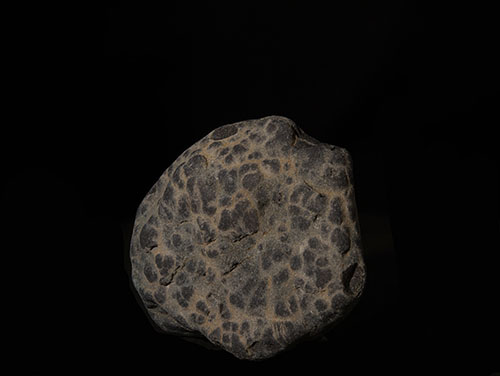 |
| Click on Image for High Resolution Version |
Click on Image for High Resolution Version |
Click on Image for High Resolution Version |
The structures on the top are called Liesegang Rings. This is the second time I have seen them in a single rock sample. Usually they are seen in large outcrops. |
|
I am confused with this sample. It could be an igneous basalt, but I can't explain the weathering pattern. |
|
|
|
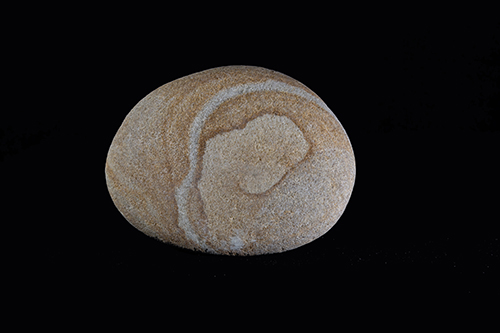 |
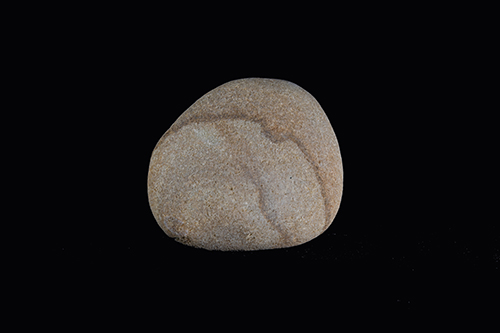 |
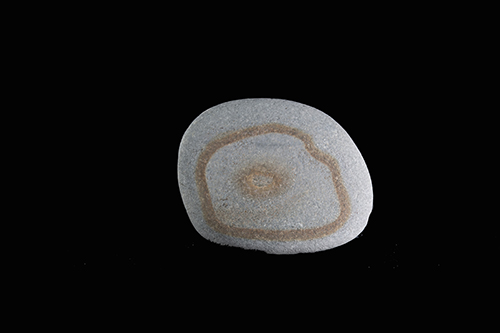 |
| |
|
|
| |
|
|
| |
|
|
| |
|
|
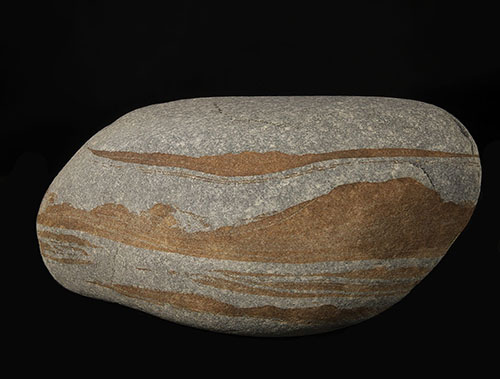 |
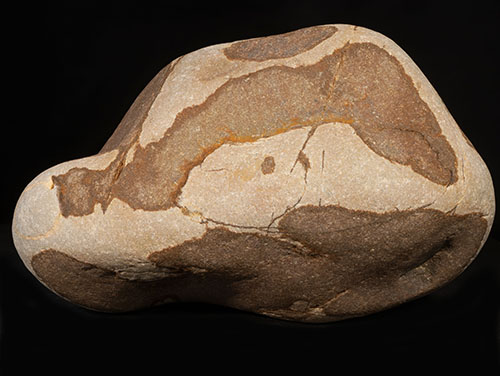 |
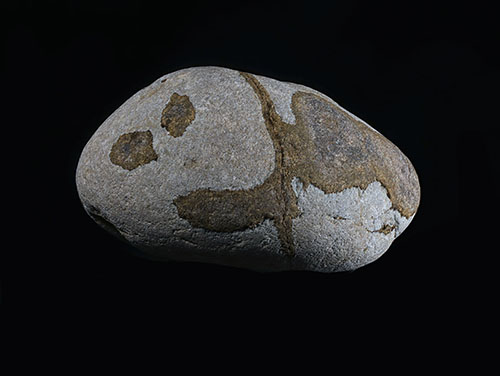 |
|
|
|
| Click on Image for High Resolution Version |
Click on Image for High Resolution Version |
Click on Image for High Resolution Version |
| |
|
|
| |
I assume the rocks are sandstone. The dark tan structures are spectacular! |
|
| |
|
|
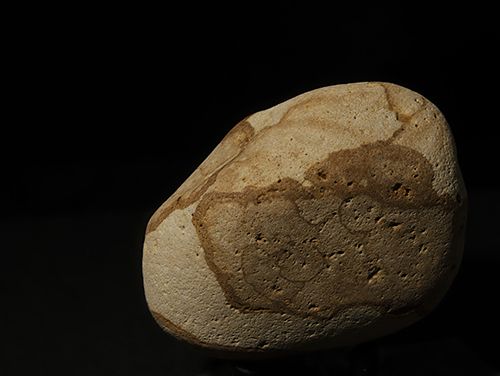 |
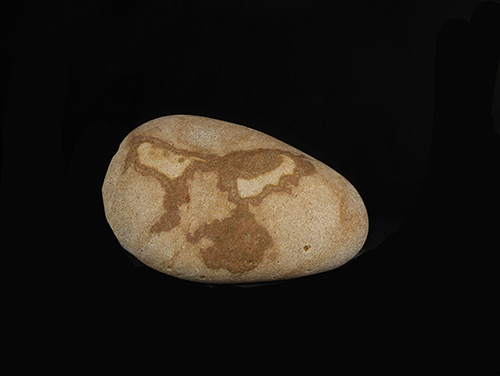 |
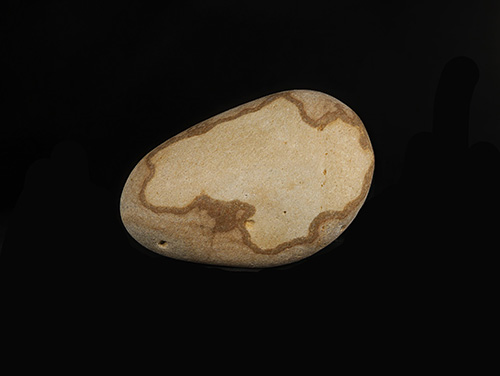
|
| Click on Image for High Resolution Version |
Click on Image for High Resolution Version |
Click on Image for High Resolution Version |
| |
|
|
| |
Two views (above and right) of the same sample. There are truly unique structures in this sample. |
|
| |
|
|
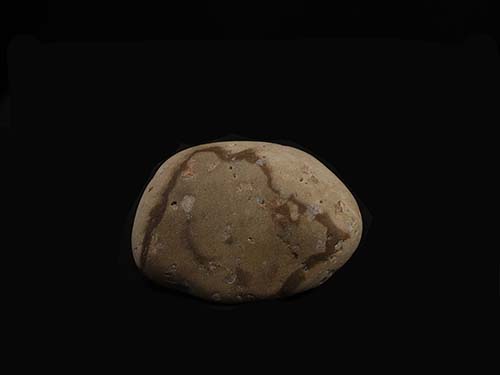 |
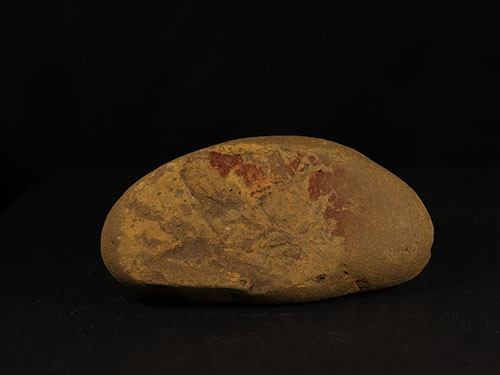 |
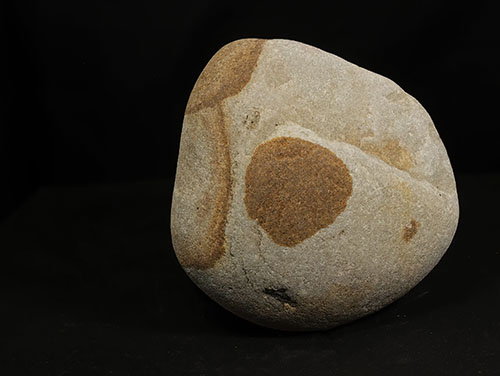 |
| Click on Image for High Resolution Version |
Click on Image for High Resolution Version |
Click on Image for High Resolution Version |
| |
|
|
| |
|
|
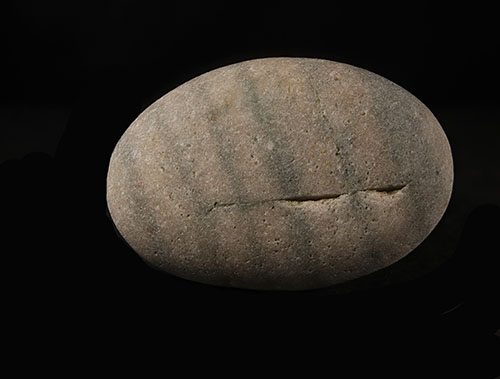 |
 |
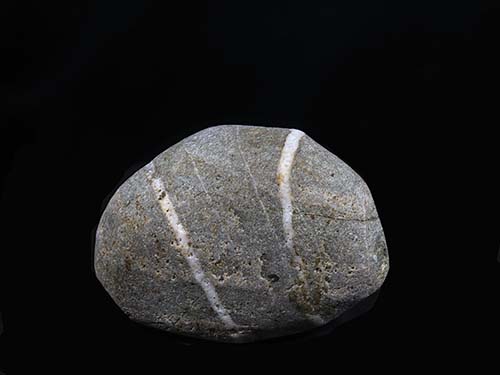 |
| Click on Image for High Resolution Version |
Click on Image for High Resolution Version |
Click on Image for High Resolution Version |
| |
|
|
Is this a sedimentary rock? Excellent question! It is very confusing. The matrix says extrusive igneous, but then there are those parallel lines! |
As I was walking Black Rock Beach, I stopped because I saw it as being different. At first glance it looks like a fine grained shale changing to a breccia, and then back to a fine grained. But when I examined the "breccia" I noticed that all of the samples were the same color, and many had an "organic" shape. Could we be looking at fossils here? The results are mixed. |
This one is definitely a puzzle. There could be layers, or the "layers" are just a weathering feature, and the sample is really igneous!
|
| |
|
|
|
|
|
| |
|
|
|
|
|
| |
|
|
| |
|
|
|
IGNEOUS ROCKS |
|
| |
On one level igneous rocks are easy to understand. They form in only one way - molten material (liquid) cools and forms a solid. If the molten material, lava, cools quickly, over a few hours or days, an extrusive igneous rock forms with microscopic or no crystals showing. If the molten material, magma, cools slowly over hundreds or thousands of years, an intrusive igneous rock forms with visible crsytals. That is where the easy part ends. The molten material be it lava or magma is a liquid. Because of that the ingredients can be greatly varied. If the molten material was created deep in the earth, the indvidual minerals that will eventually cool to form the crystals will be heavy, and the rock will be dark. If the liquid is near the surface, the minerals will be light and light colored minerals will grow crystals. Because the molten material is a liquid there is great variation in the contents, and there can be a combination of light and heavy minerals. Then . . . well, it gets even more complicated. |
|
| |
|
|
|
INTRUSIVE |
|
| |
|
|
| |
Intrusive igneous rocks are the easiest to identify. They cool slowly and create visible crystals. The crystals are scattered at random in the sample. |
|
| |
|
|
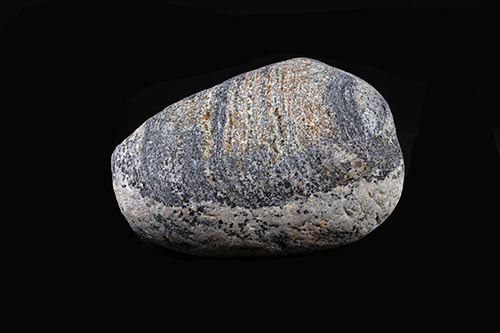 |
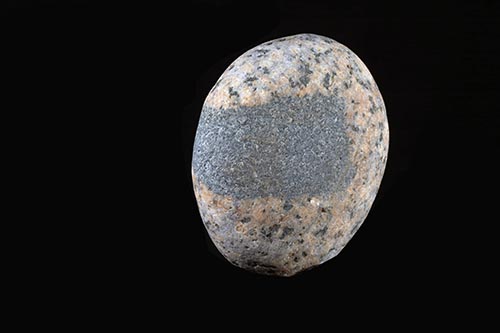 |
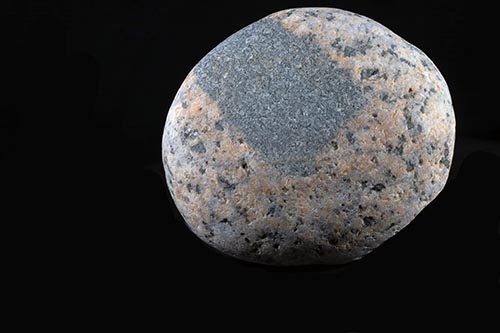 |
This looks like a granite with a basalt(?) vein. Then something happened to the basalt!
|
This (above and right above) is an incredible sample! The black inclusion is so unique. How did this happen? |
|
| |
|
|
| |
|
|
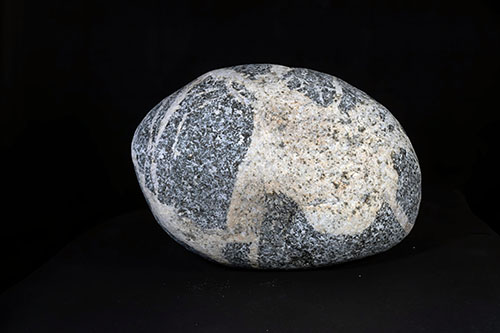 |
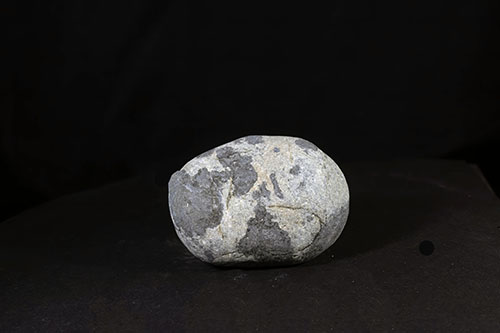 |
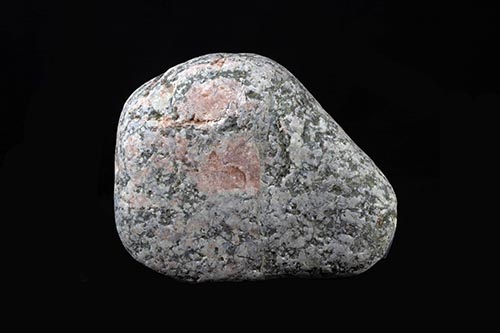 |
| Click on Image for High Resolution Version |
Click on Image for High Resolution Version |
Click on Image for High Resolution Version |
| |
|
|
| |
|
|
| |
|
|
 |
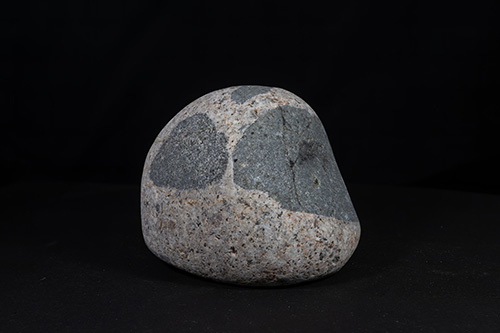 |
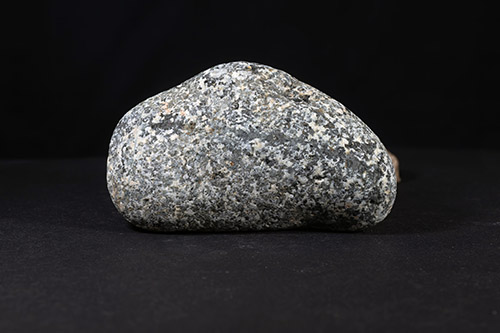 |
| Click on Image for High Resolution Version |
Click on Image for High Resolution Version |
Click on Image for High Resolution Version |
I was at a loss as to where to put this sample (above and right).
To me itis intrusive with HUGE inclusions. |
|
|
| |
|
|
| |
|
|
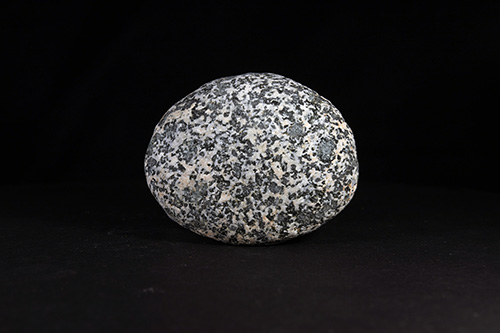 |
 |
 |
| Click on Image for High Resolution Version |
Click on Image for High Resolution Version |
Click on Image for High Resolution Version |
| |
|
Does this sample cross the line into the "Metamorphic" classification, or was the magma flowing freely as the crystals formed? |
| |
|
|
| |
|
|
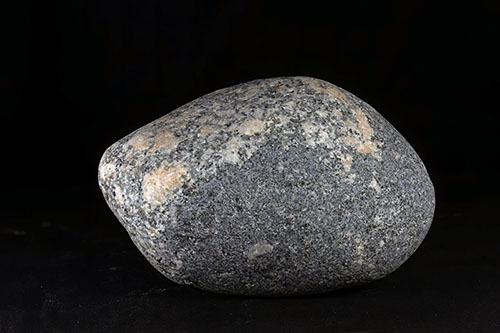 |
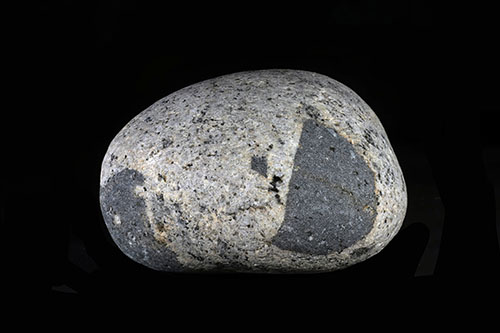 |
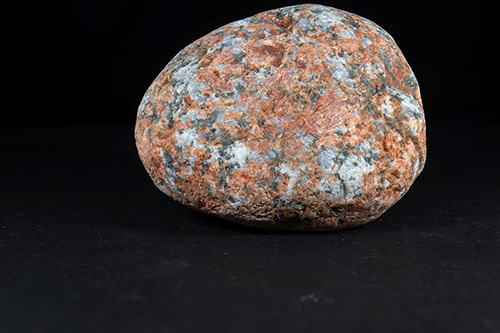 |
| Click on Image for High Resolution Version |
Click on Image for High Resolution Version |
Click on Image for High Resolution Version |
I didn't know where to put this sample. Is it an extrusive with an intrusive vein, or the opposite?
|
I have the same problem with this sample. It is a borderline intrusive with huge extrusive inclusions. There must be a great story here. |
|
| |
|
|
| |
|
|
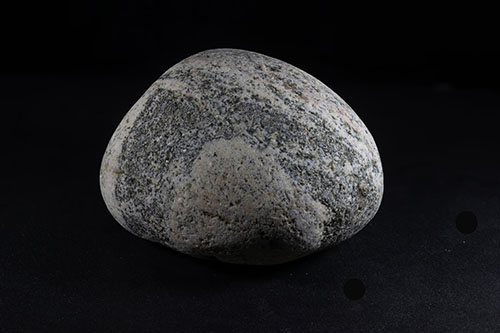 |
500.jpg) |
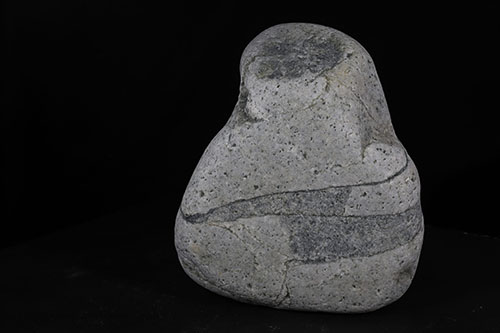 |
| Click on Image for High Resolution Version |
Click on Image for High Resolution Version |
Click on Image for High Resolution Version |
| |
|
|
| |
|
|
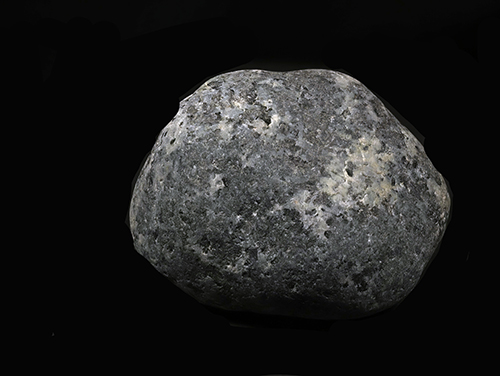 |
 |
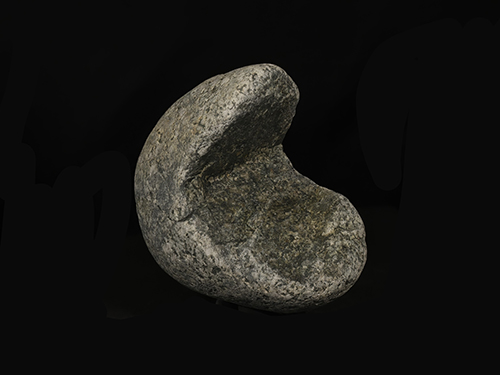 |
| Click on Image for High Resolution Version |
Click on Image for High Resolution Version |
Click on Image for High Resolution Version |
| |
|
|
| |
|
|
| |
|
|
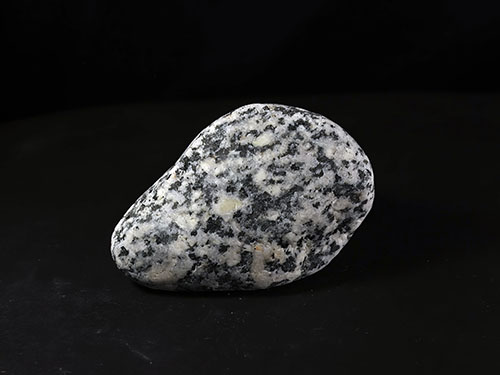 |
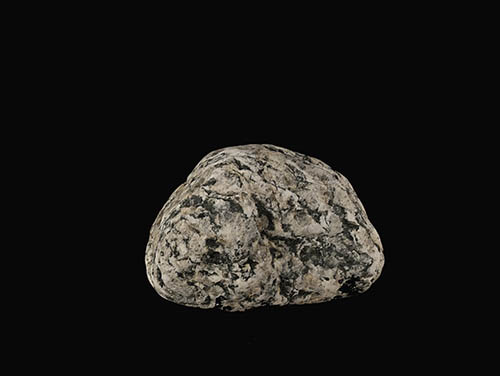 |
 |
| Click on Image for High Resolution Version |
Click on Image for High Resolution Version |
Click on Image for High Resolution Version |
| |
|
|
| |
|
I don't know which of the two intrusive rocks came first and included the other. It is a very complicated sample. |
| |
|
|
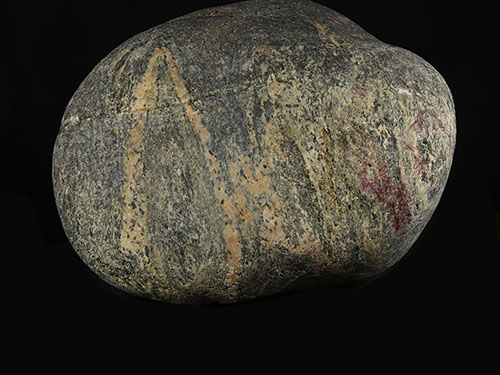 |
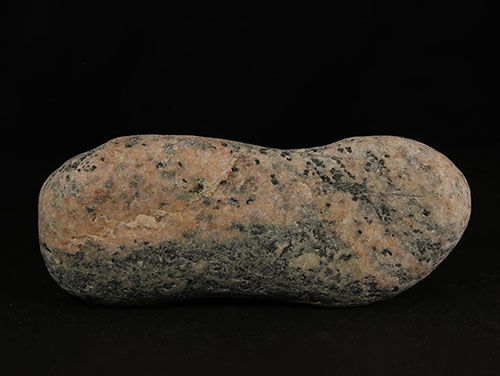 |
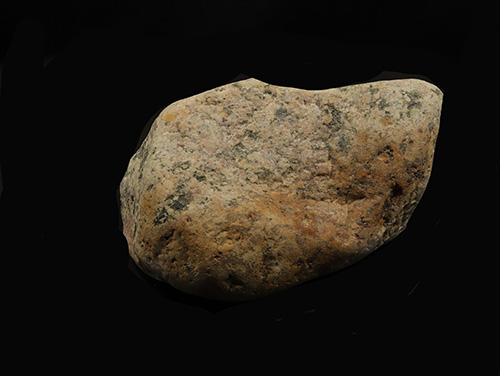 |
| Click on Image for High Resolution Version |
Click on Image for High Resolution Version |
Click on Image for High Resolution Version |
| |
|
|
| |
|
|
| |
|
|
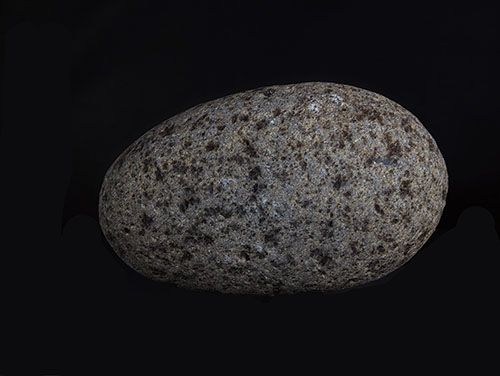 |
 |
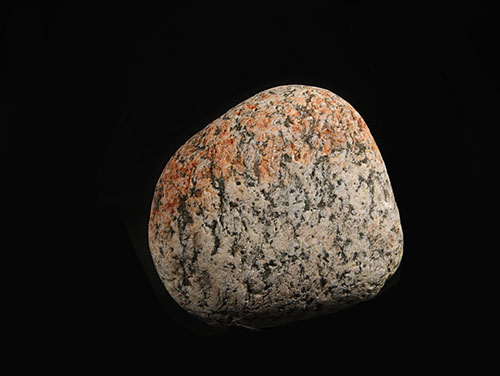 |
| Click on Image for High Resolution Version |
Click on Image for High Resolution Version |
Click on Image for High Resolution Version |
| |
|
|
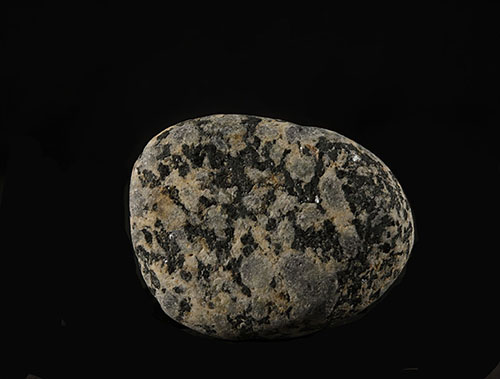 |
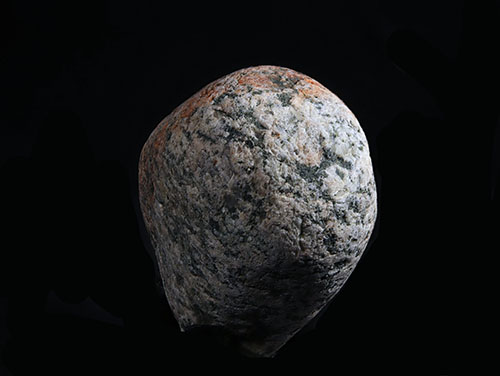 |
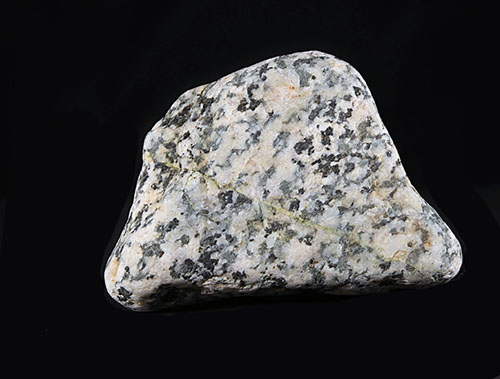 |
| Click on Image for High Resolution Version |
Click on Image for High Resolution Version |
Click on Image for High Resolution Version |
| |
|
|
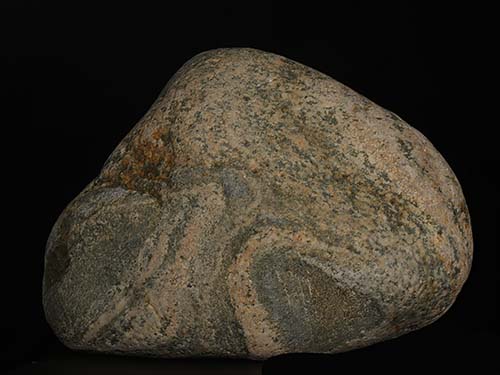 |
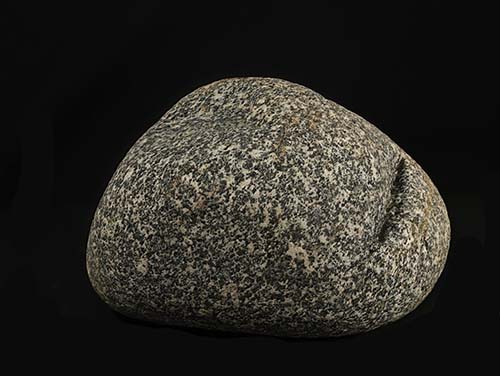 |
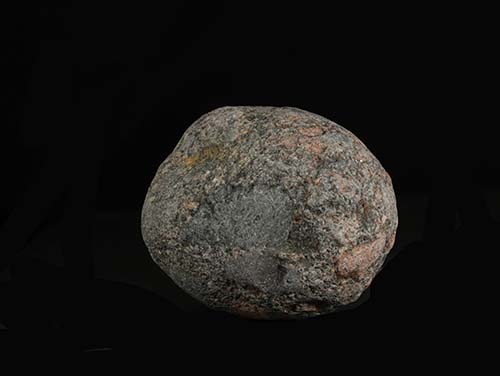 |
| Click on Image for High Resolution Version |
Click on Image for High Resolution Version |
Click on Image for High Resolution Version |
| |
|
|
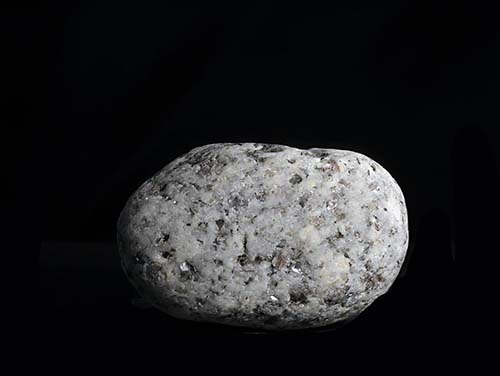 |
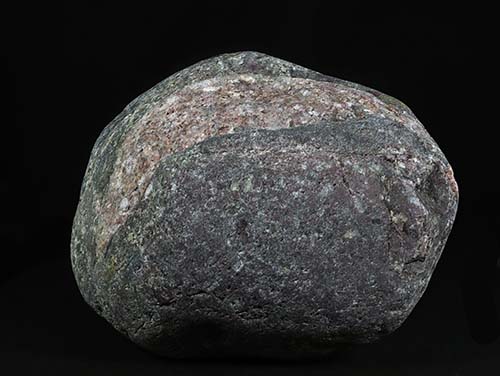
|
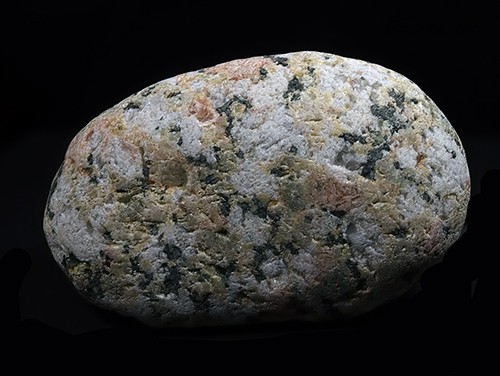 |
| Click on Image for High Resolution Version |
Click on Image for High Resolution Version |
Click on Image for High Resolution Version |
| |
|
|
| |
|
|
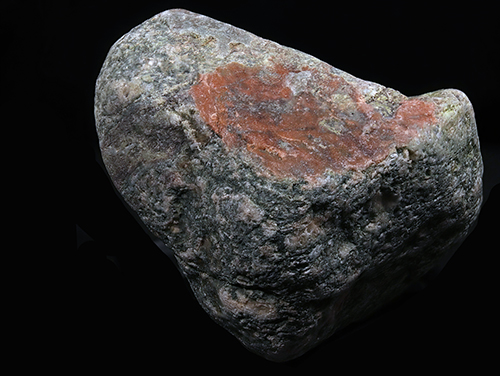 |
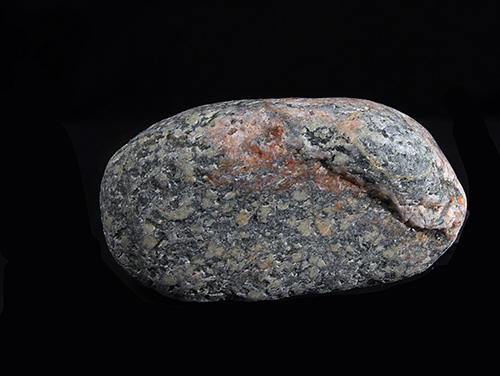 |
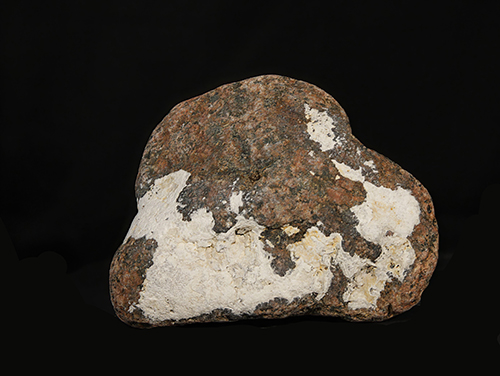 |
| Click on Image for High Resolution Version |
Click on Image for High Resolution Version |
Click on Image for High Resolution Version |
| |
|
So what is the white material? This shows up in several other samples. I assume it's organic, but I can't identify the source. Maybe it/they are Bryozoa. |
 |
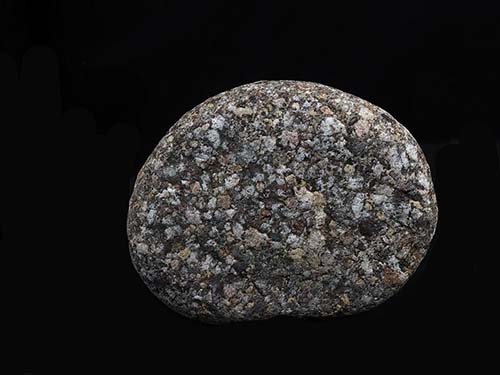 |
 |
| Click on Image for High Resolution Version |
Click on Image for High Resolution Version |
Click on Image for High Resolution Version |
| |
|
I didn't know where to put this sample. Does the intrusive part dominate, or the extrusive? |
| |
|
|
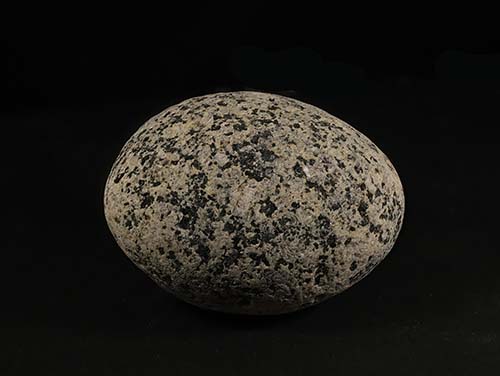 |
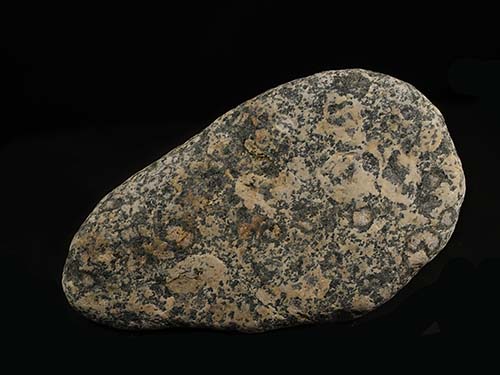 |
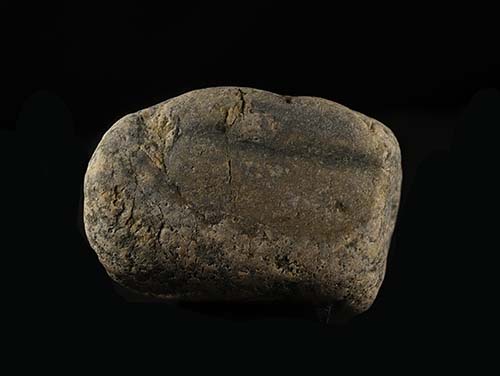 |
| Click on Image for High Resolution Version |
Click on Image for High Resolution Version |
Click on Image for High Resolution Version |
| |
|
|
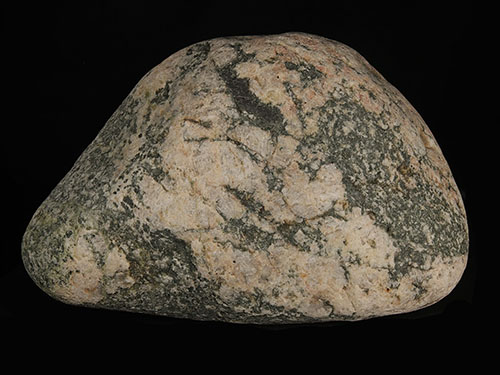 |
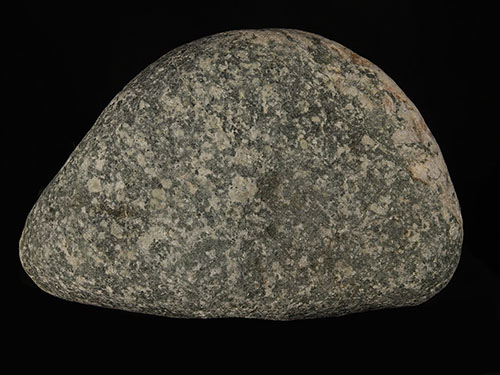 |
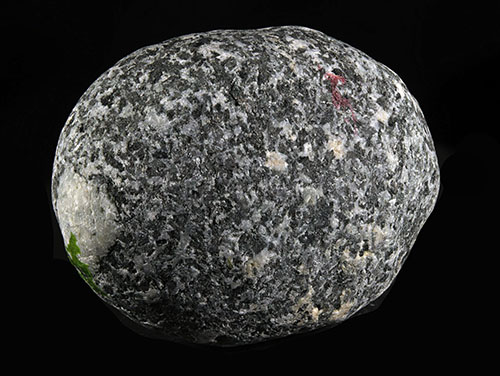 |
| Click on Image for High Resolution Version |
Click on Image for High Resolution Version |
Click on Image for High Resolution Version |
| This sample (above and right) was so difficult. I assume it's a typical intrusive sample (right) , but on the other side (above) there is a broken quartz vein. |
|
|
| |
|
|
 |
 |
 |
| Click on Image for High Resolution Version |
Click on Image for High Resolution Version |
Click on Image for High Resolution Version |
| |
|
|
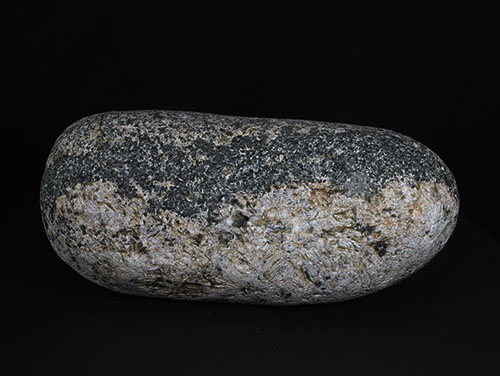 |
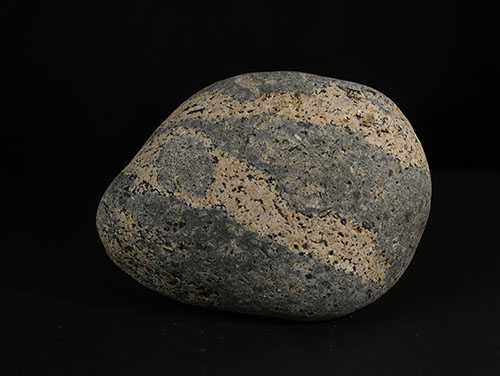 |
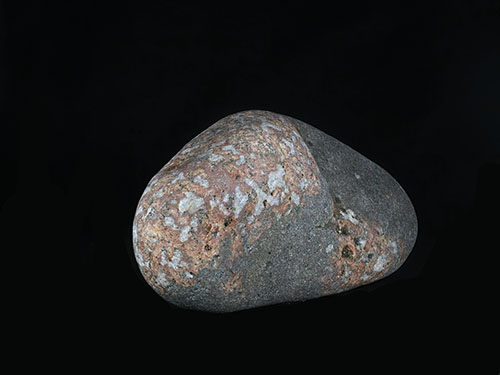 |
| Click on Image for High Resolution Version |
Click on Image for High Resolution Version |
Click on Image for High Resolution Version |
| |
|
|
 |
 |
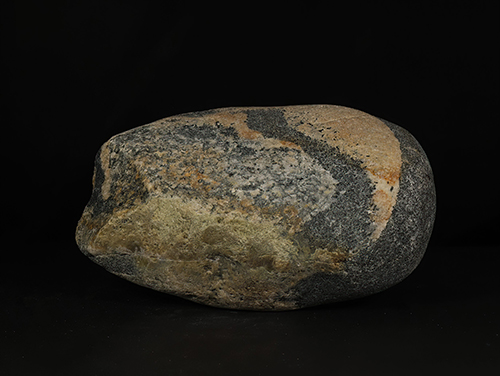 |
| Click on Image for High Resolution Version |
Click on Image for High Resolution Version |
Click on Image for High Resolution Version |
| |
I had a tough time wth this one. Is this igneous or metamorphic? The crystals obviously make it igneous, but then the are aligned like a gneiss. |
I didn't have a clue as to where to post this sample. There is so much happening here! |
| |
|
|
|
|
|
|
|
|
|
|
|
| |
|
|
| |
A porphyry is generally defined as an igneous rock that contains crystals of two very different sizes. It can be visible crystals surrounded by very large visible crystals, or a fine grained matrix with large crystals. |
|
| |
|
|
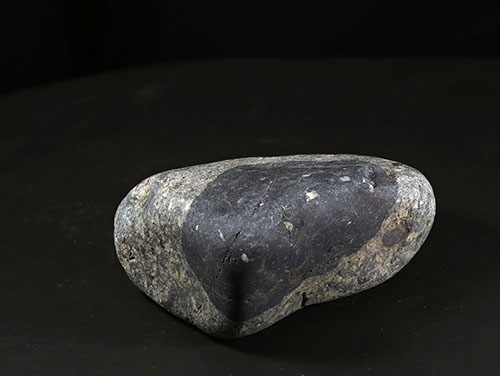 |
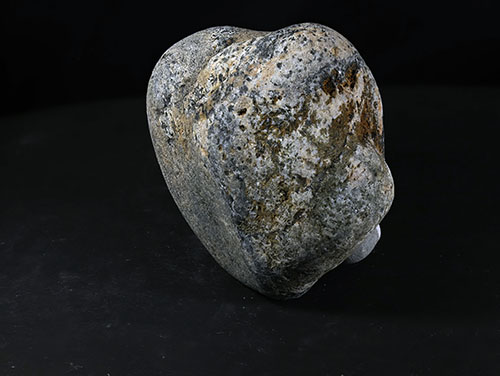 |
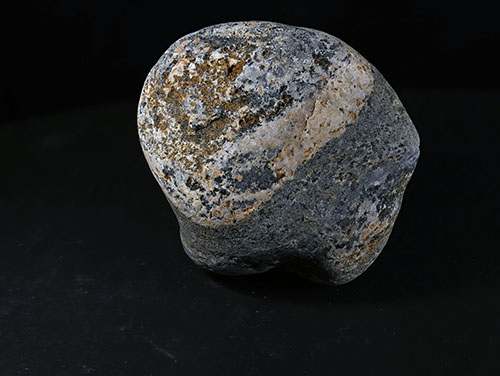 |
| Click on Image for High Resolution Version |
Click on Image for High Resolution Version |
Click on Image for High Resolution Version |
| |
|
|
| |
|
|
| |
|
|
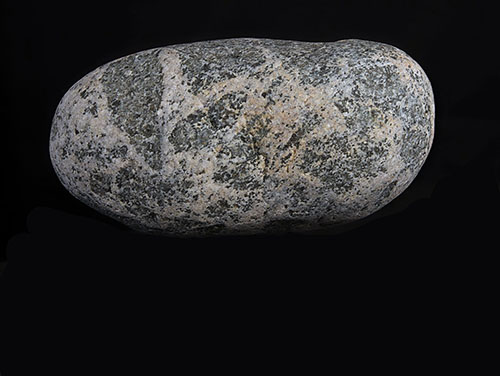 |
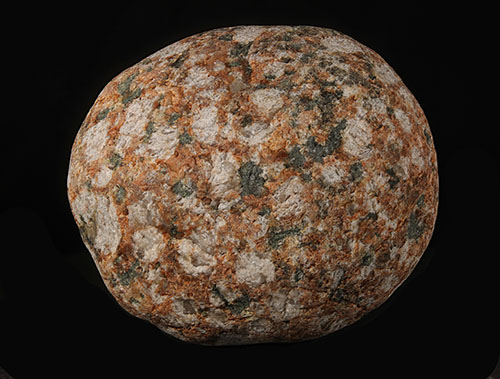 |
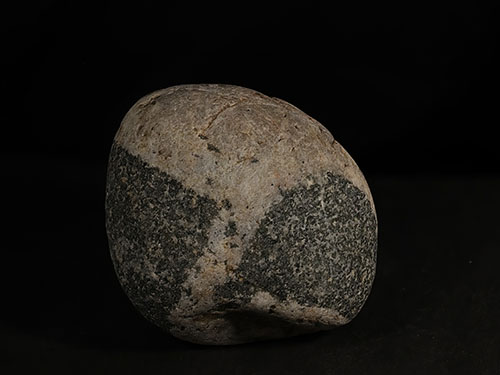 |
| Click on Image for High Resolution Version |
Click on Image for High Resolution Version |
Click on Image for High Resolution Version |
| |
|
|
| |
|
|
 |
 |
 |
| Click on Image for High Resolution Version |
Click on Image for High Resolution Version |
Click on Image for High Resolution Version |
| |
|
|
| |
|
|
| |
|
|
| |
|
|
|
|
|
|
|
|
|
|
|
| |
INTRUSIVE WITH VEIN(S) |
|
| |
|
|
| |
Sometime during the history of the rock a crack opened and a different material (usually quartz) went into the crack and solidified. |
|
| |
|
|
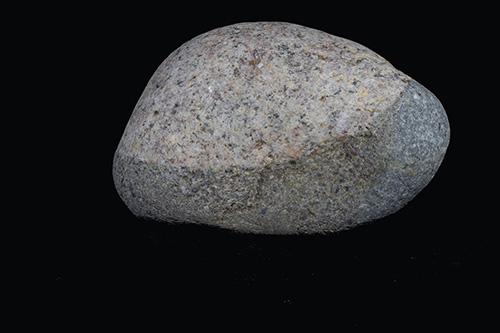 |
|
|
| Click on Image for High Resolution Version |
Click on Image for High Resolution Version |
Click on Image for High Resolution Version |
| |
|
|
| |
|
|
| |
|
|
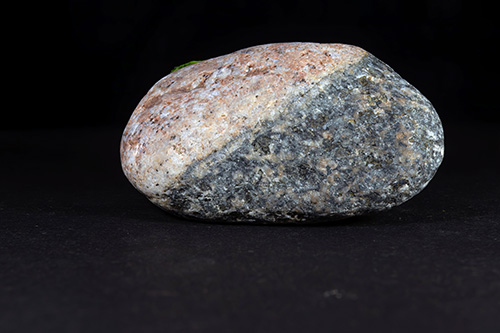 |
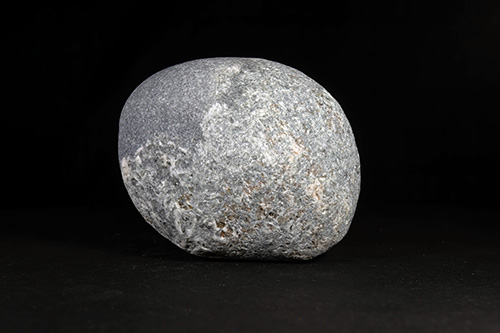 |
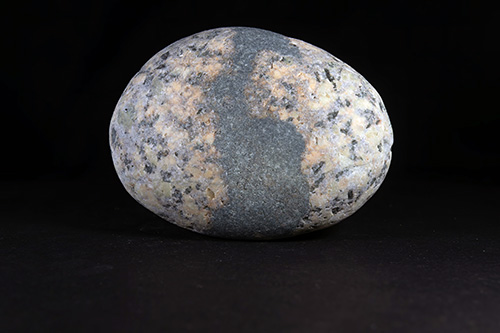 |
| Click on Image for High Resolution Version |
Click on Image for High Resolution Version |
Click on Image for High Resolution Version |
So which is the main body, and which is the vein? |
|
|
| |
|
|
| |
|
|
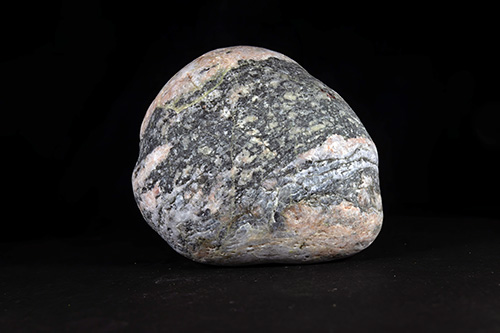 |
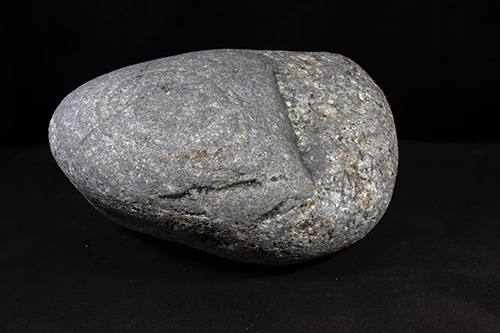 |
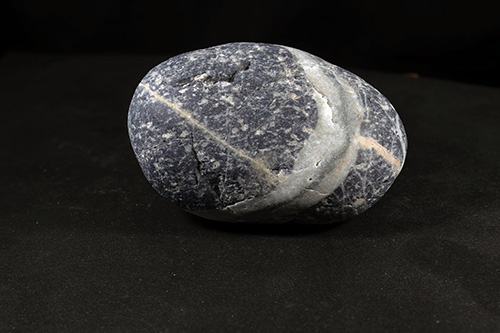 |
| Click on Image for High Resolution Version |
Click on Image for High Resolution Version |
Click on Image for High Resolution Version |
| |
Usually this is simple - a coarse-grained intrusive rock with a fine-grained extrusive cutting through it. But here the fine-gained has layers! Could this be a sedimentary rock sitting on the igneous? Could the intrusive be the vein cutting through the sedimentary? |
|
| |
|
|
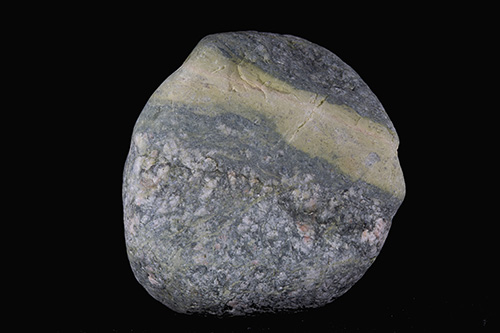 |
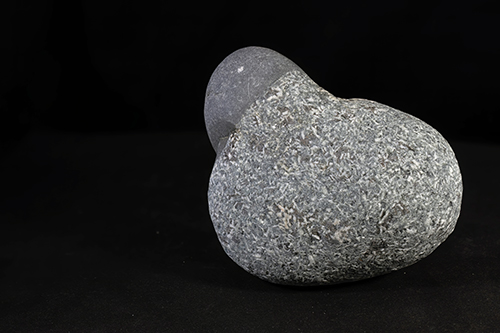 |
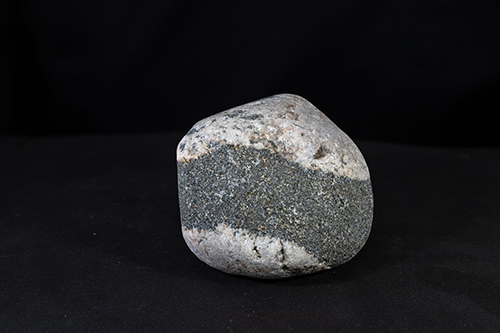 |
| Click on Image for High Resolution Version |
Click on Image for High Resolution Version |
Click on Image for High Resolution Version |
| |
|
|
| |
|
|
| |
|
|
 |
 |
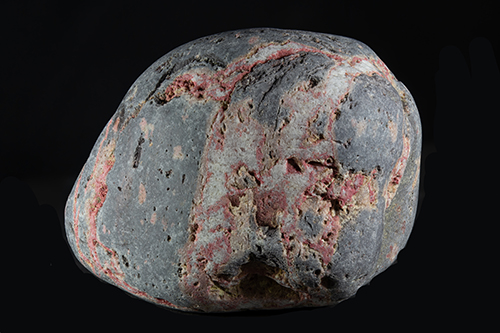 |
| Click on Image for High Resolution Version |
Click on Image for High Resolution Version |
Click on Image for High Resolution Version |
| |
|
|
| |
|
|
| |
|
|
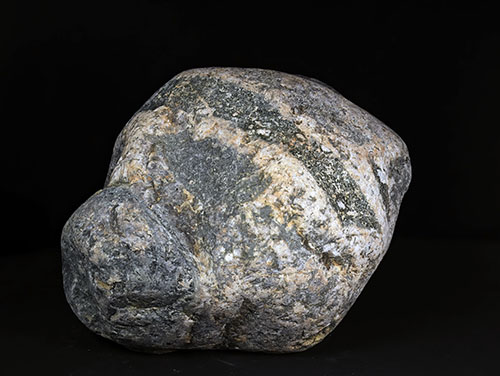 |
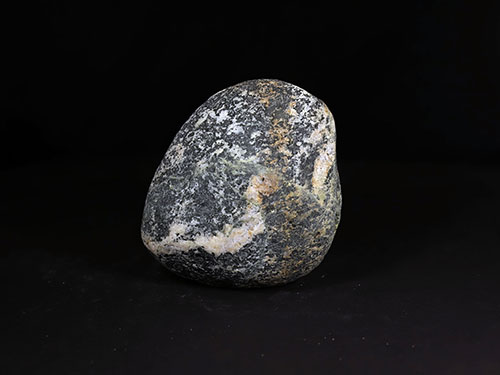 |
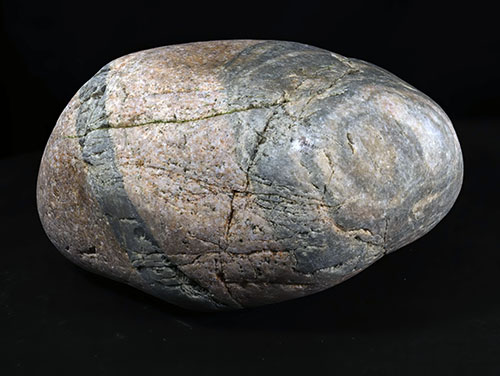 |
| Click on Image for High Resolution Version |
Click on Image for High Resolution Version |
Click on Image for High Resolution Version |
| |
|
|
| |
|
|
| |
|
|
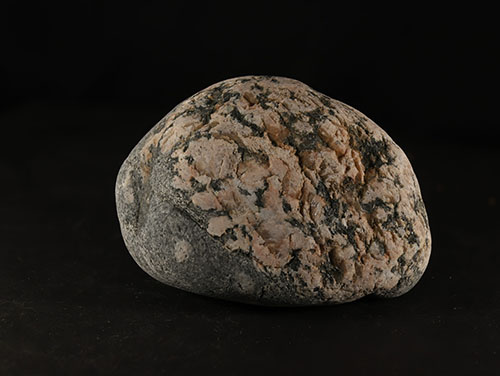 |
 |
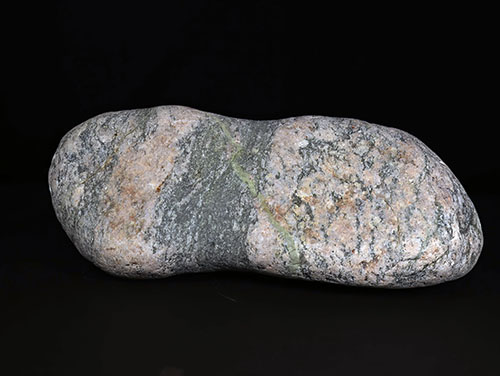 |
| Click on Image for High Resolution Version |
Click on Image for High Resolution Version |
Click on Image for High Resolution Version |
This was a real tough call as to which was the original rock and which was the vein. |
|
|
| |
|
|
| |
|
|
 |
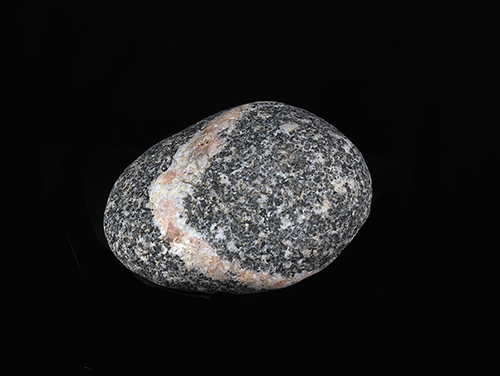 |
 |
| Click on Image for High Resolution Version |
Click on Image for High Resolution Version |
Click on Image for High Resolution Version |
| |
|
|
| |
|
|
| |
|
|
| |
|
|
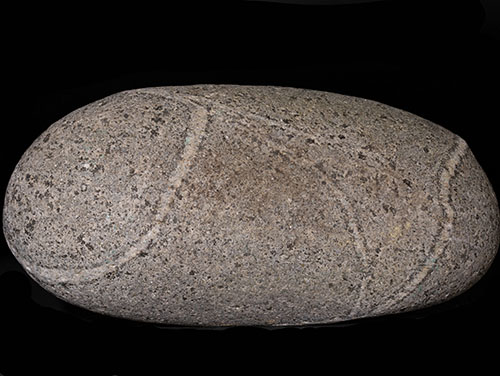 |
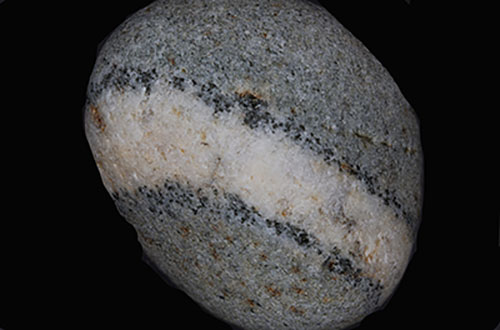 |
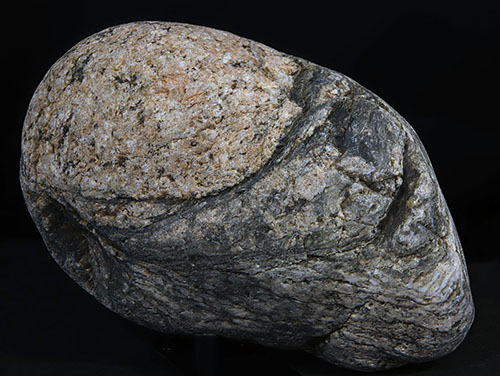 |
| Click on Image for High Resolution Version |
Click on Image for High Resolution Version |
Click on Image for High Resolution Version |
| |
What are the dark crystals on either side of the vein in the rock to the left, and the one above, and how do they form? |
|
| |
|
|
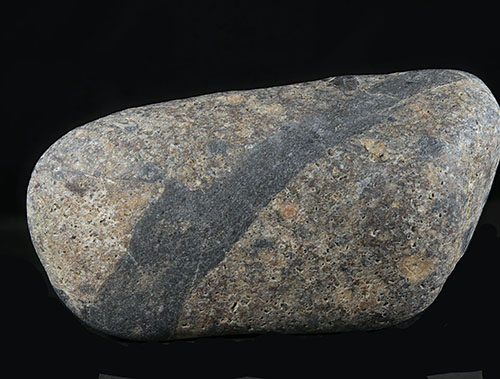 |
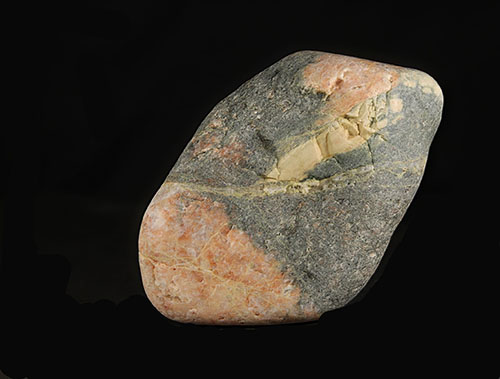 |
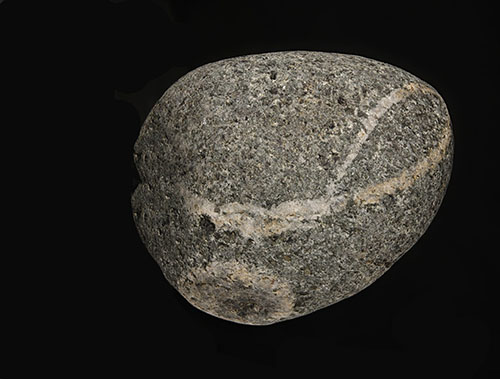 |
| Click on Image for High Resolution Version |
Click on Image for High Resolution Version |
Click on Image for High Resolution Version |
| |
|
|
This sample is very confusing. Veins are usually straight and continuous. This one isn't. I think the vein is basalt cutting through a very messy porphyry. The vein isn't continuous! It looks like one section of the vein overlaps the other. It looks like a blade of grass was wrapped around the sample. |
|
|
| |
|
|
| |
|
|
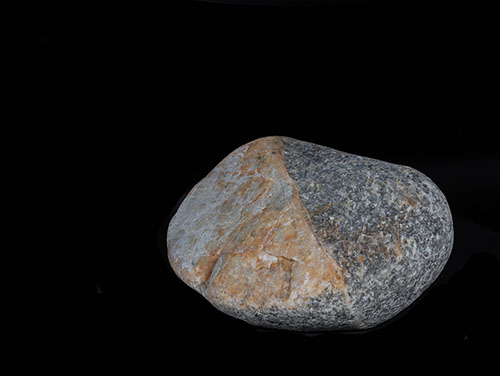 |
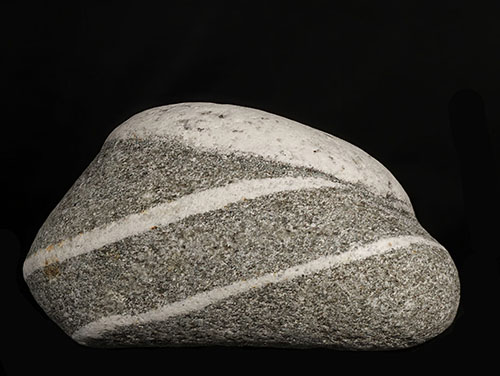 |
 |
| Click on Image for High Resolution Version |
Click on Image for High Resolution Version |
Click on Image for High Resolution Version |
| |
|
|
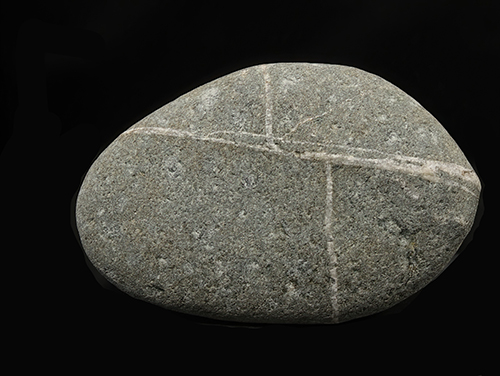 |
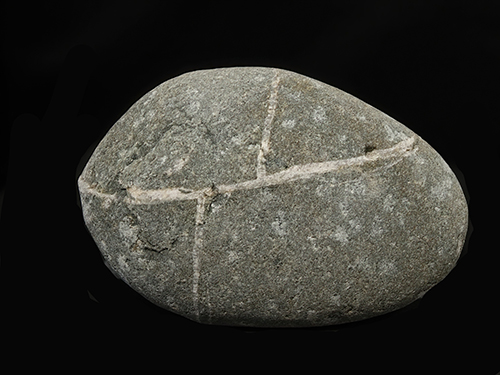 |
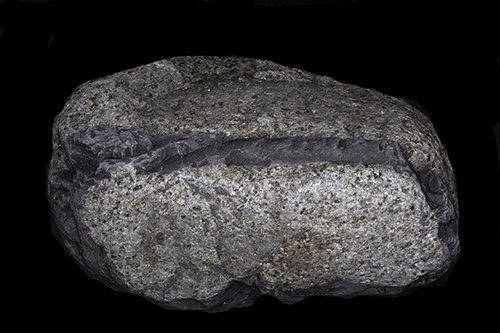 |
| Click on Image for High Resolution Version |
Click on Image for High Resolution Version |
Click on Image for High Resolution Version |
Good luck trying to figure out the history of this sample. You are looking at two sides of this porphyry with numerous quartz veins. The question is "how many quartz veins are shown here?" |
|
Usually the vein is quartz. In this particular sample I think the vein is basalt! This is another huge cobble sample. |
| |
|
|
| |
|
|
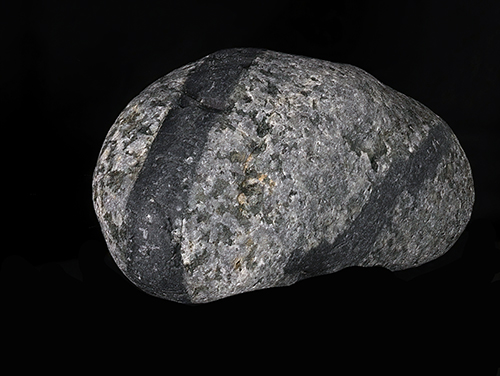 |
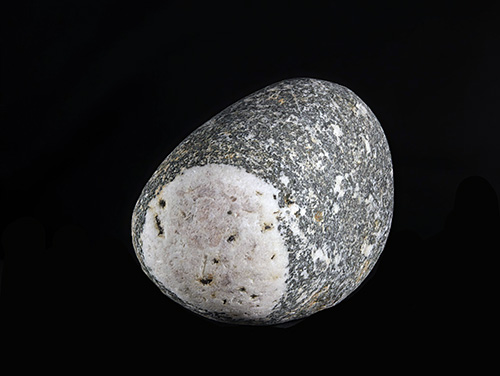 |
 |
| Click on Image for High Resolution Version |
Click on Image for High Resolution Version |
Click on Image for High Resolution Version |
| |
|
|
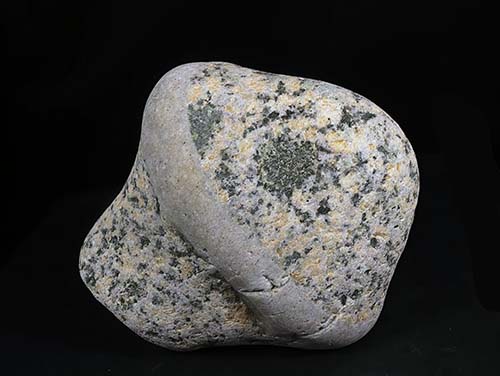 |
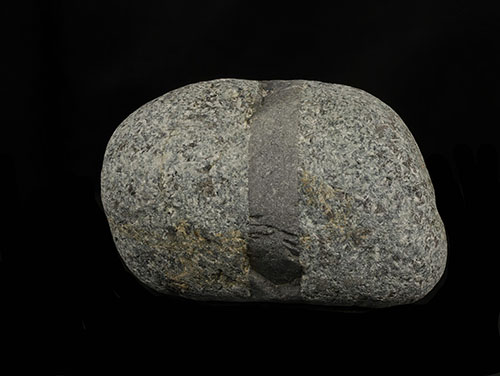 |
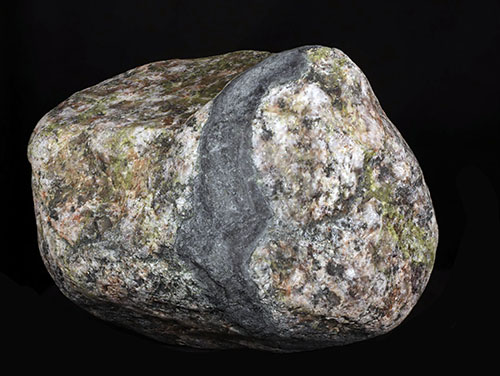 |
| Click on Image for High Resolution Version |
Click on Image for High Resolution Version |
Click on Image for High Resolution Version |
| |
|
|
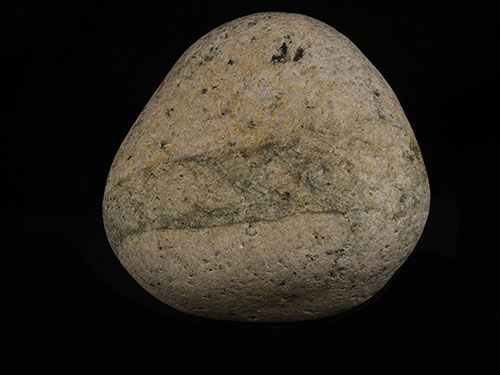 |
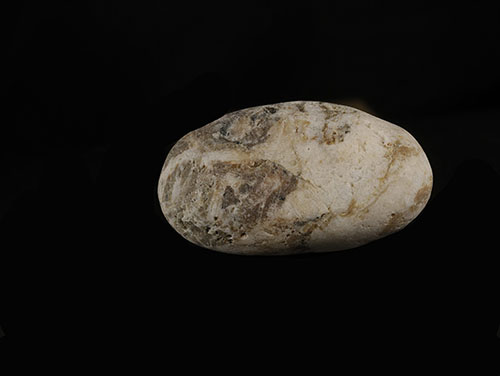 |
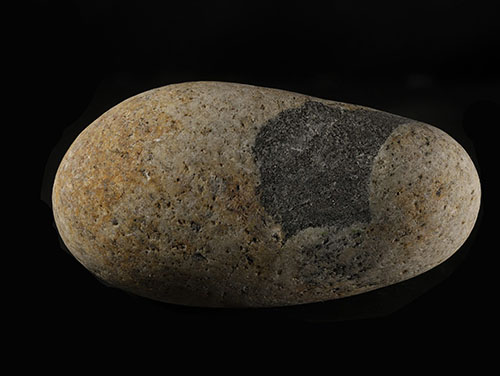 |
| Click on Image for High Resolution Version |
Click on Image for High Resolution Version |
Click on Image for High Resolution Version |
| |
I didn't know where to put this sample. Was it an intrusive sample with a quartz vein, or was it quartz with an intrusive vein? |
|
| |
|
|
 |
 |
|
| Click on Image for High Resolution Version |
Click on Image for High Resolution Version |
Click on Image for High Resolution Version |
| |
|
|
| |
|
|
|
|
|
|
|
|
|
|
|
| |
|
|
| |
|
|
| |
EXTRUSIVE |
|
| |
|
|
| |
Extrusive usually are featureless. They usually are a single color with no visible crystals. But there are exceptions! Most of the samples from Black Rock have inclusions. |
|
| |
|
|
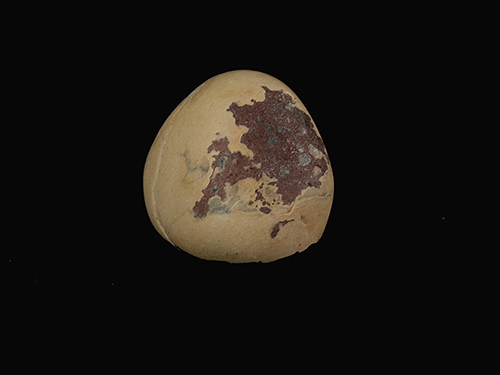 |
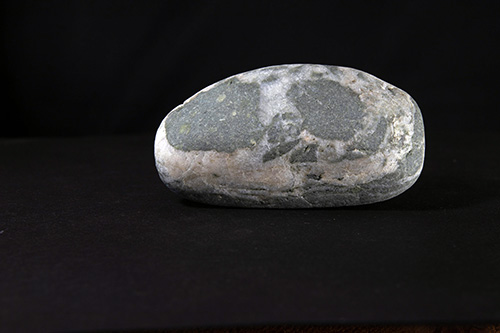 |
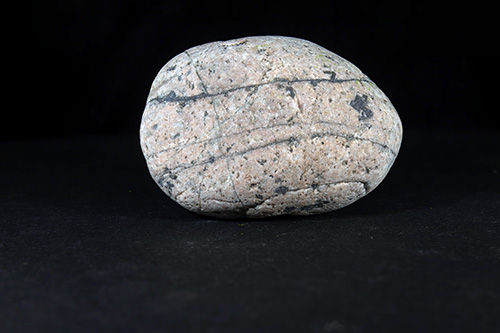 |
| Click on Image for High Resolution Version |
Click on Image for High Resolution Version |
Click on Image for High Resolution Version |
| |
|
|
| |
|
|
| |
|
|
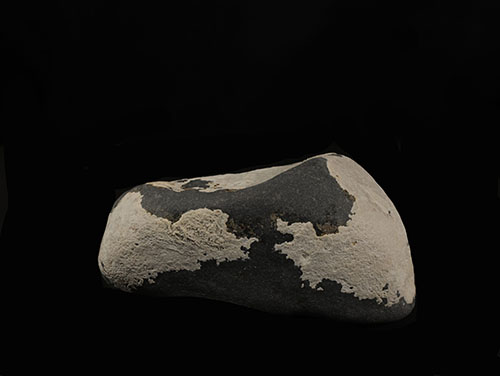 |
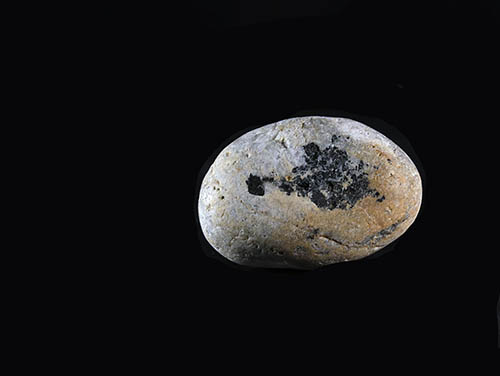 |
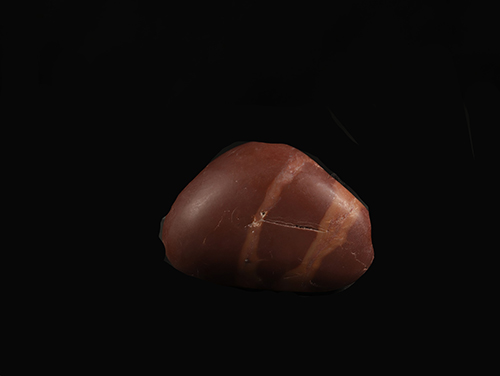 |
| Click on Image for High Resolution Version |
Click on Image for High Resolution Version |
Click on Image for High Resolution Version |
Basalt with a coating of some organic material. |
|
|
| |
|
|
| |
|
|
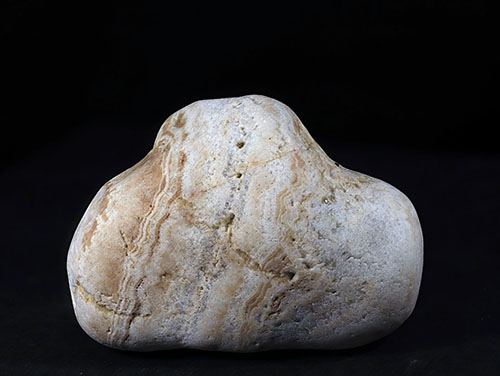 |
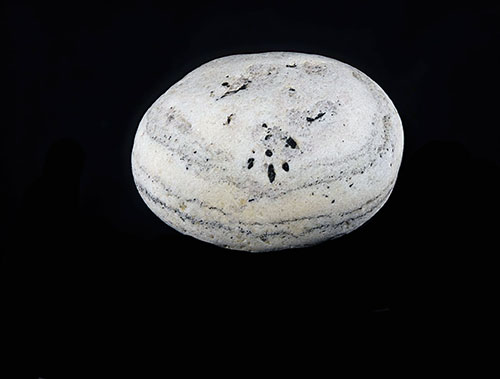 |
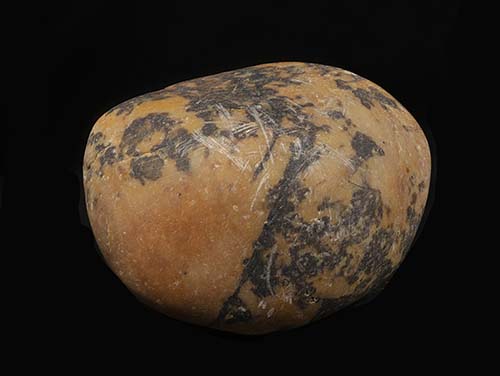 |
| Click on Image for High Resolution Version |
Click on Image for High Resolution Version |
Click on Image for High Resolution Version |
| |
|
|
I assume this is a quartz. I could be wrong. |
|
|
| |
|
|
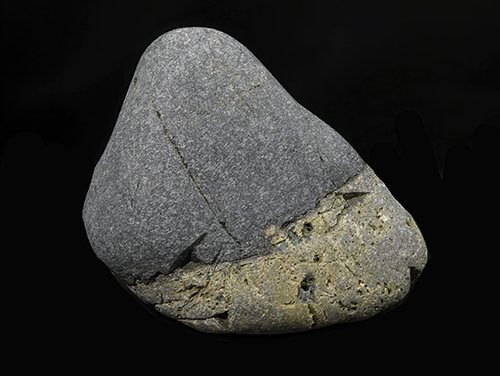 |
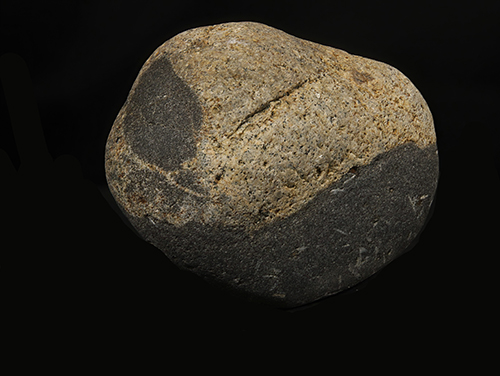 |
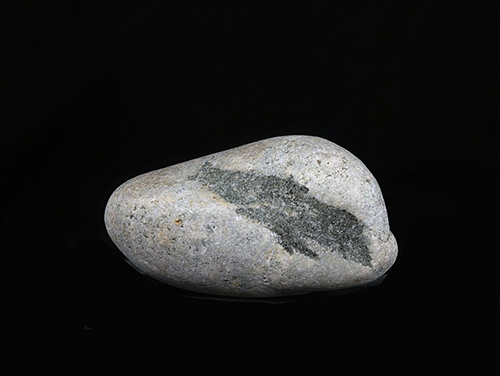 |
| Click on Image for High Resolution Version |
Click on Image for High Resolution Version |
Click on Image for High Resolution Version |
| |
|
|
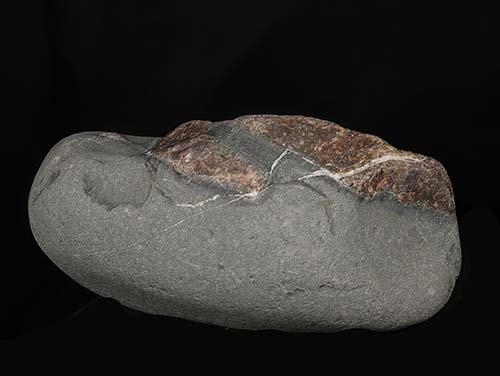 |
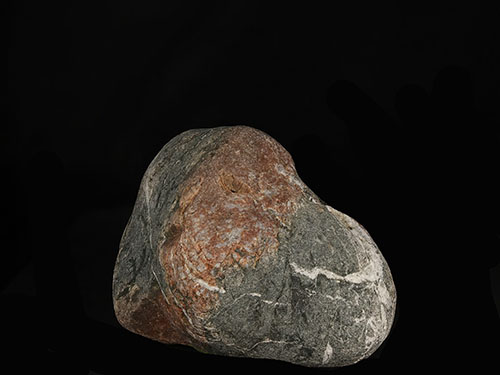 |
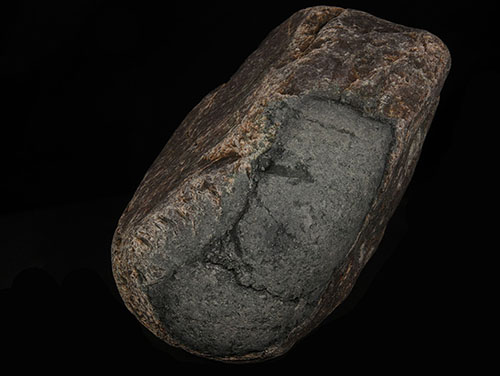 |
| Click on Image for High Resolution Version |
Click on Image for High Resolution Version |
Click on Image for High Resolution Version |
|
These three samples (above, right, and left) could be the same rock type. They were collected on different days, but they have a HUGE amount of similar characteristics. |
|
| |
|
|
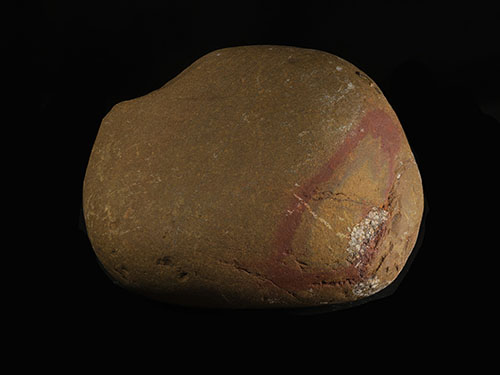 |
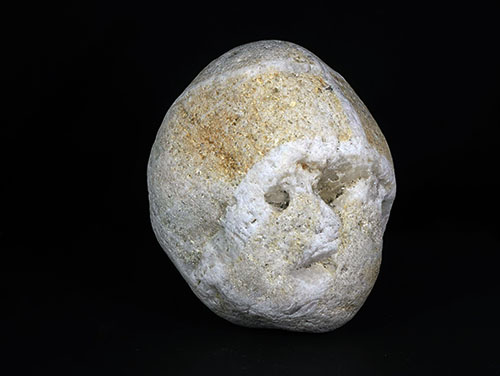 |
 |
| Click on Image for High Resolution Version |
Click on Image for High Resolution Version |
Click on Image for High Resolution Version |
| |
|
|
| |
|
|
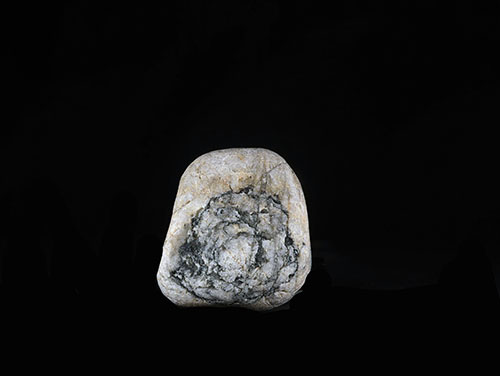 |
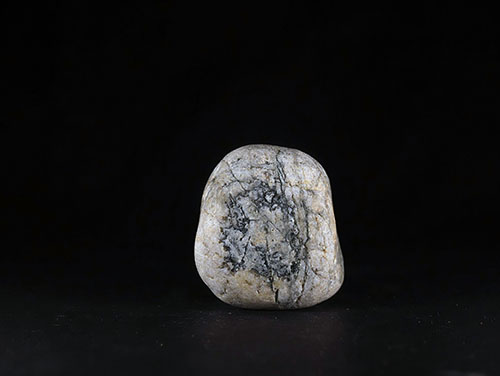 |
 |
| Click on Image for High Resolution Version |
Click on Image for High Resolution Version |
Click on Image for High Resolution Version |
I didn't know where to put this sample (above and right). I assume the outer portion is quartz, but then the interior is obviously something different. What formed first, the quartz or the cylindrical interior? |
|
|
| |
|
|
 |
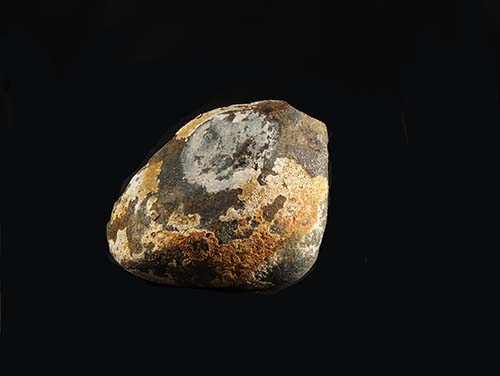 |
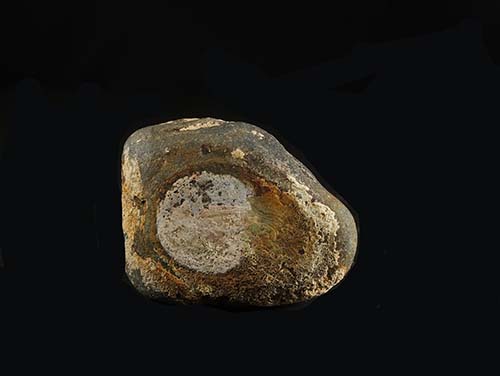 |
| Click on Image for High Resolution Version |
Click on Image for High Resolution Version |
Click on Image for High Resolution Version |
| |
A true mystery sample (above and right). I assume the rock is basalt. Covering the basalt are two different surface. They could both be bryozoans. That will remain a mystery. |
|
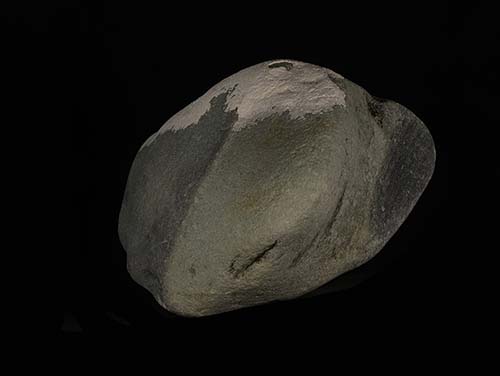 |
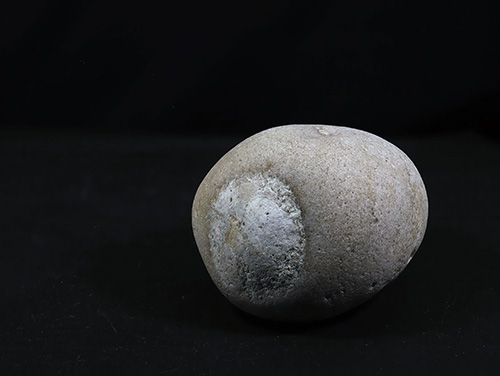 |
 |
| Click on Image for High Resolution Version |
Click on Image for High Resolution Version |
Click on Image for High Resolution Version |
| |
|
|
| |
|
|
|
|
|
|
|
|
|
|
|
| |
EXTRUSIVE WITH VEINS |
|
| |
|
|
| |
This is definitely the most common extrusive rock on Black Rock Beach. I could bring back a bag of these every visit. In most cases the vein is quartz and the rock is Basalt. |
|
| |
|
|
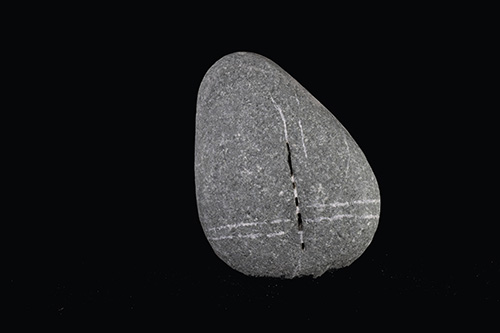 |
 |
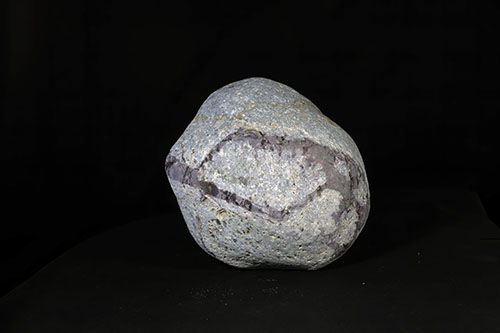 |
| Click on Image for High Resolution Version |
Click on Image for High Resolution Version |
Click on Image for High Resolution Version |
| |
|
|
| |
|
|
| |
|
|
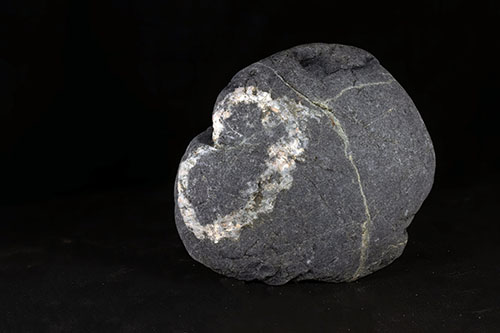 |
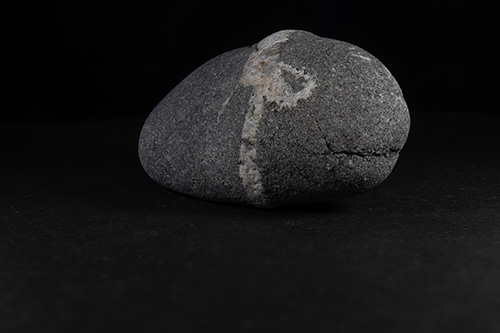 |
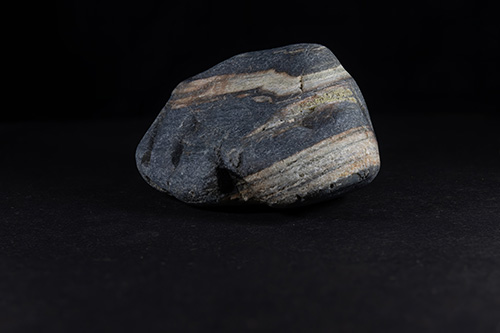 |
| Click on Image for High Resolution Version |
Click on Image for High Resolution Version |
Click on Image for High Resolution Version |
| |
|
|
| |
|
|
| |
|
|
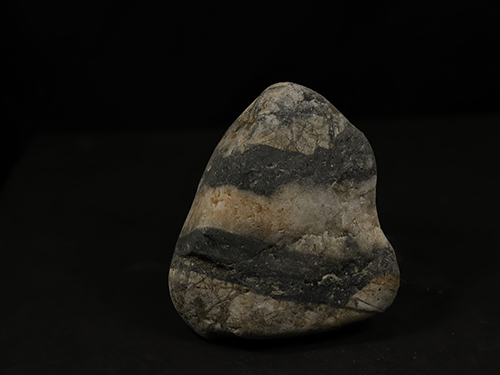 |
 |
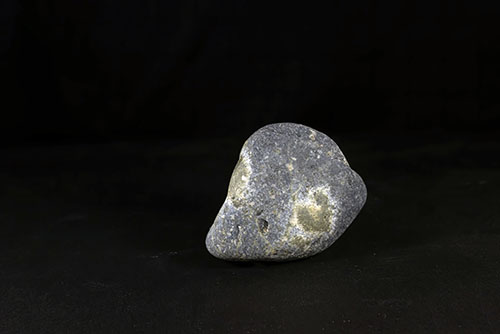 |
| Click on Image for High Resolution Version |
Click on Image for High Resolution Version |
Click on Image for High Resolution Version |
Quartz with Basalt veins? Basalt with Quartz veins? You decide. |
|
|
| |
|
|
| |
|
|
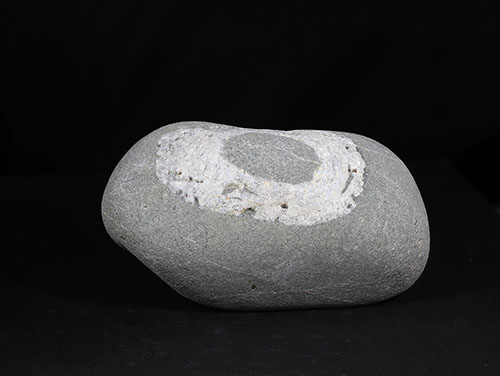 |
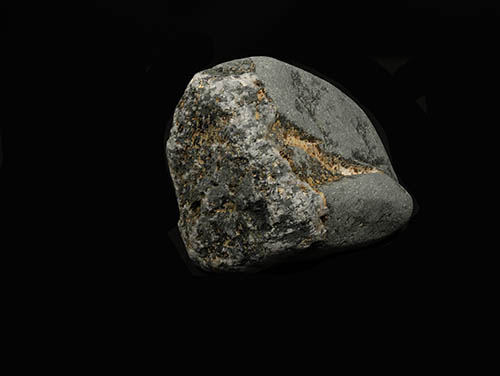 |
 |
| Click on Image for High Resolution Version |
Click on Image for High Resolution Version |
Click on Image for High Resolution Version |
| |
|
|
| |
|
|
| |
|
|
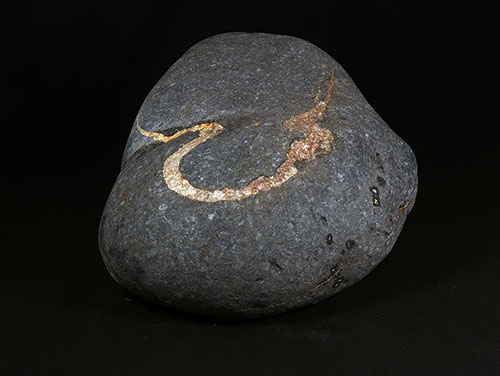 |
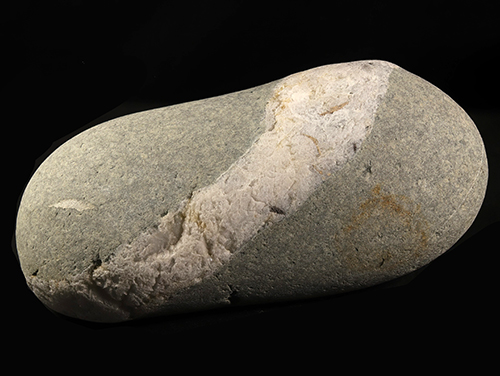 |
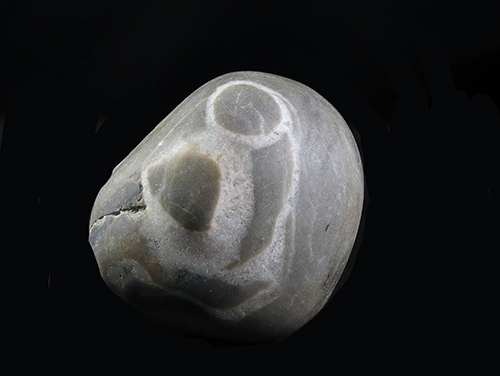 |
| Click on Image for High Resolution Version |
Click on Image for High Resolution Version |
Click on Image for High Resolution Version |
| |
|
|
| |
|
|
| |
|
|
 |
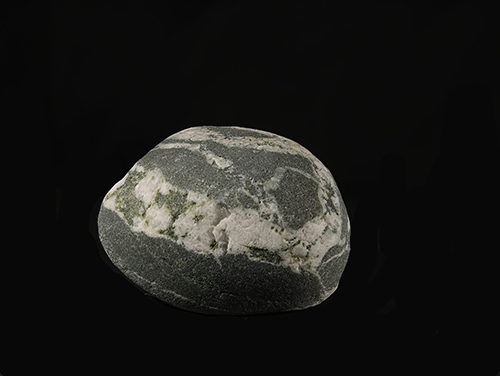 |
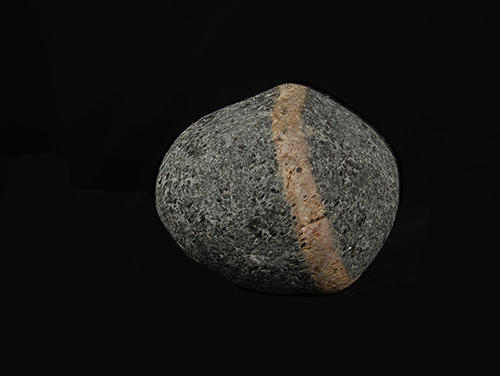 |
| Click on Image for High Resolution Version |
Click on Image for High Resolution Version |
Click on Image for High Resolution Version |
| |
|
|
| |
|
|
| |
|
|
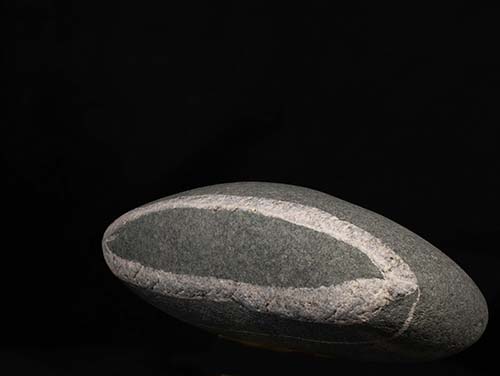 |
 |
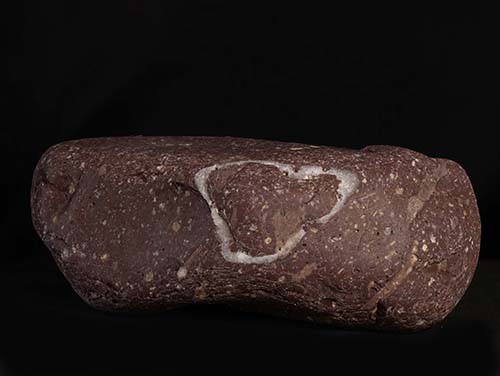 |
| Click on Image for High Resolution Version |
Click on Image for High Resolution Version |
Click on Image for High Resolution Version |
| |
|
NOTE: This sample is also the geologic definition of a porphyry! The matrix is purple. |
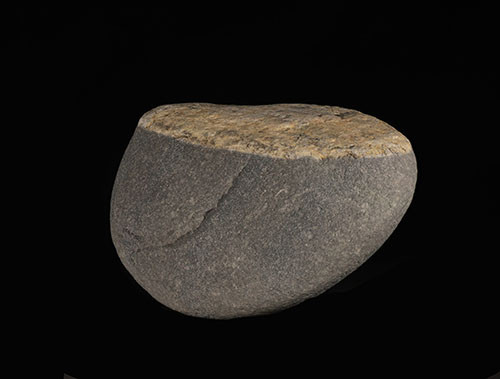 |
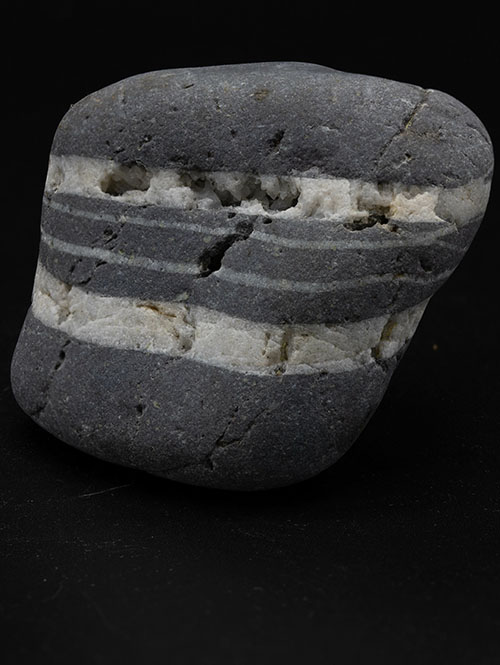 |
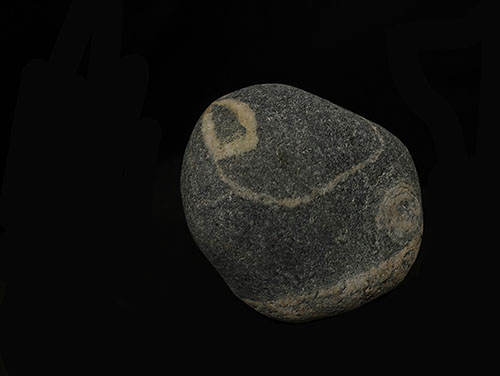 |
| Click on Image for High Resolution Version |
Click on Image for High Resolution Version |
Click on Image for High Resolution Version |
| |
|
|
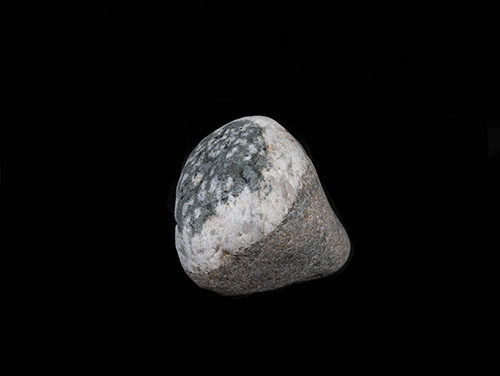 |
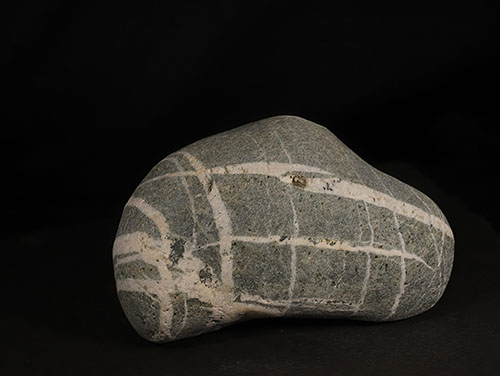 |
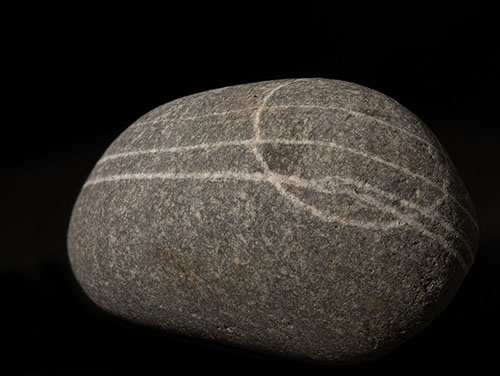 |
| Click on Image for High Resolution Version |
Click on Image for High Resolution Version |
Click on Image for High Resolution Version |
| |
|
|
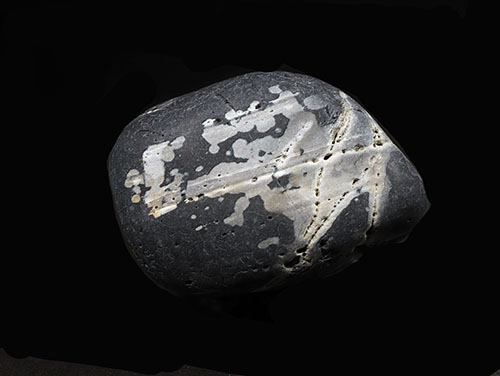 |
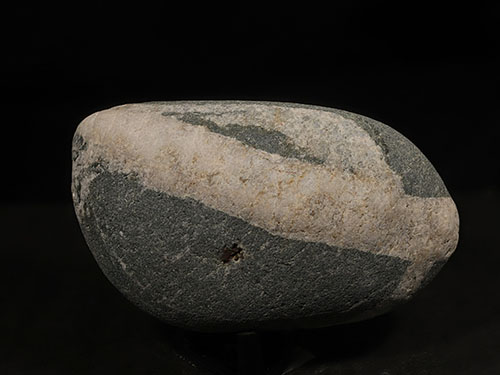 |
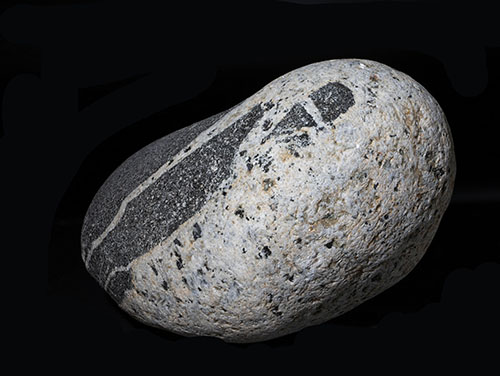 |
| Click on Image for High Resolution Version |
Click on Image for High Resolution Version |
Click on Image for High Resolution Version |
| |
|
|
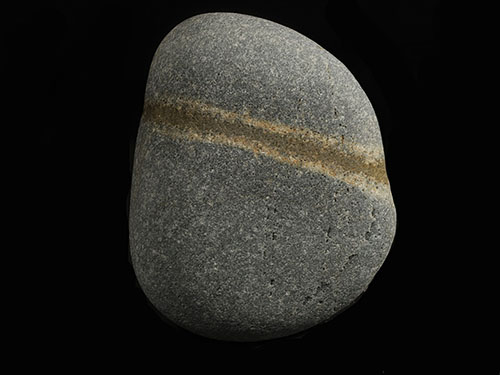 |
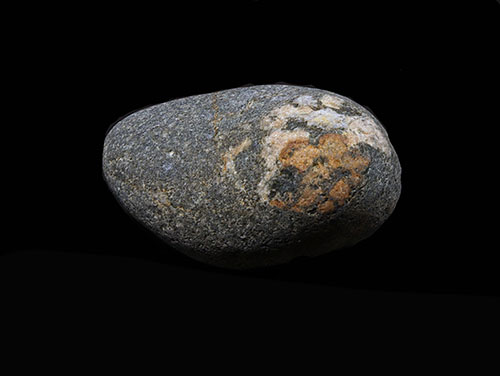 |
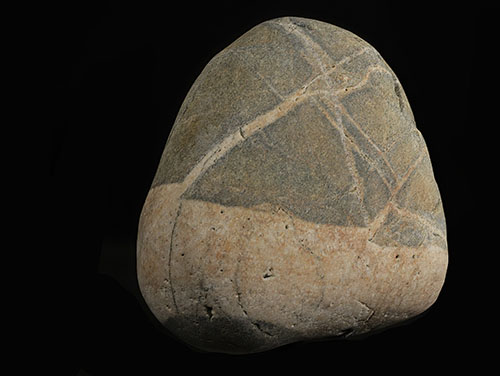 |
| Click on Image for High Resolution Version |
Click on Image for High Resolution Version |
Click on Image for High Resolution Version |
| |
|
|
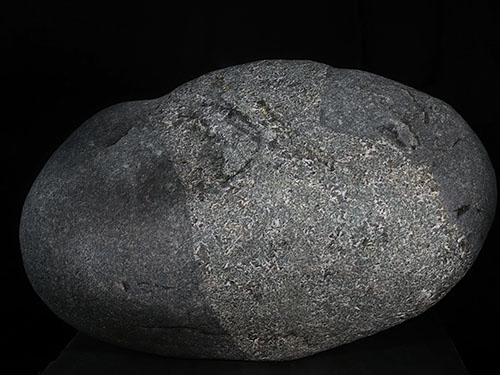 |
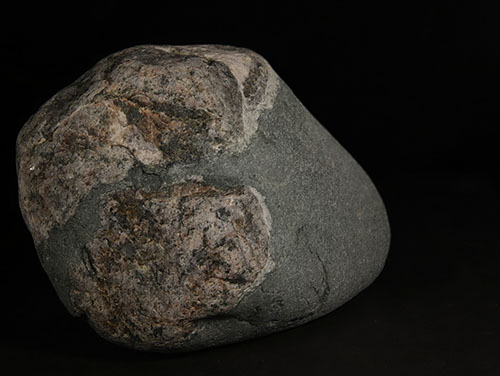 |
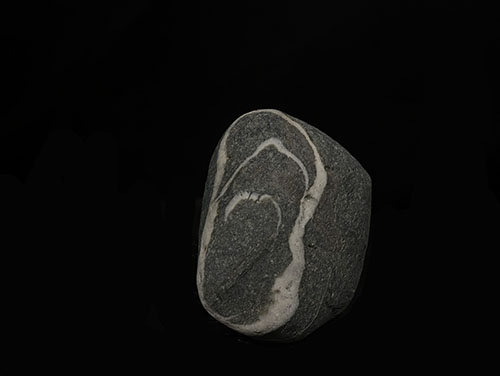 |
| Click on Image for High Resolution Version |
Click on Image for High Resolution Version |
Click on Image for High Resolution Version |
| |
|
|
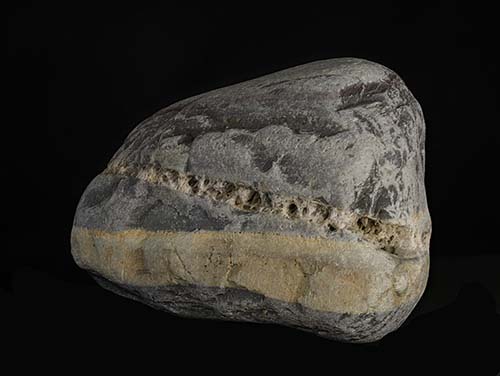 |
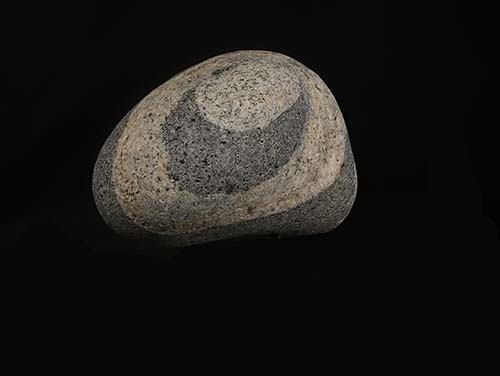 |
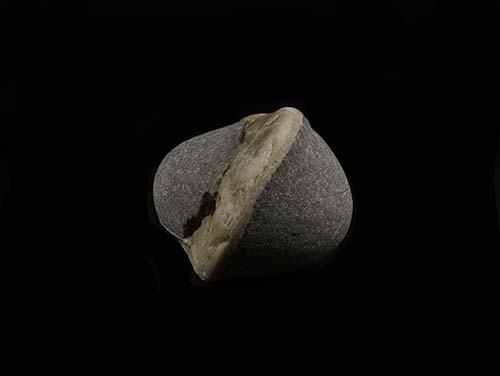 |
| Click on Image for High Resolution Version |
Click on Image for High Resolution Version |
Click on Image for High Resolution Version |
| |
|
|
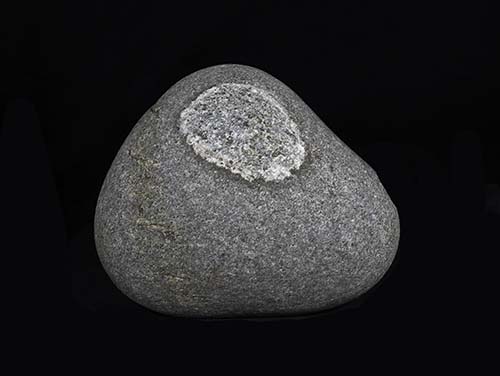 |
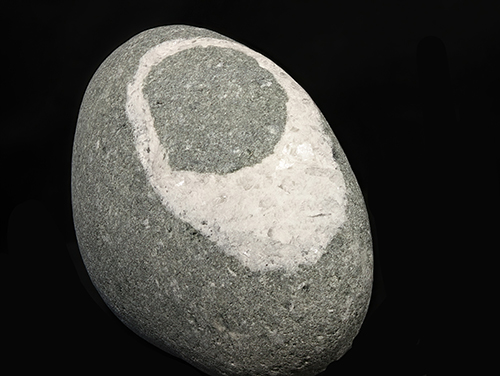 |
 |
| Click on Image for High Resolution Version |
Click on Image for High Resolution Version |
Click on Image for High Resolution Version |
| |
|
This was a mystery. I assume it is quartz with quartz veins. This was the best place to put it. |
| |
|
|
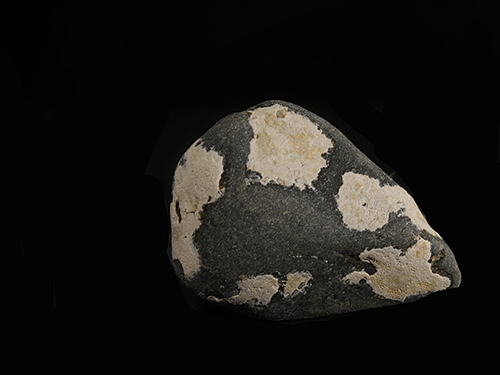 |
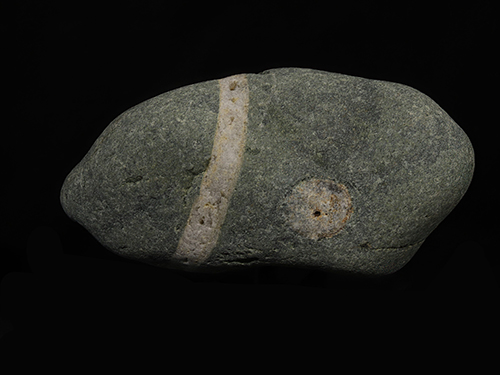 |
 |
| Click on Image for High Resolution Version |
Click on Image for High Resolution Version |
Click on Image for High Resolution Version |
I am torn as to where this sample should be located. Is the white material a vein, or is it something different? |
|
This is a great sample. Are you looking at two quartz veins? Is one on the surface of the rock and the other a dark line in the middle of the sample? |
| |
|
|
 |
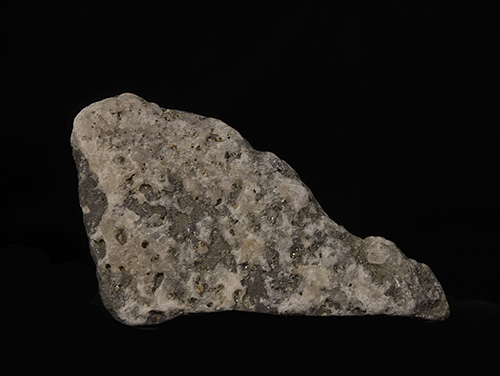 |
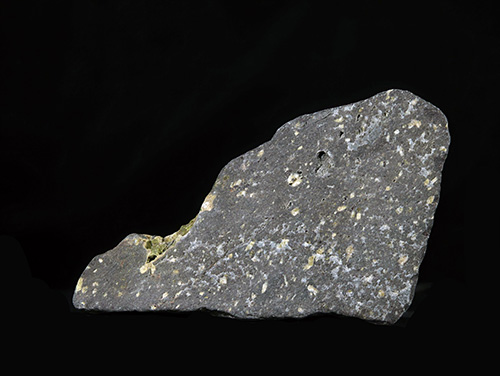 |
| Click on Image for High Resolution Version |
Click on Image for High Resolution Version |
Click on Image for High Resolution Version |
| |
I assume we are looking at a quartz vein here. This was the surface that caused me to stop and pick up th esample. Then I flipped it over (right image) and saw that looked like a porphyry! Enjoy! |
|
| |
|
|
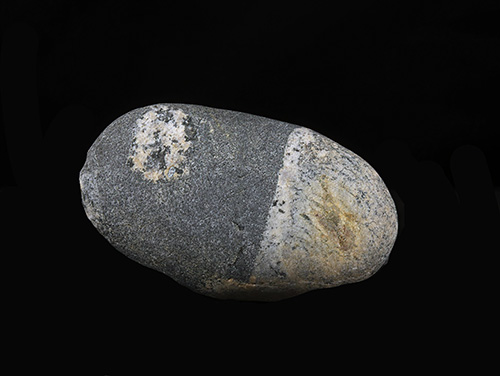 |
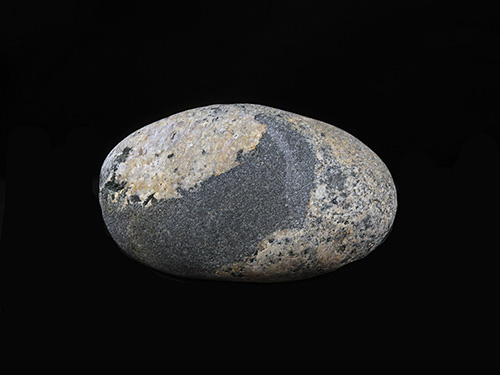 |
 |
| Click on Image for High Resolution Version |
Click on Image for High Resolution Version |
Click on Image for High Resolution Version |
I had a tough time determining where to place this sample (above and right). There are so many different igneous characteristics! |
|
|
| |
|
|
 |
 |
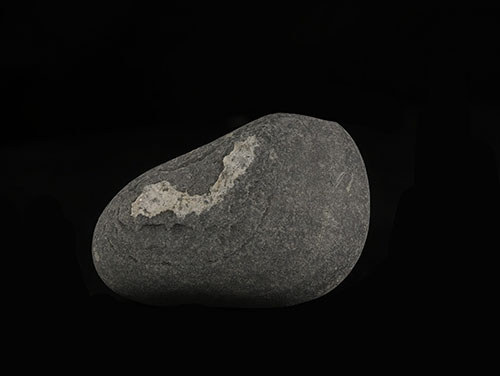 |
| Click on Image for High Resolution Version |
Click on Image for High Resolution Version |
Click on Image for High Resolution Version |
| |
|
|
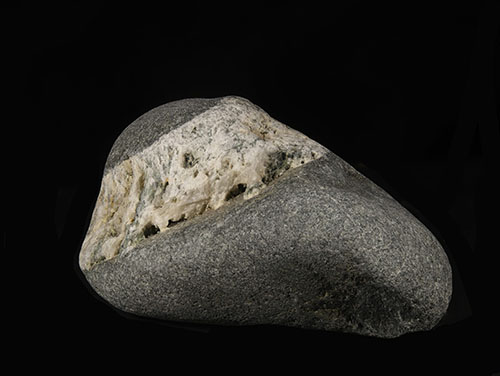 |
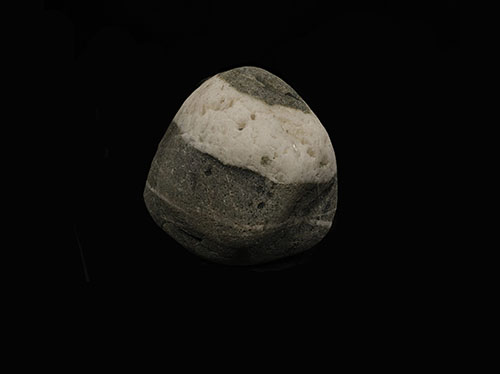 |
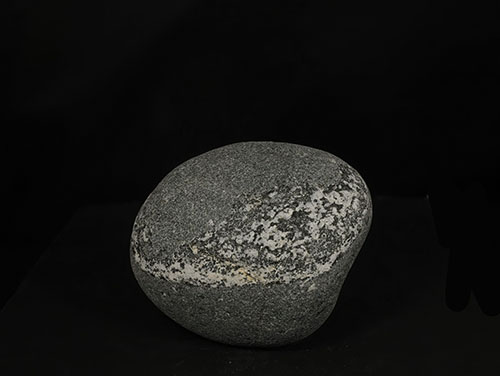 |
| |
|
|
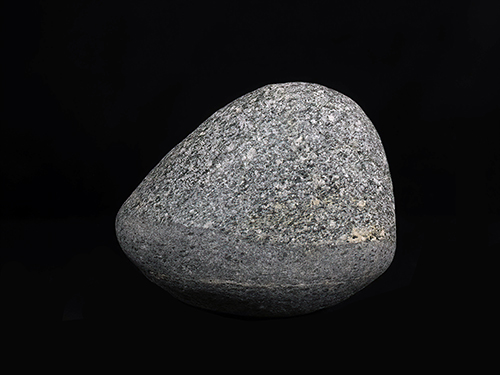 |
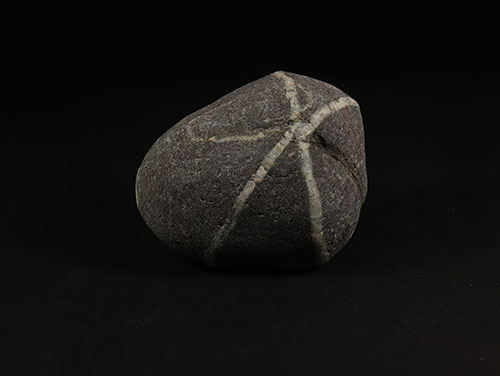 |
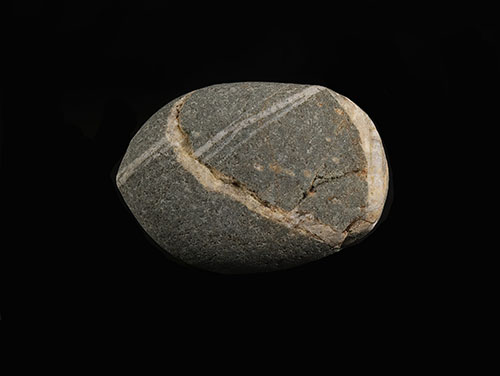 |
| Click on Image for High Resolution Version |
Click on Image for High Resolution Version |
Click on Image for High Resolution Version |
Does this sample belong here? I don't know. Are the crystals on the top of the sample large enough to make it intrusive? |
|
|
| |
|
|
| |
|
|
| |
|
|
|
|
|
|
|
|
|
|
|
| |
EXTRUSIVE PORPHYRY |
|
| |
|
|
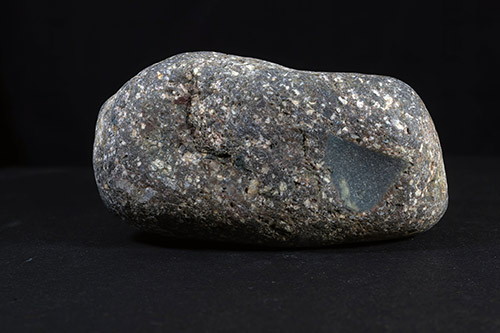 |
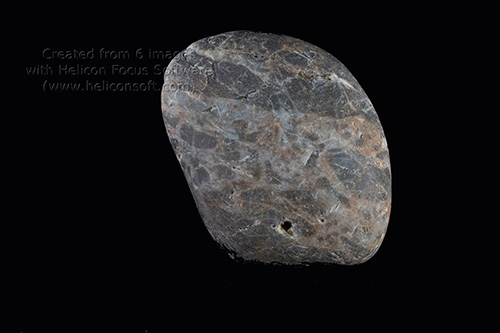 |
 |
| Click on Image for High Resolution Version |
Click on Image for High Resolution Version |
Click on Image for High Resolution Version |
| |
|
|
| |
|
|
| |
|
|
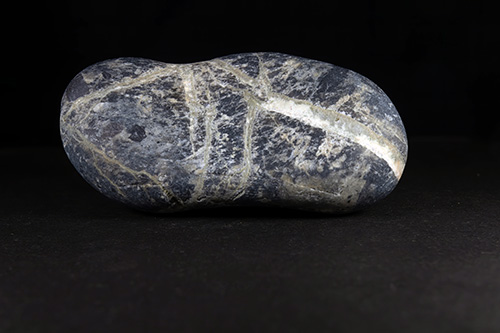 |
 |
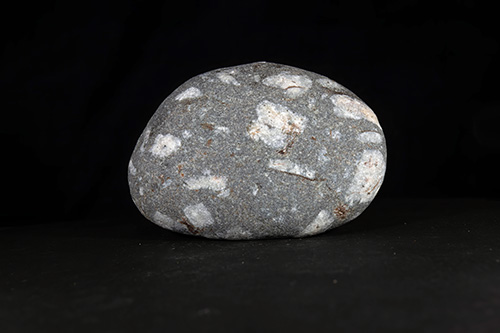 |
| Click on Image for High Resolution Version |
Click on Image for High Resolution Version |
Click on Image for High Resolution Version |
This sample is a mess! It probably is an extrusive porphyry instead of a breccia. Then there are all of those quartz veins! |
|
|
| |
|
|
| |
|
|
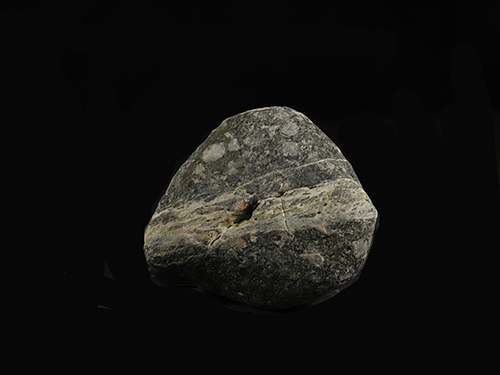 |
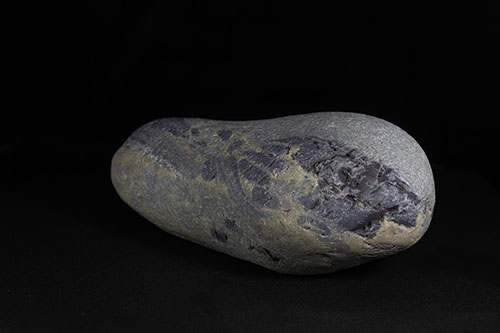 |
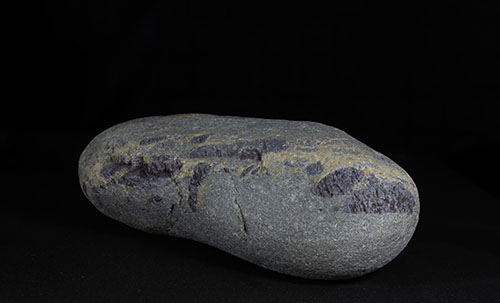 |
| Click on Image for High Resolution Version |
Click on Image for High Resolution Version |
Click on Image for High Resolution Version |
| |
I was really torn by this sample (above and above right). How did the inclusions get there?
|
|
| |
|
|
| |
|
|
 |
 |
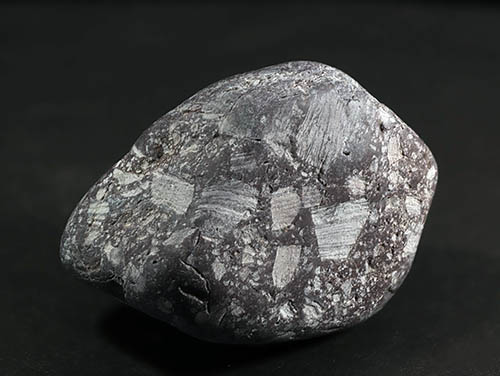 |
| Click on Image for High Resolution Version |
Click on Image for High Resolution Version |
Click on Image for High Resolution Version |
| |
|
|
| |
|
|
| |
|
|
 |
 |
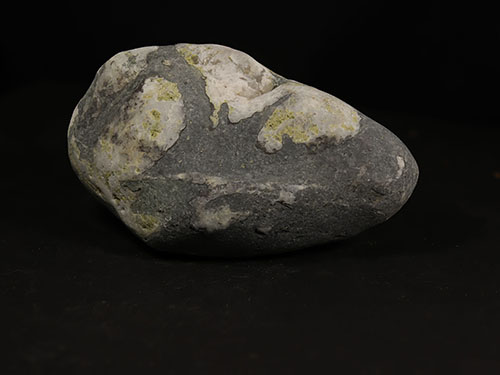 |
| Click on Image for High Resolution Version |
Click on Image for High Resolution Version |
Click on Image for High Resolution Version |
| |
|
|
| |
|
|
| |
|
|
| |
|
|
 |
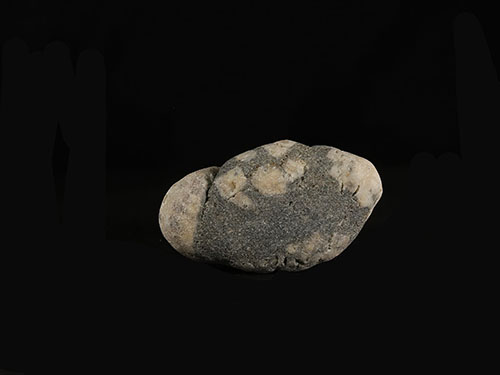 |
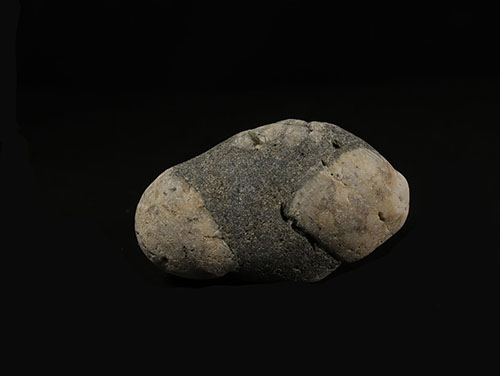 |
| Click on Image for High Resolution Version |
Click on Image for High Resolution Version |
Click on Image for High Resolution Version |
| |
This was a tough call. The Basalt Porphyry (above and right) is very confusing. YES! They are the same sample, but it was different distances from the camera. I called it a "porphyry" instead of a breccia/conglomerate because all of the fragments appered to be the same material. I could be wrong. |
|
| |
|
|
| |
|
|
 |
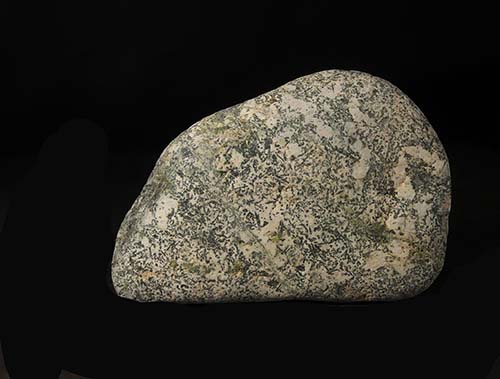 |
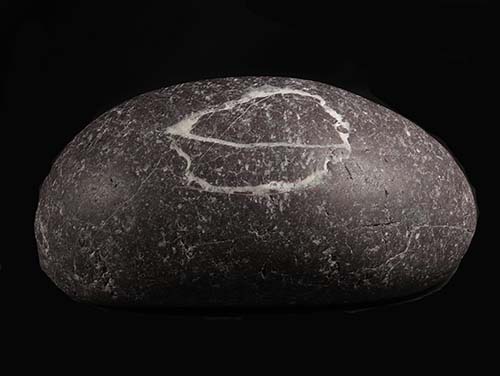 |
| Click on Image for High Resolution Version |
Click on Image for High Resolution Version |
Click on Image for High Resolution Version |
| |
|
|
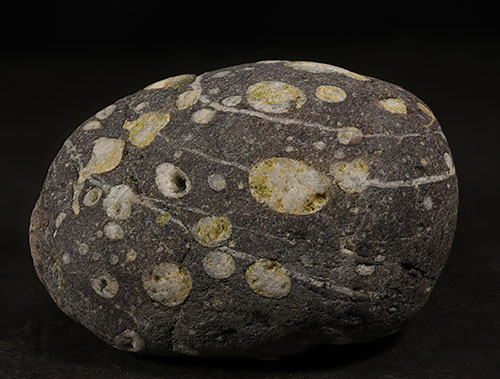 |
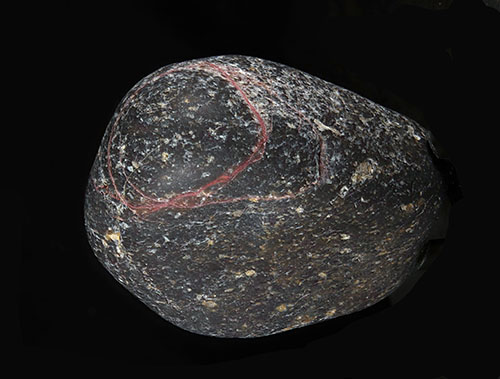 |
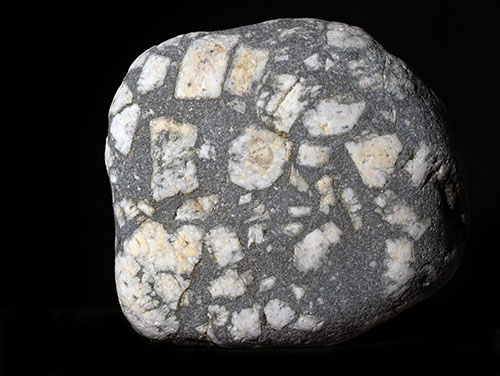 |
| Click on Image for High Resolution Version |
Click on Image for High Resolution Version |
Click on Image for High Resolution Version |
| |
|
|
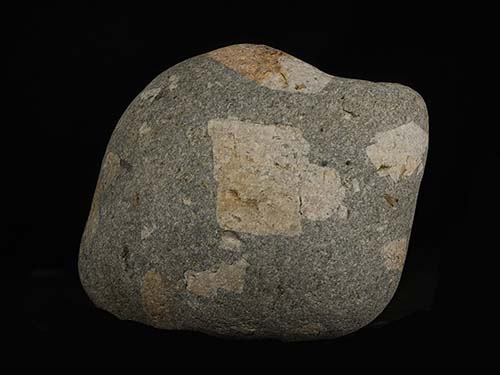 |
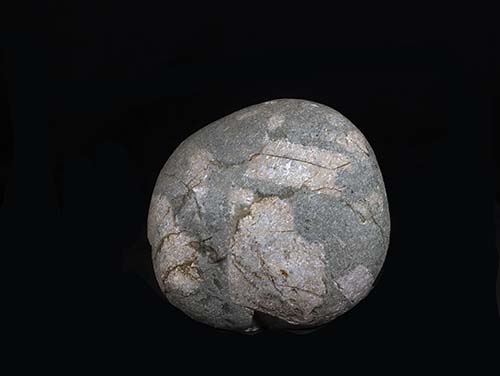 |
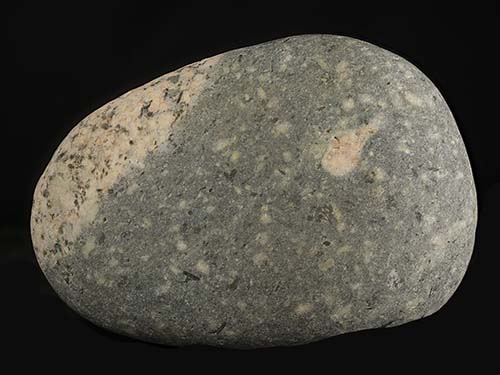 |
| Click on Image for High Resolution Version |
Click on Image for High Resolution Version |
Click on Image for High Resolution Version |
| |
|
|
| |
|
|
| |
|
|
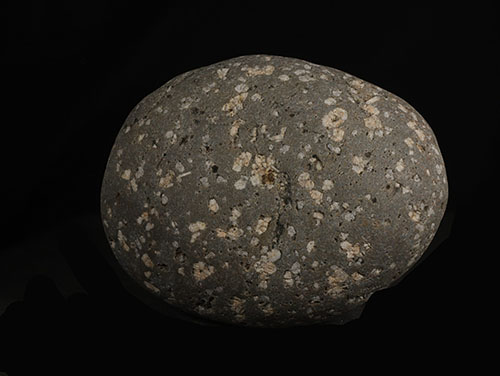 |
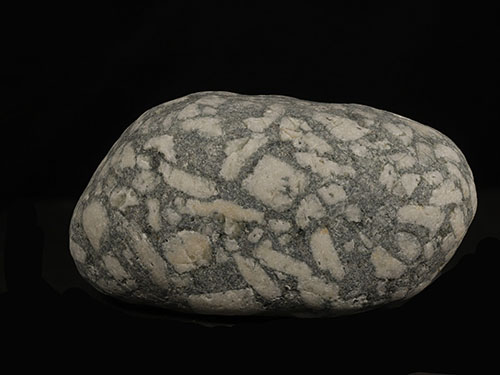 |
 |
| Click on Image for High Resolution Version |
Click on Image for High Resolution Version |
Click on Image for High Resolution Version |
| |
|
|
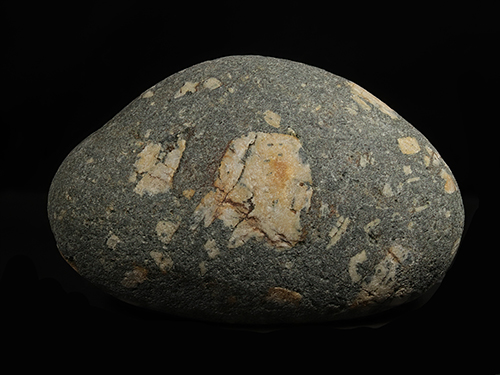 |
 |
 |
| Click on Image for High Resolution Version |
Click on Image for High Resolution Version |
Click on Image for High Resolution Version |
| |
|
|
 |
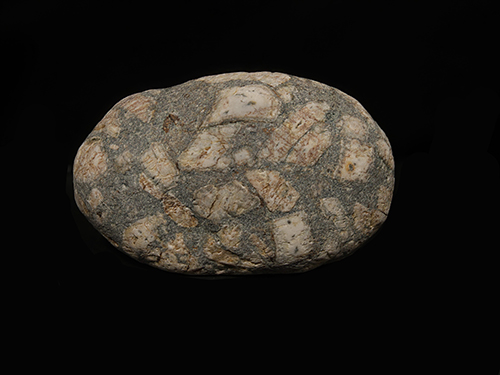 |
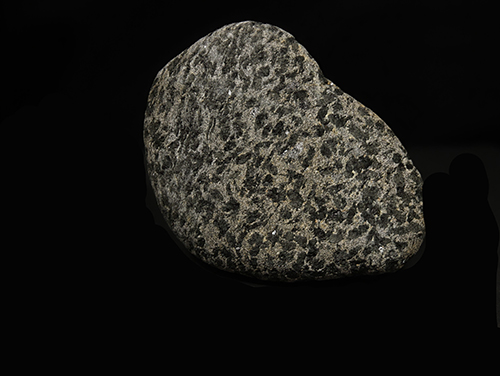 |
| Click on Image for High Resolution Version |
Click on Image for High Resolution Version |
Click on Image for High Resolution Version |
| |
|
|
| |
|
|
 |
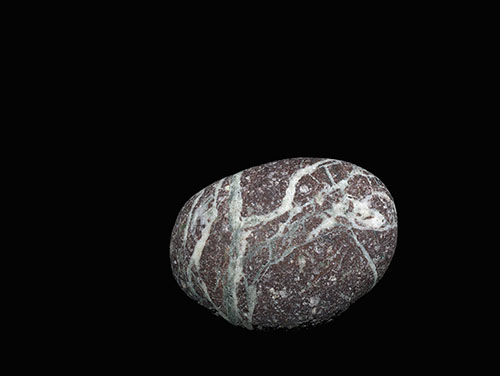 |
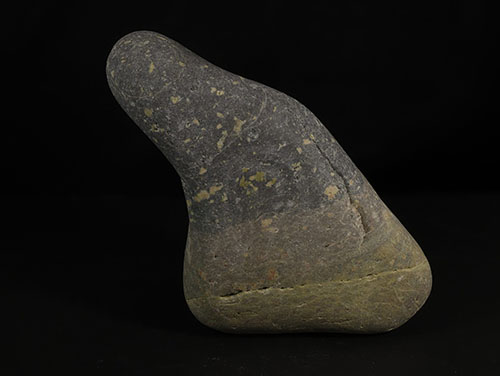 |
| Click on Image for High Resolution Version |
Click on Image for High Resolution Version |
Click on Image for High Resolution Version |
| |
|
|
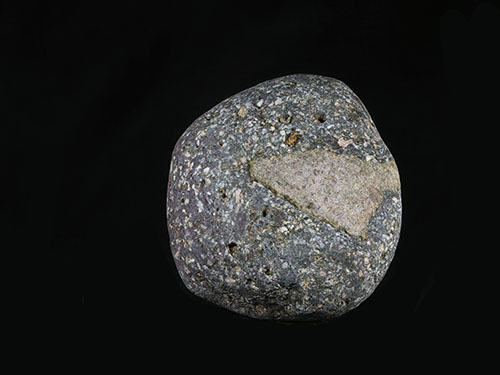 |
 |
 |
| Click on Image for High Resolution Version |
Click on Image for High Resolution Version |
Click on Image for High Resolution Version |
| |
Two views (above and right) of the same sample. |
|
| |
|
|
 |
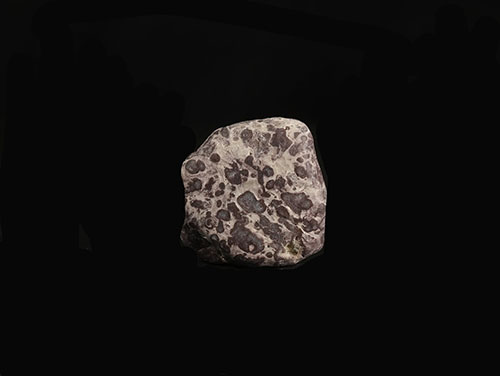 |
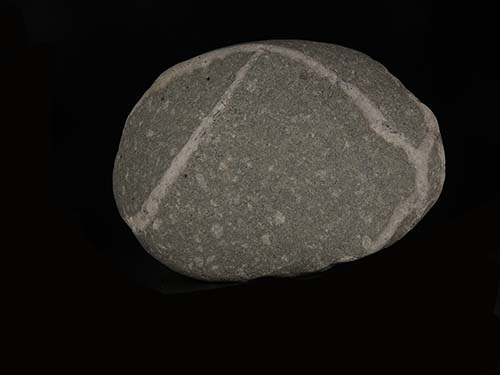 |
| Click on Image for High Resolution Version |
Click on Image for High Resolution Version |
Click on Image for High Resolution Version |
| |
The second sample of this type of porphyry! |
|
| |
|
|
|
|
|
|
|
|
|
|
|
| |
|
|
| |
|
|
| |
|
|
|
|
|
| |
|
|
| |
Metamorphic rocks are definitely the most difficult to understand, and identify. They are created by some combination of heat and pressure that changes the original rock. The original rock can be igneous, sedimentary, or metamorphic! The amount of change can range from slight to massive! |
|
| |
|
|
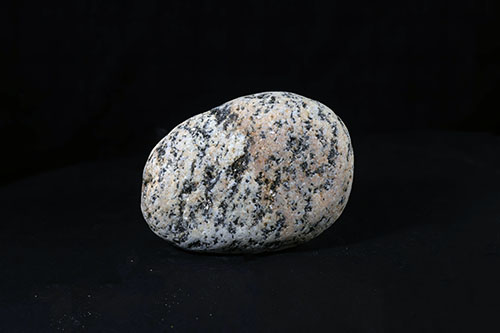 |
|
|
| Click on Image for High Resolution Version |
Click on Image for High Resolution Version |
Click on Image for High Resolution Version |
| |
|
|
| |
|
|
| |
|
|
 |
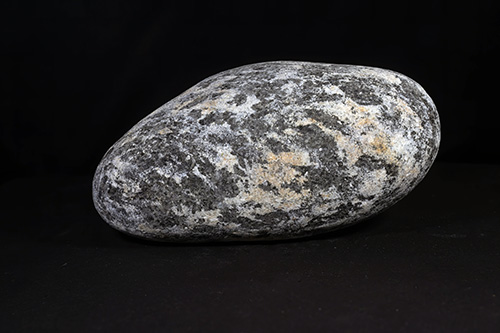 |
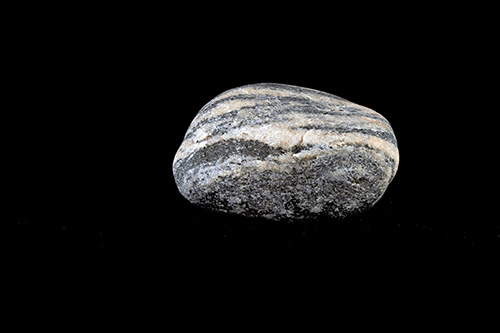 |
| Click on Image for High Resolution Version |
Click on Image for High Resolution Version |
Click on Image for High Resolution Version |
| |
|
|
| |
|
|
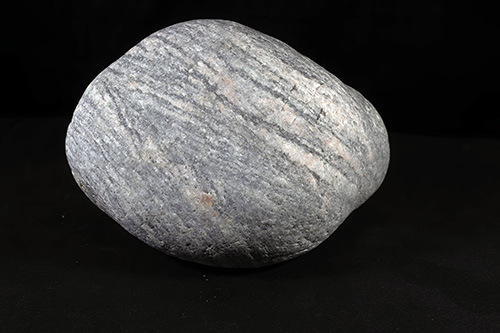 |
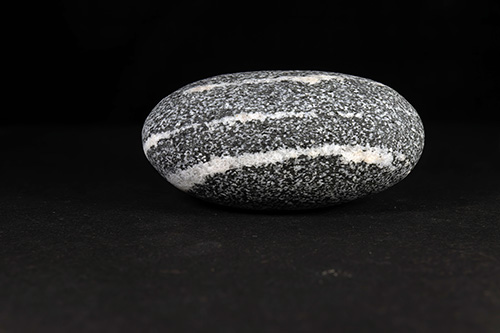 |
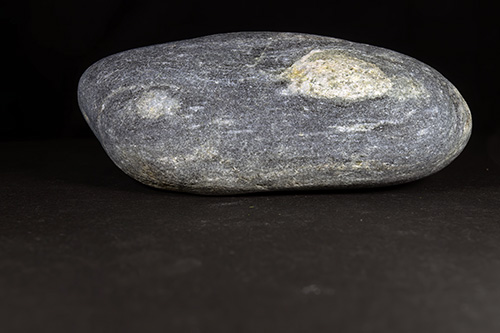 |
| Click on Image for High Resolution Version |
Click on Image for High Resolution Version |
Click on Image for High Resolution Version |
| |
|
|
| |
|
|
| |
|
|
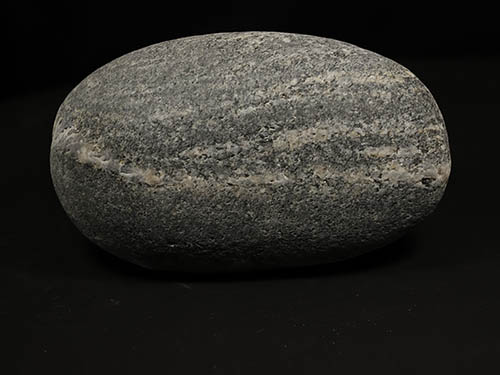 |
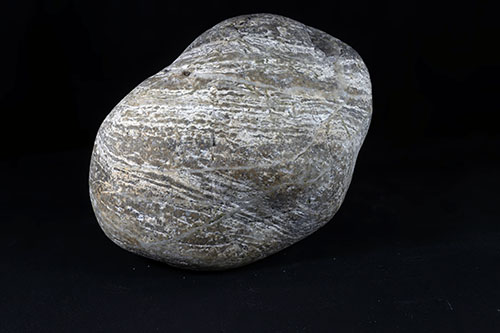 |
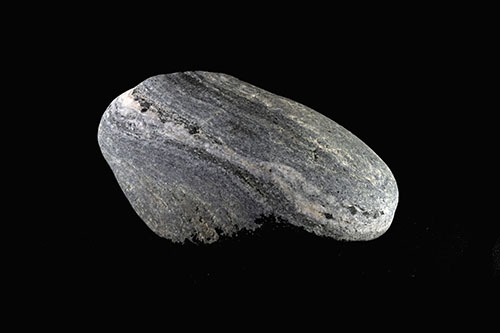 |
| Click on Image for High Resolution Version |
Click on Image for High Resolution Version |
Click on Image for High Resolution Version |
| |
I am really confused with this one. Could it be sedimentray? It looks really altered, so I am calling it metamorphic. |
|
| |
|
|
| |
|
|
 |
 |
 |
| Click on Image for High Resolution Version |
Click on Image for High Resolution Version |
Click on Image for High Resolution Version |
| |
|
|
| |
|
|
| |
|
|
 |
 |
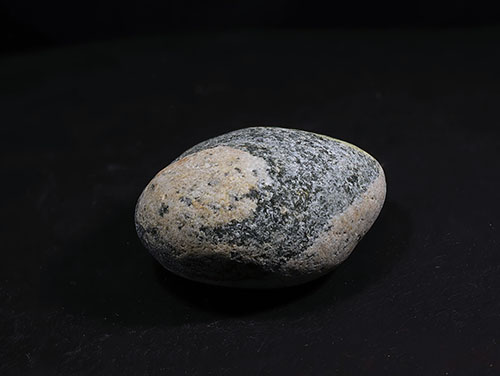 |
| Click on Image for High Resolution Version |
Click on Image for High Resolution Version |
Click on Image for High Resolution Version |
| |
|
|
| |
|
|
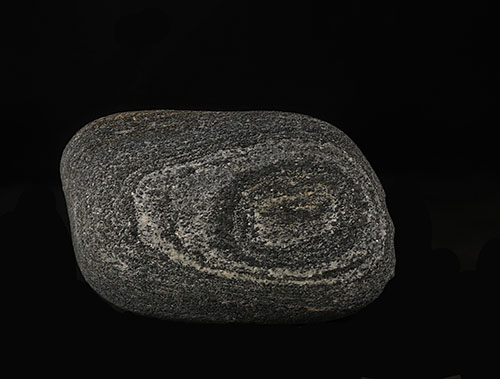 |
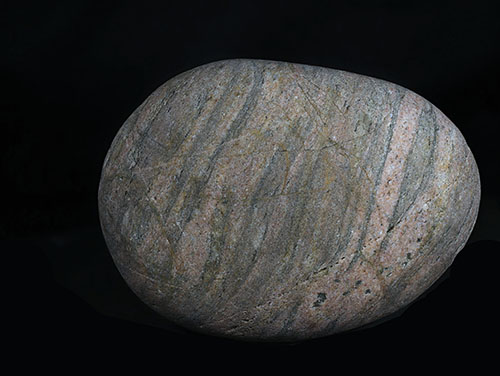 |
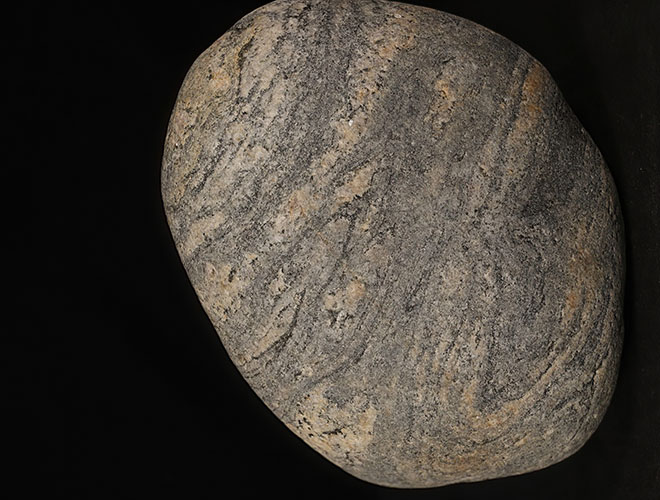 |
| Click on Image for High Resolution Version |
Click on Image for High Resolution Version |
Click on Image for High Resolution Version |
| |
|
|
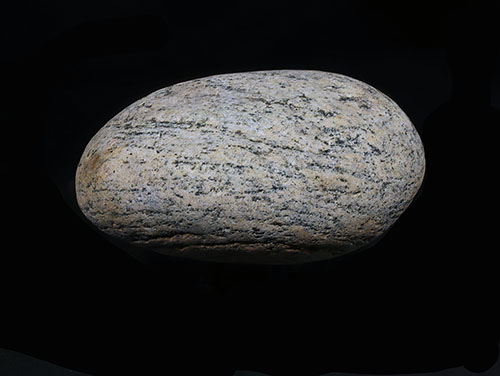 |
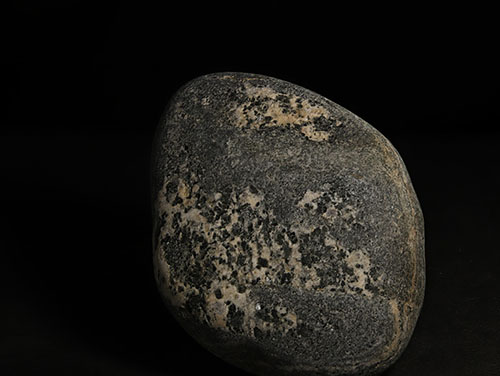 |
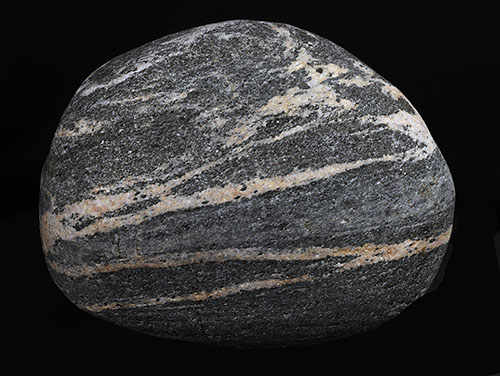 |
| Click on Image for High Resolution Version |
Click on Image for High Resolution Version |
Click on Image for High Resolution Version |
| |
|
|
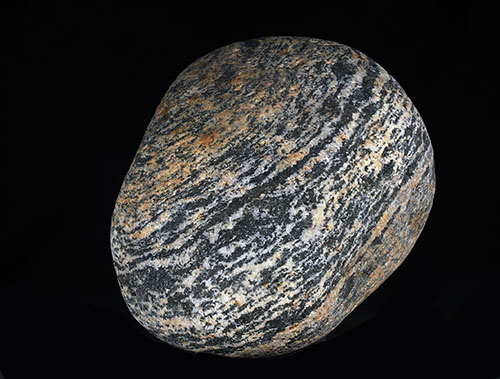 |
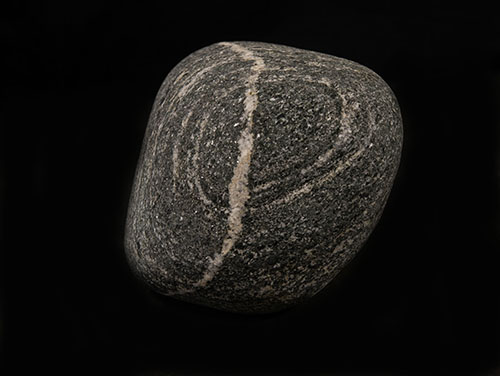 |
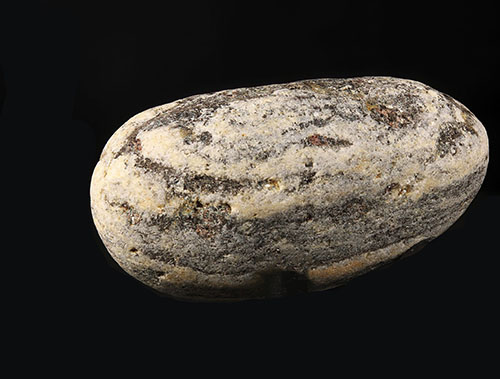 |
| Click on Image for High Resolution Version |
Click on Image for High Resolution Version |
Click on Image for High Resolution Version |
| |
|
|
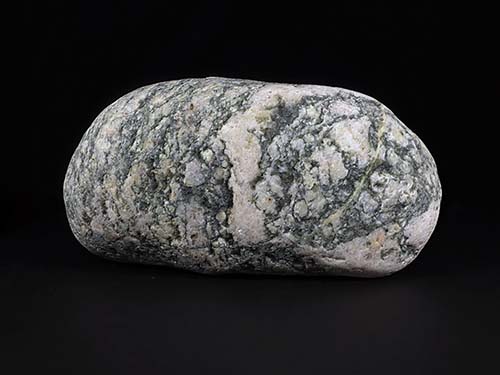 |
 |
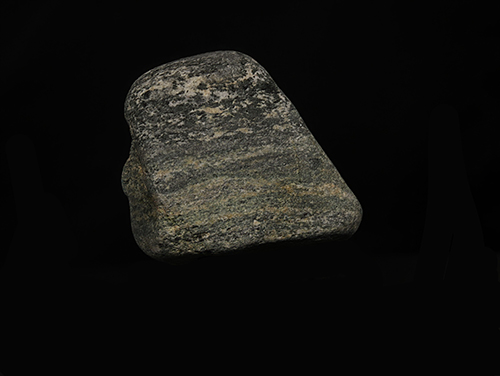 |
| Click on Image for High Resolution Version |
Click on Image for High Resolution Version |
Click on Image for High Resolution Version |
| |
|
|
 |
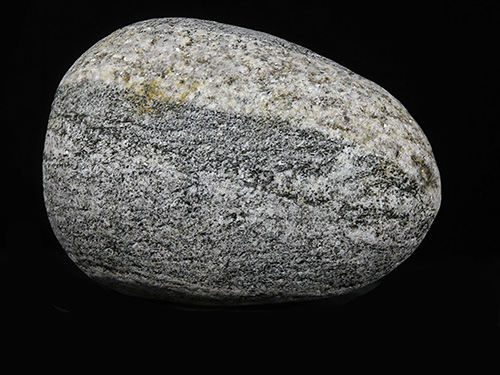 |
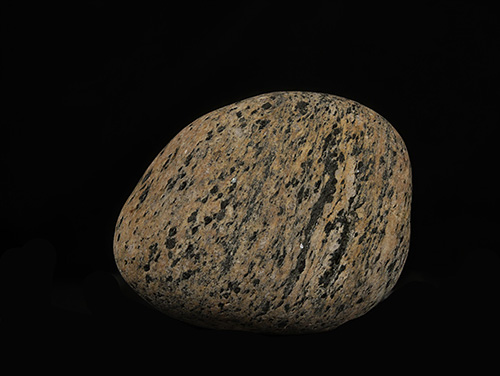 |
| Click on Image for High Resolution Version |
Click on Image for High Resolution Version |
Click on Image for High Resolution Version |
| |
|
|
| |
|
|
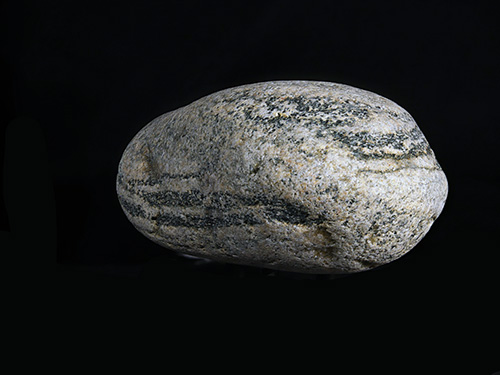 |
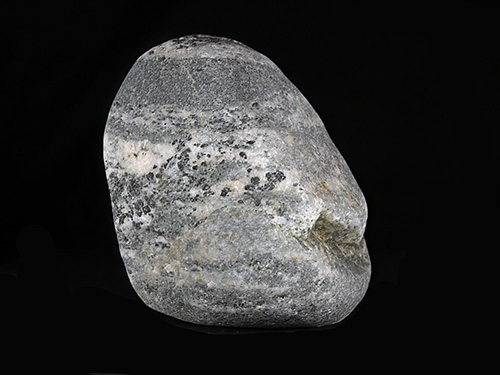 |
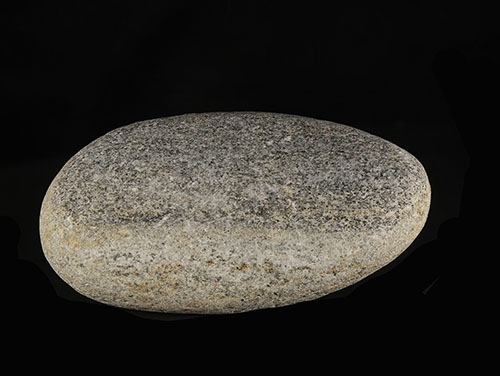 |
| Click on Image for High Resolution Version |
Click on Image for High Resolution Version |
Click on Image for High Resolution Version |
This is a very complicated sample. I assume the rook is gneiss. Sometime after the metamorphic rock was formed, a fault occured. |
|
|
| |
|
|
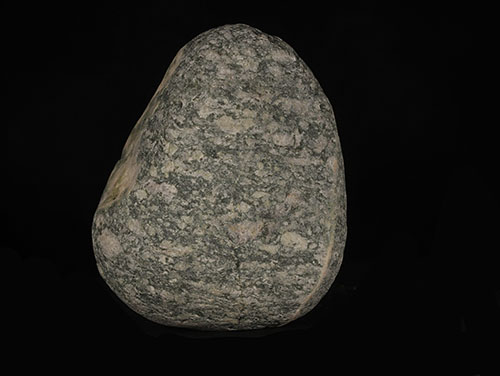 |
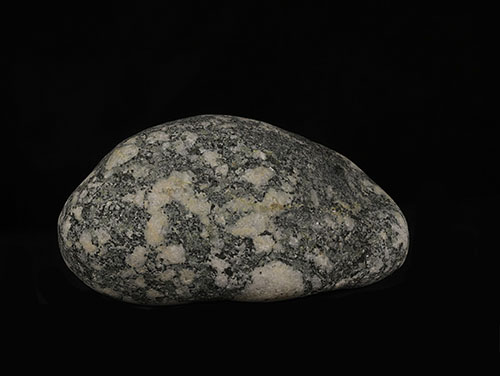 |
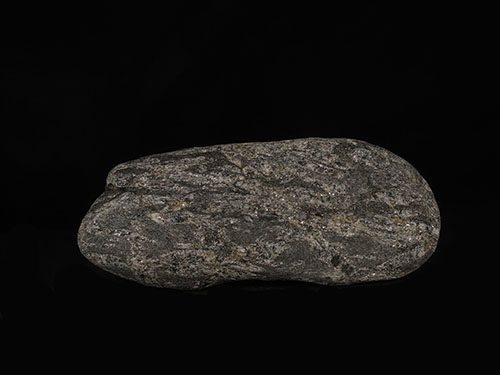 |
| Click on Image for High Resolution Version |
Click on Image for High Resolution Version |
Click on Image for High Resolution Version |
| |
|
|
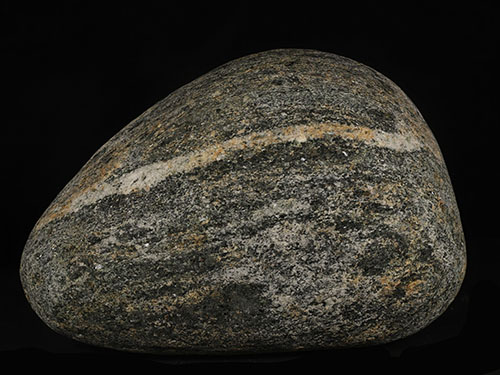 |
 |
 |
| Click on Image for High Resolution Version |
Click on Image for High Resolution Version |
Click on Image for High Resolution Version |
| |
|
This one is a total mystery. When I first picked it up I thought it was sedimentary. But the surface actually has a sheen to it that makes me think it is some form of metamorphic rock. |
| |
|
|
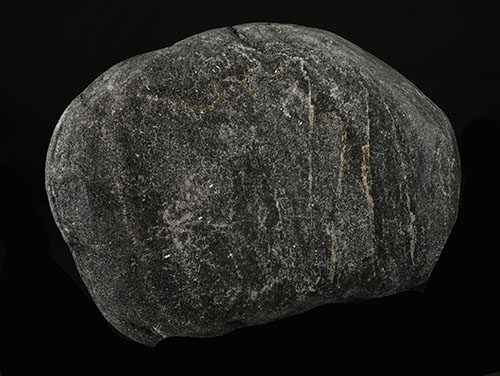 |
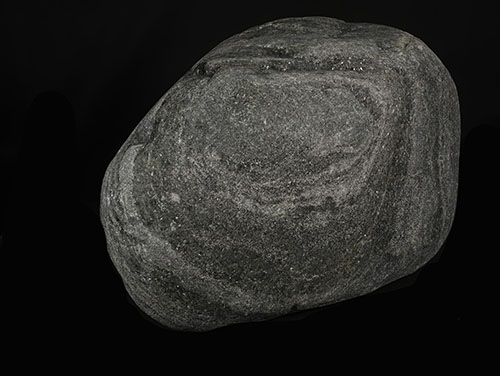 |
 |
| Click on Image for High Resolution Version |
Click on Image for High Resolution Version |
Click on Image for High Resolution Version |
| |
I couldn't do this sample its true image. It sparkles! I tried my best to bring out the highlights. I assume this (above and left) is a biotite schist. |
|
| |
|
|
 |
 |
 |
| Click on Image for High Resolution Version |
Click on Image for High Resolution Version |
Click on Image for High Resolution Version |
| |
|
|
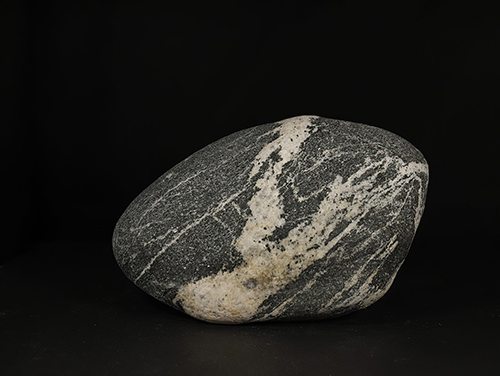 |
 |
 |
| Click on Image for High Resolution Version |
Click on Image for High Resolution Version |
Click on Image for High Resolution Version |
| |
|
|
 |
 |
|
| |
|
|
| |
|
|
| |
|
|
| |
|
|
| |
|
|
|
|
|
| |
|
|
|
|
|
| |
|
|
| |
|
|
| |
|
|
| |
|
|
| |
|
|
| |
|
|
| |
|
|
| |
|
|
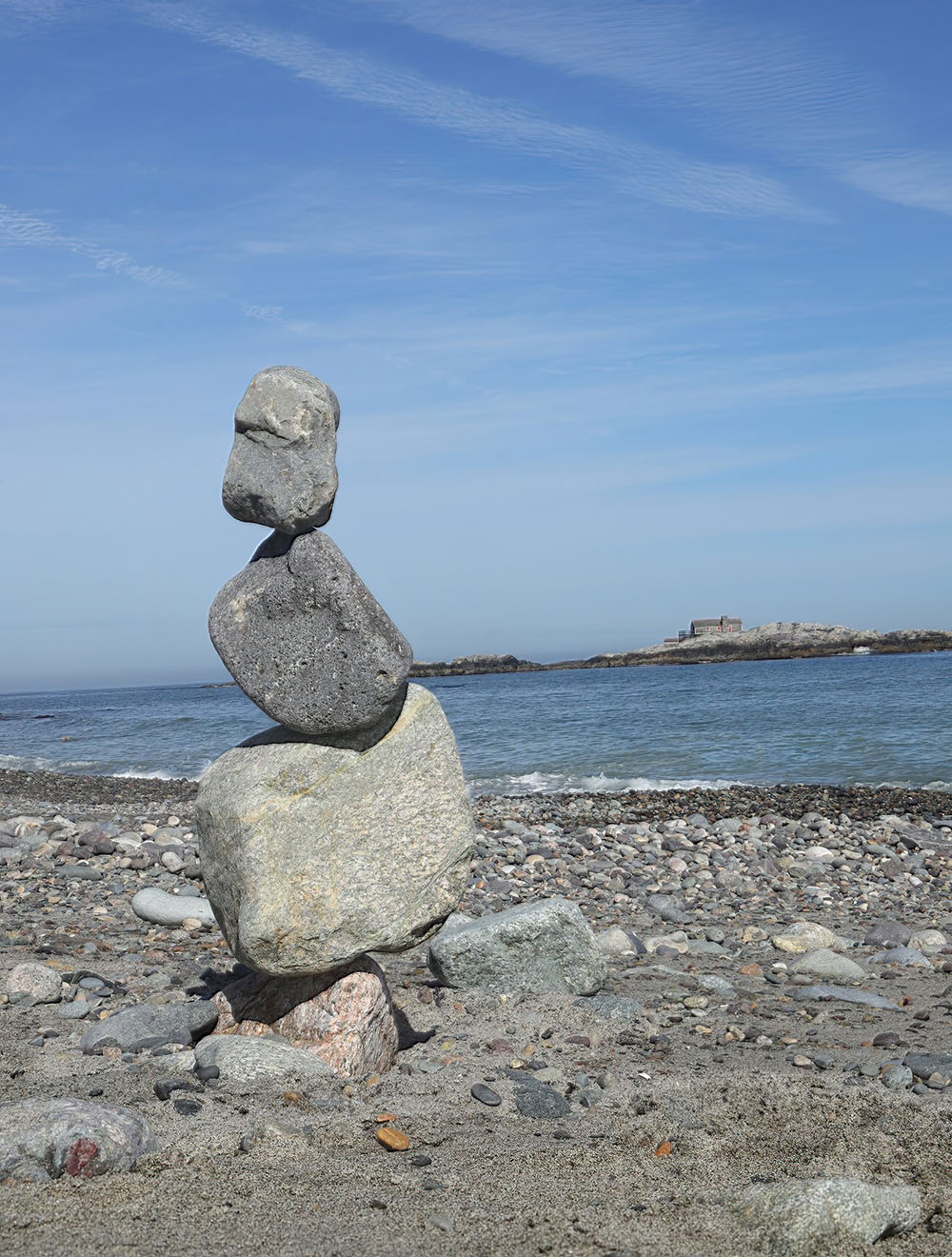





























































































































































































































































































































500.jpg)























































































































































































































































































